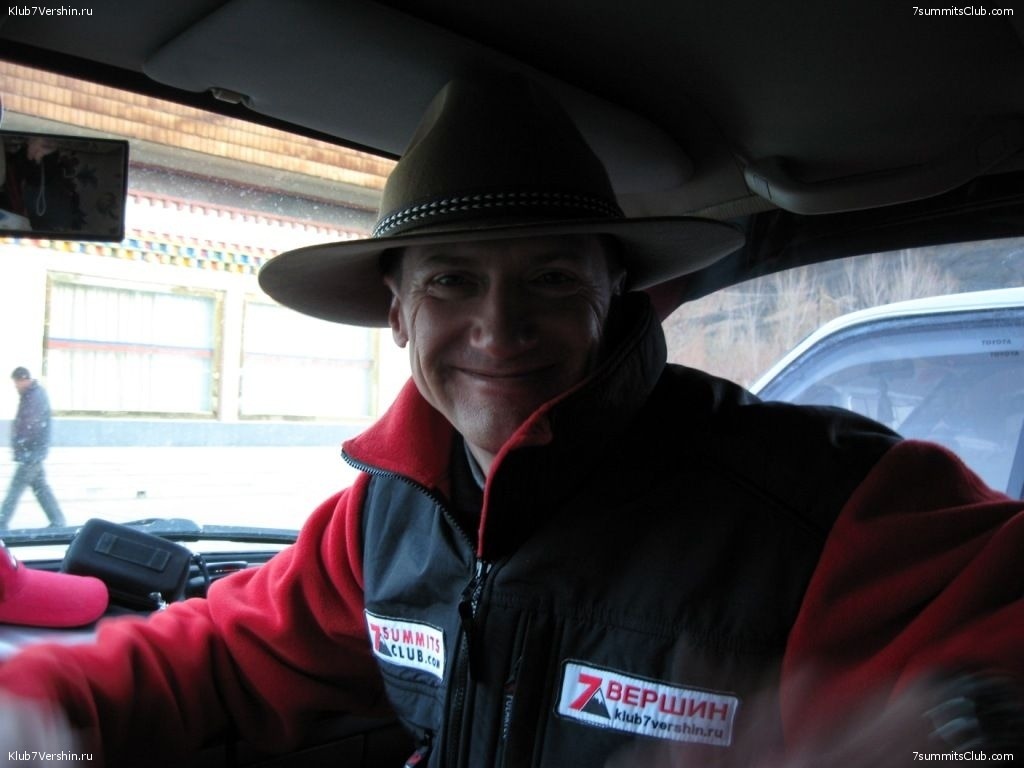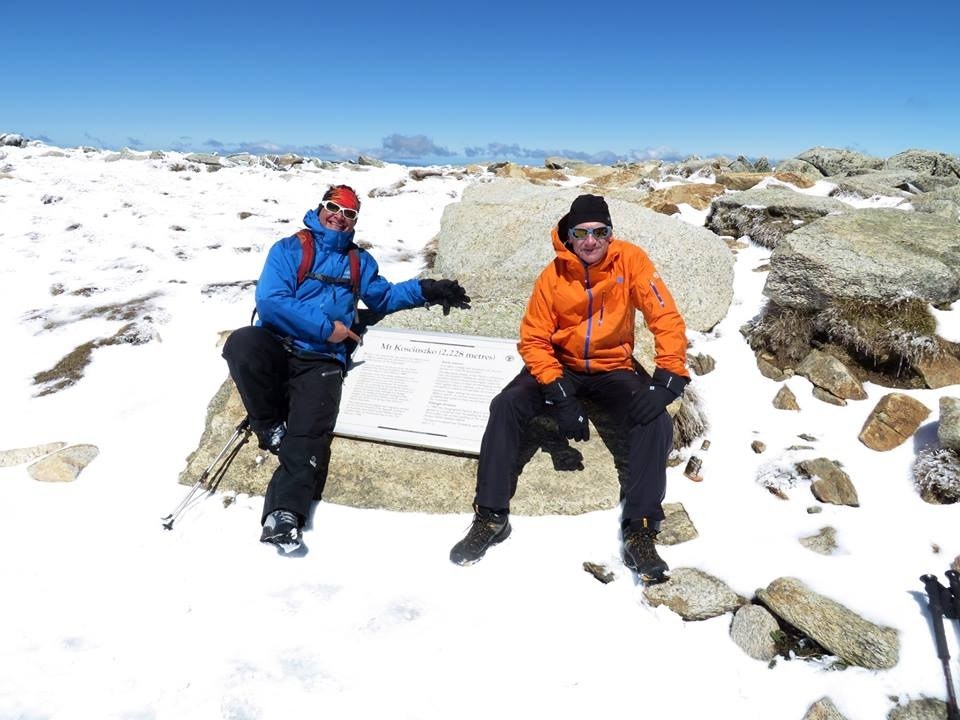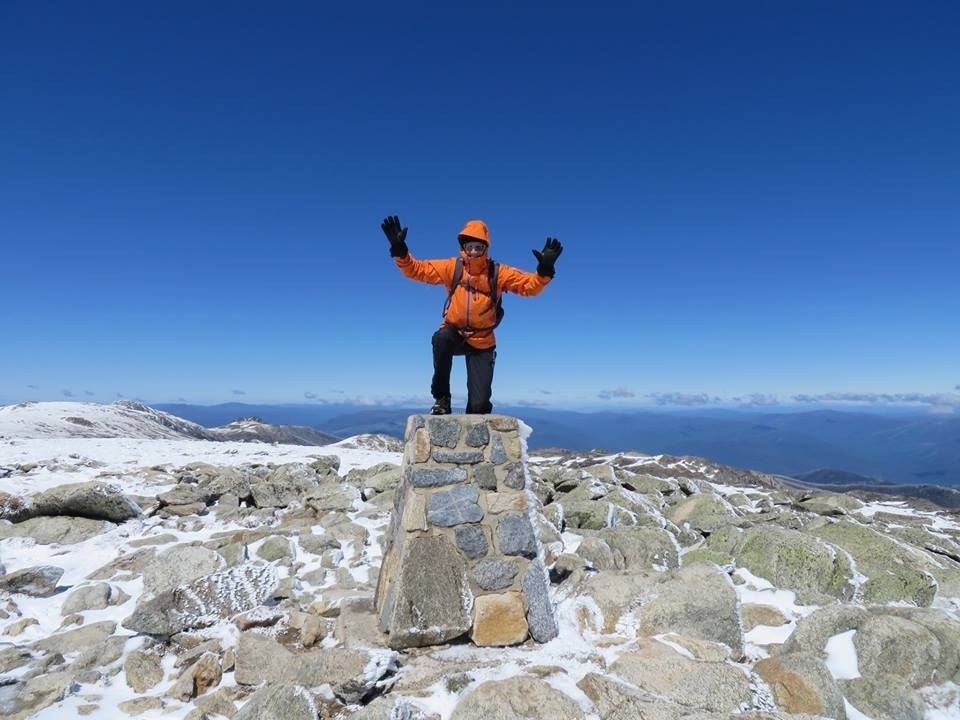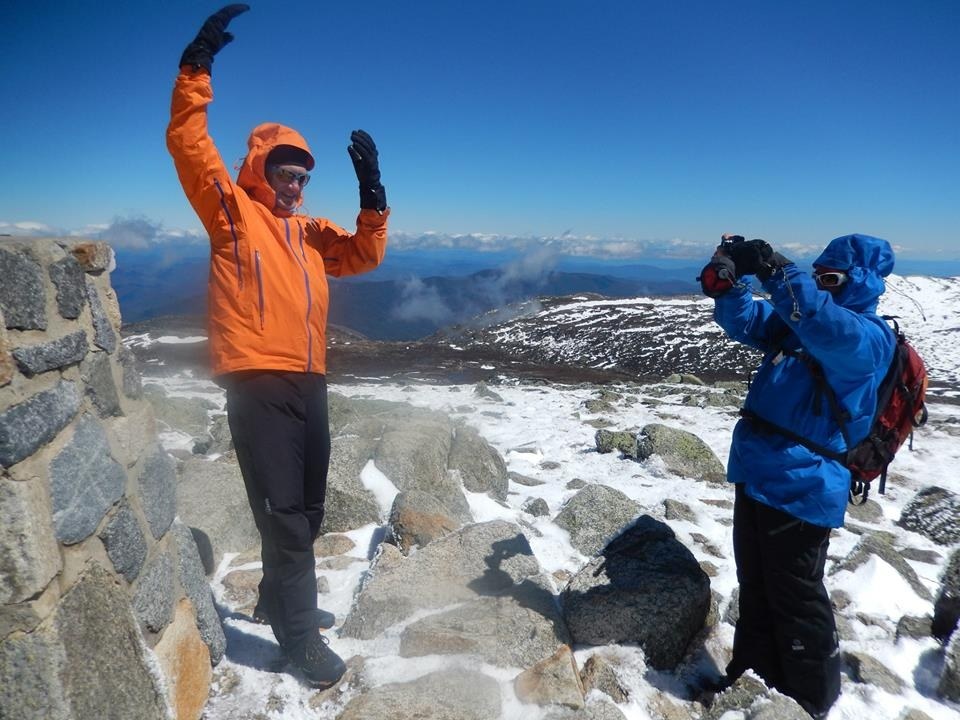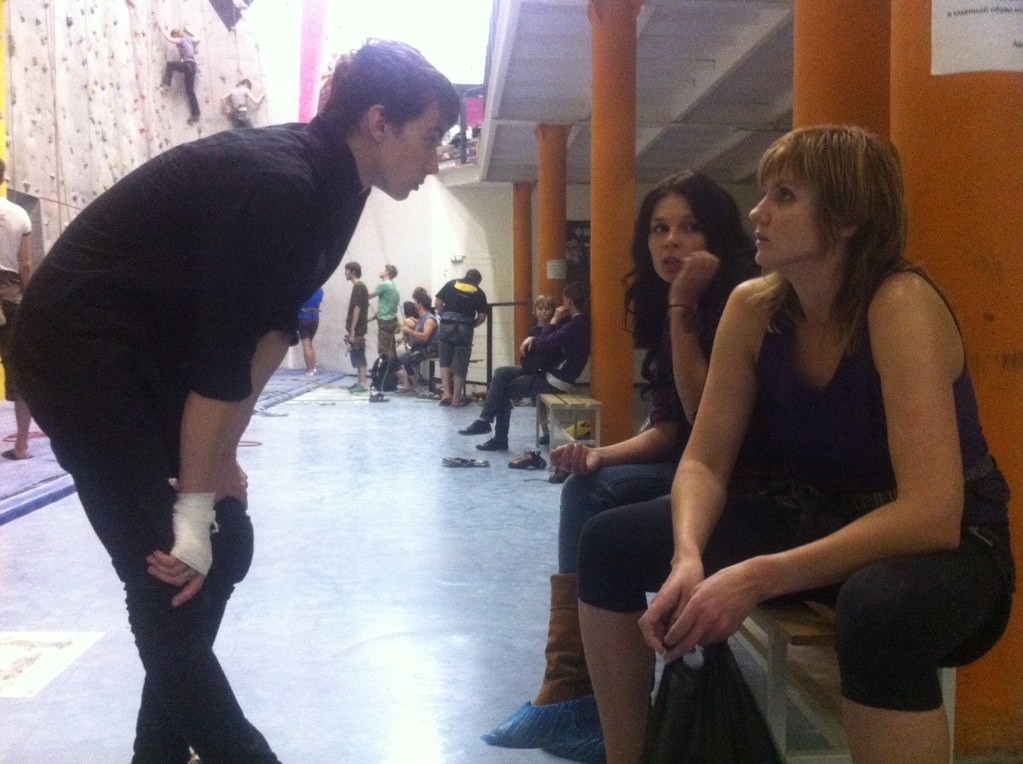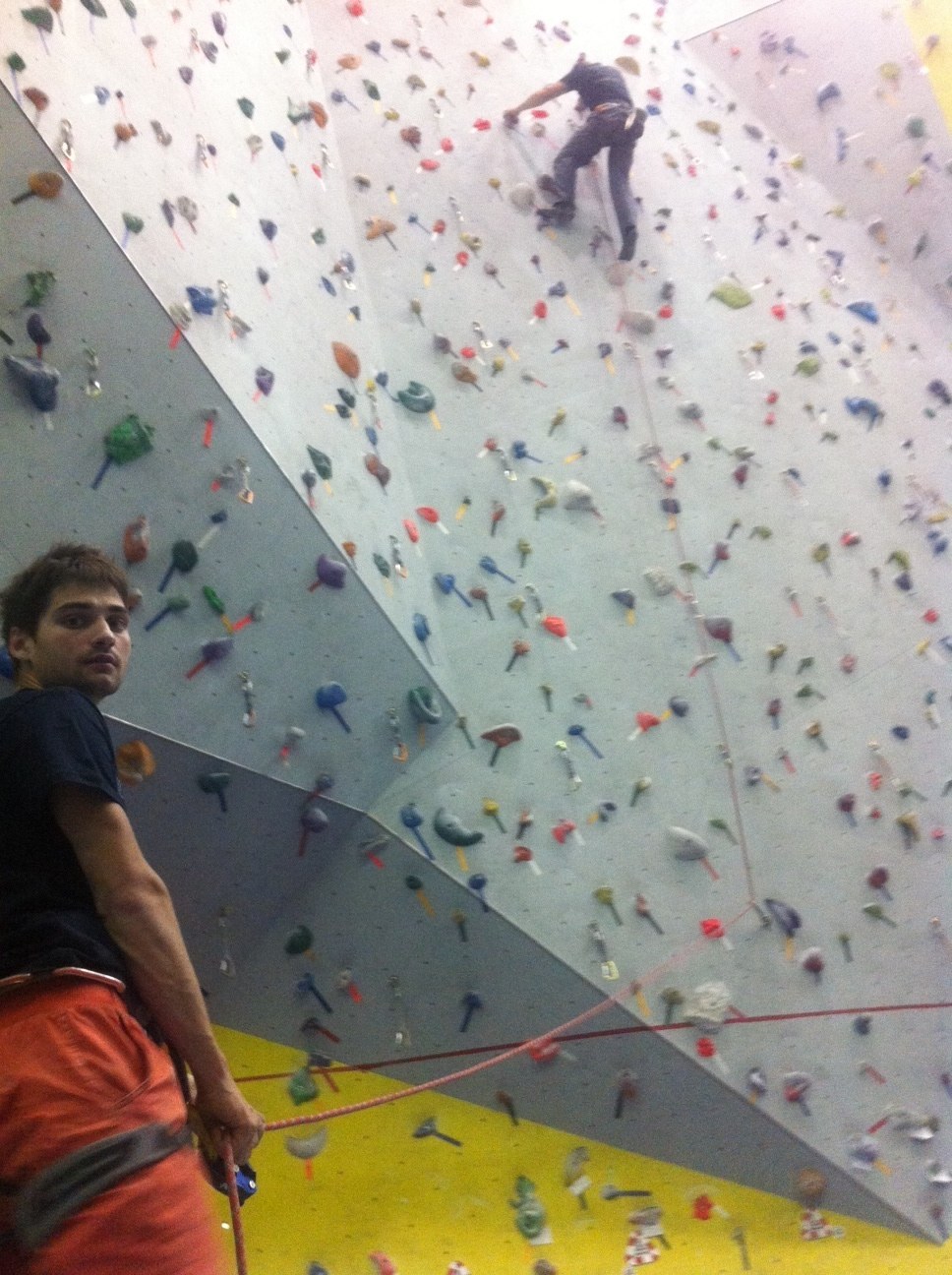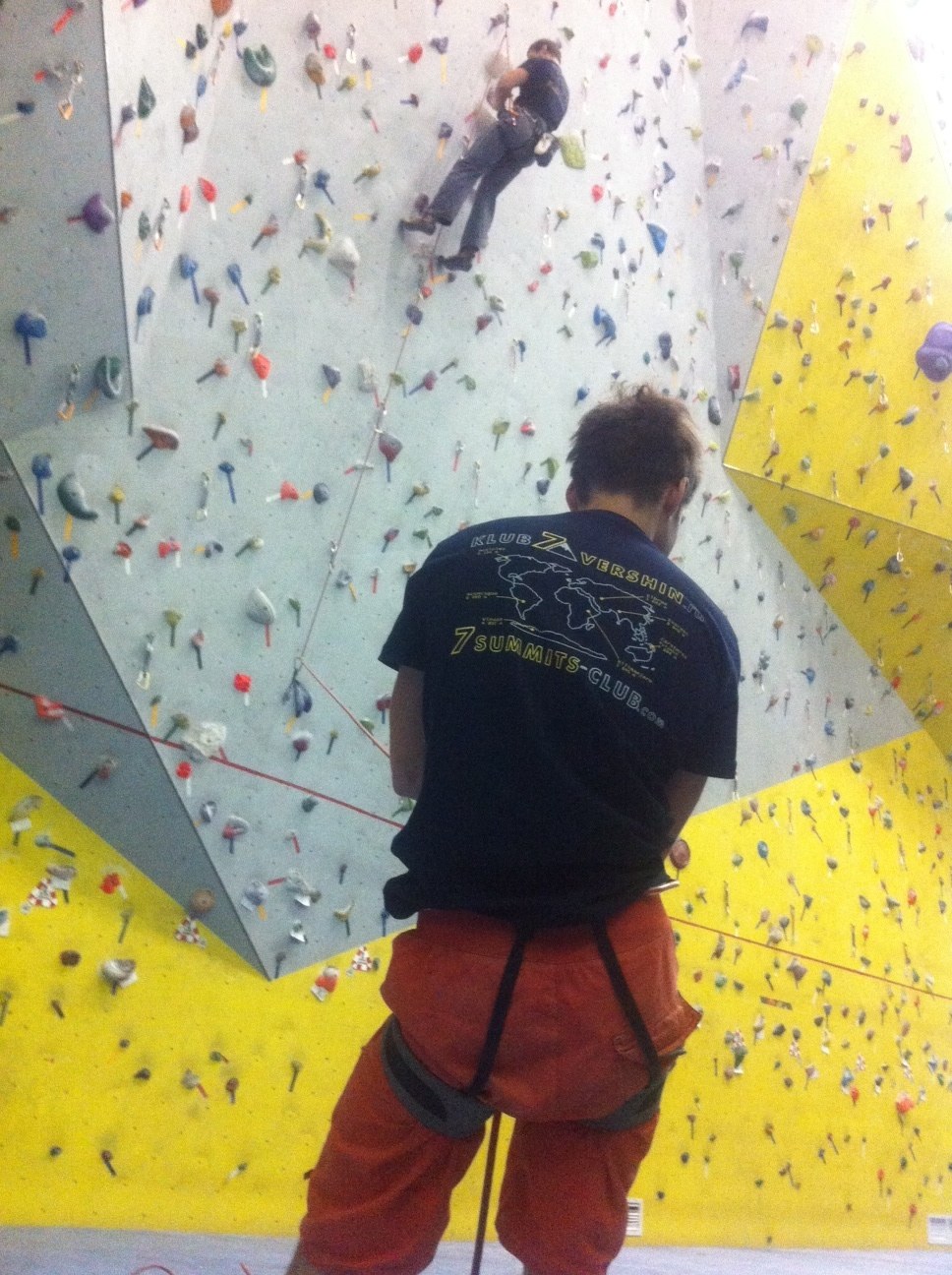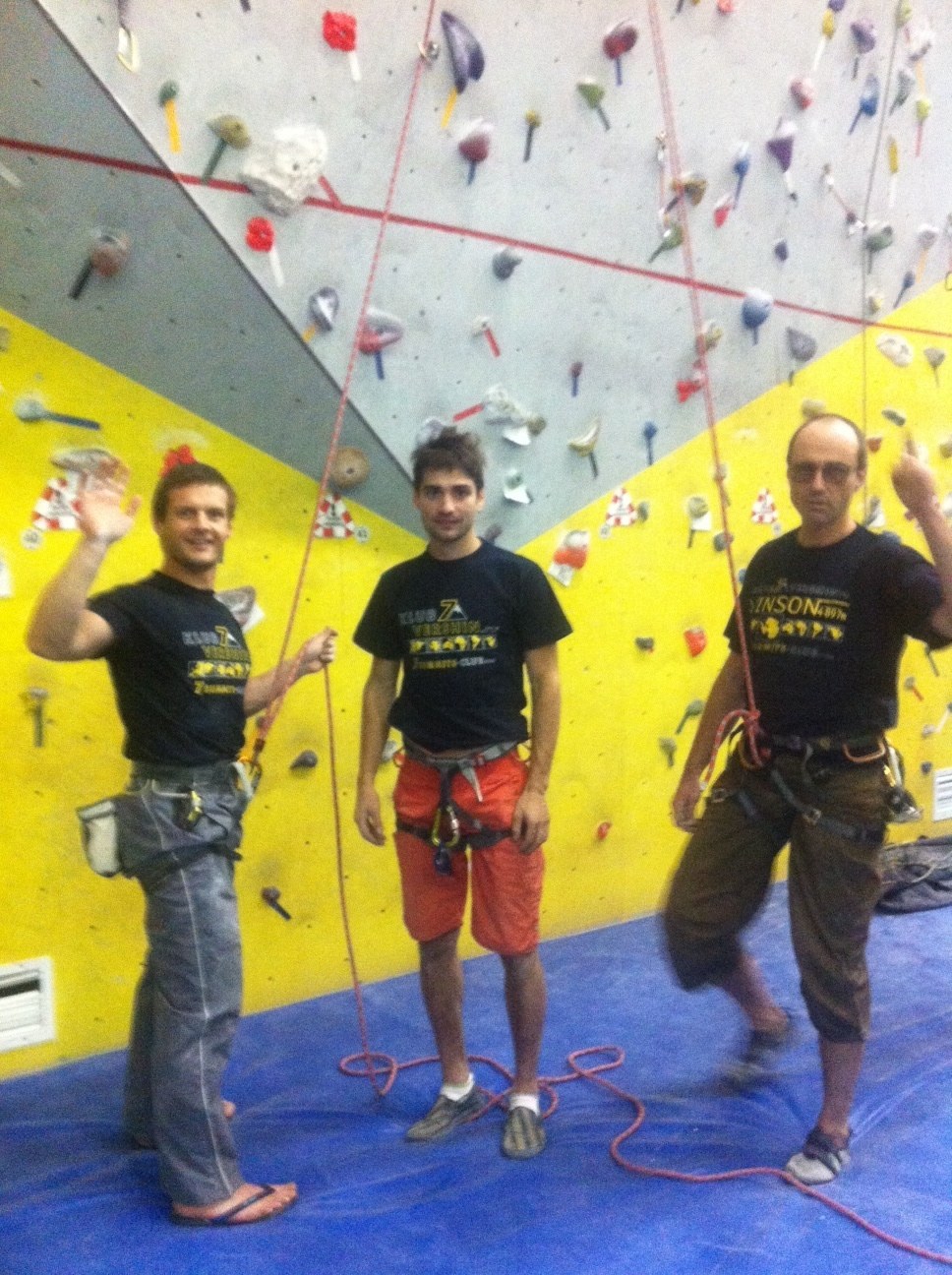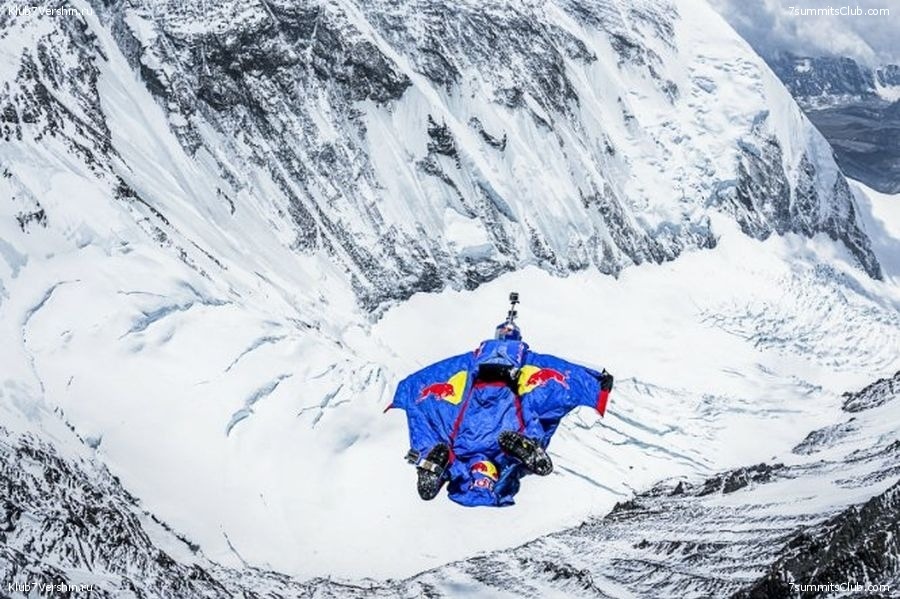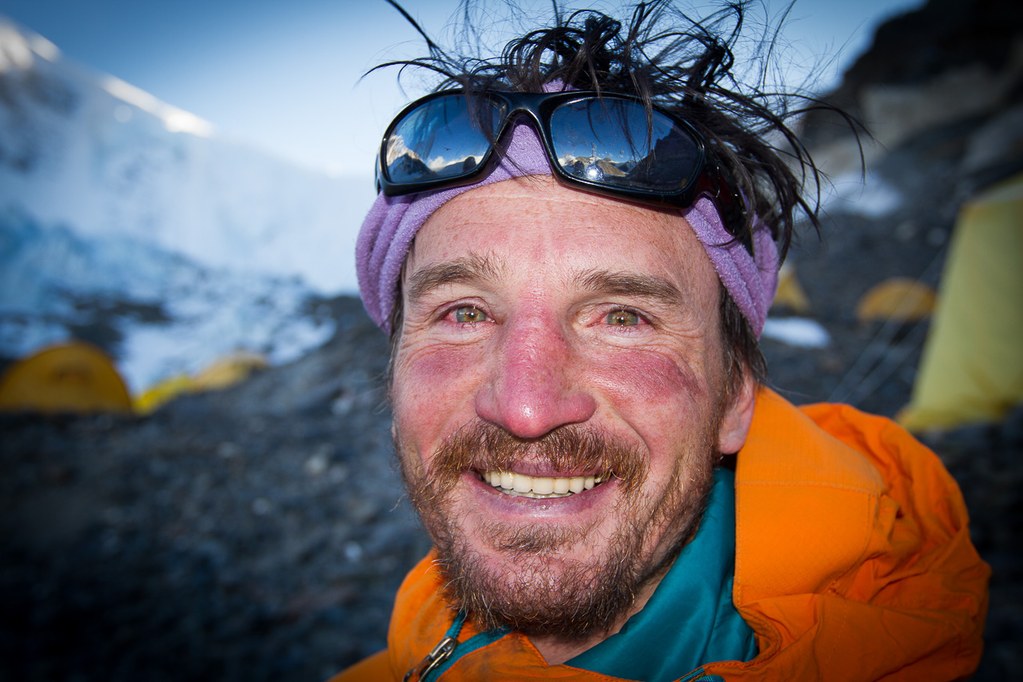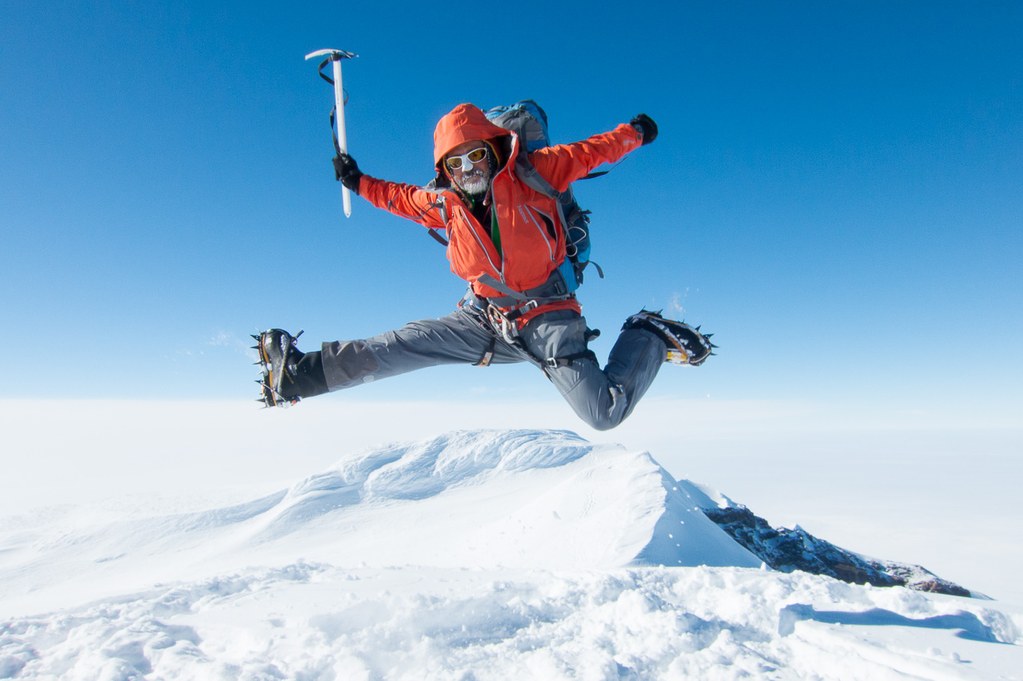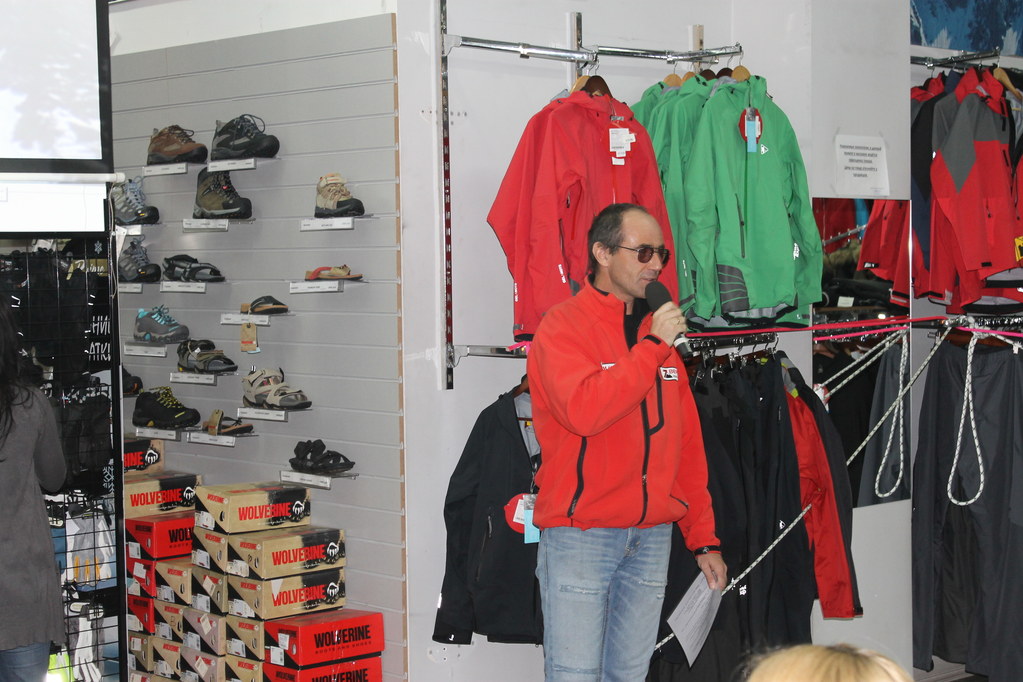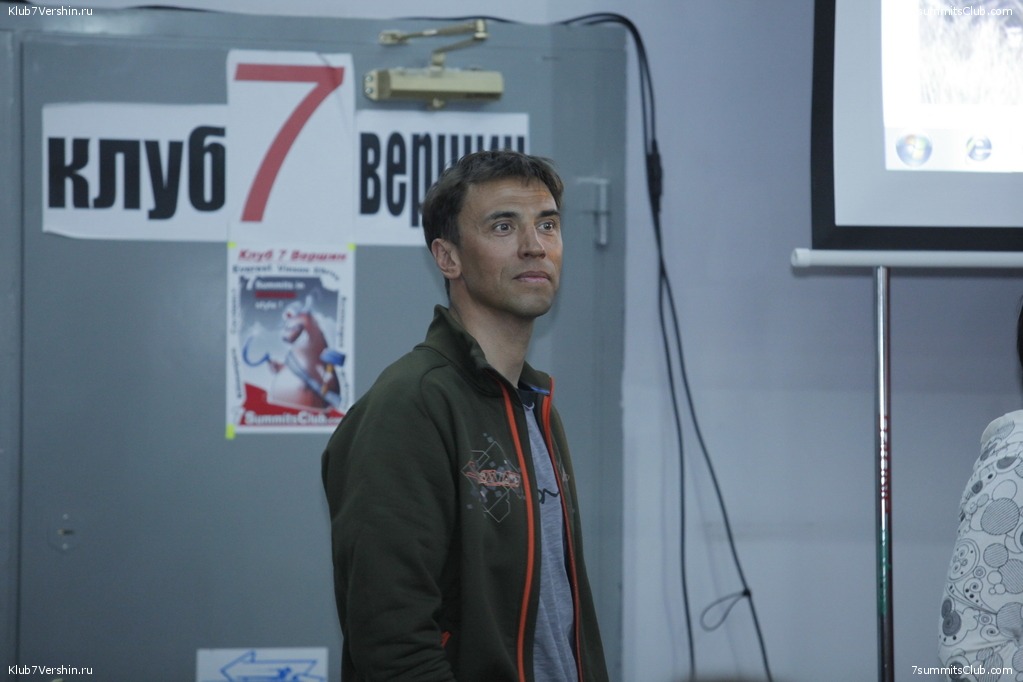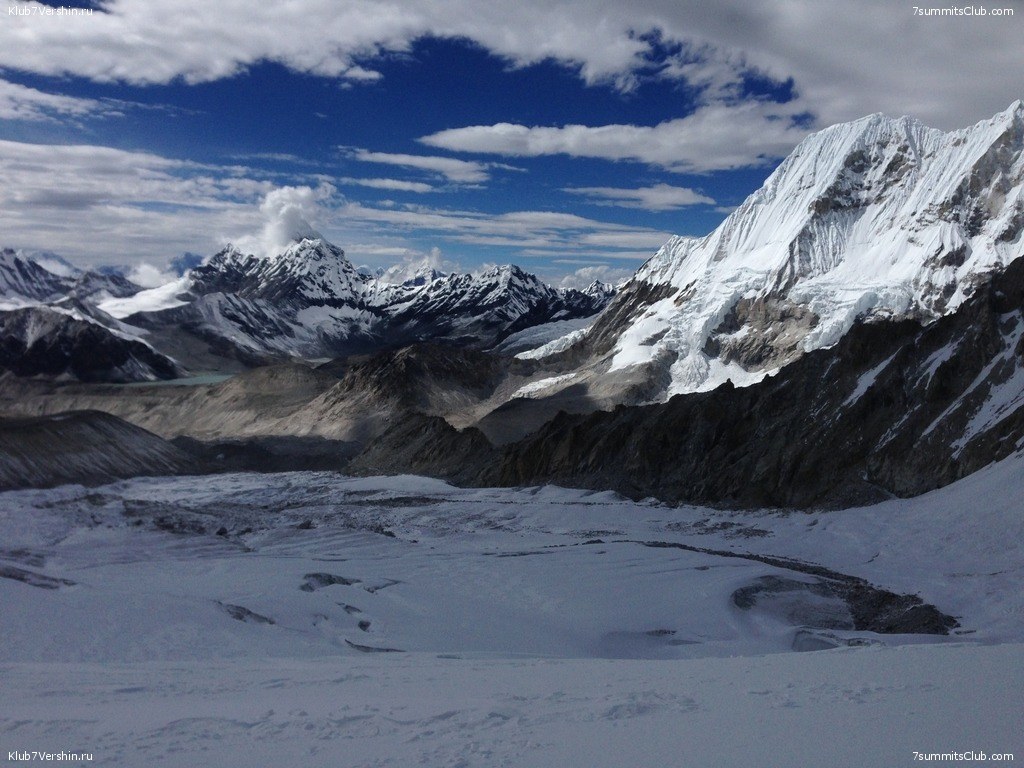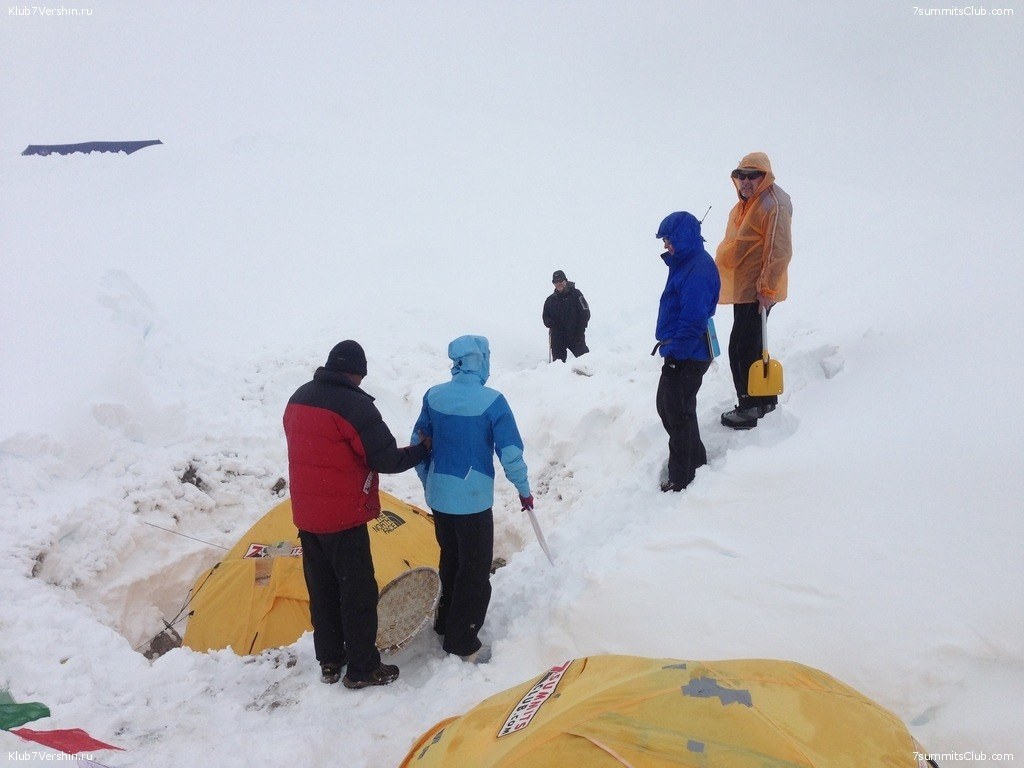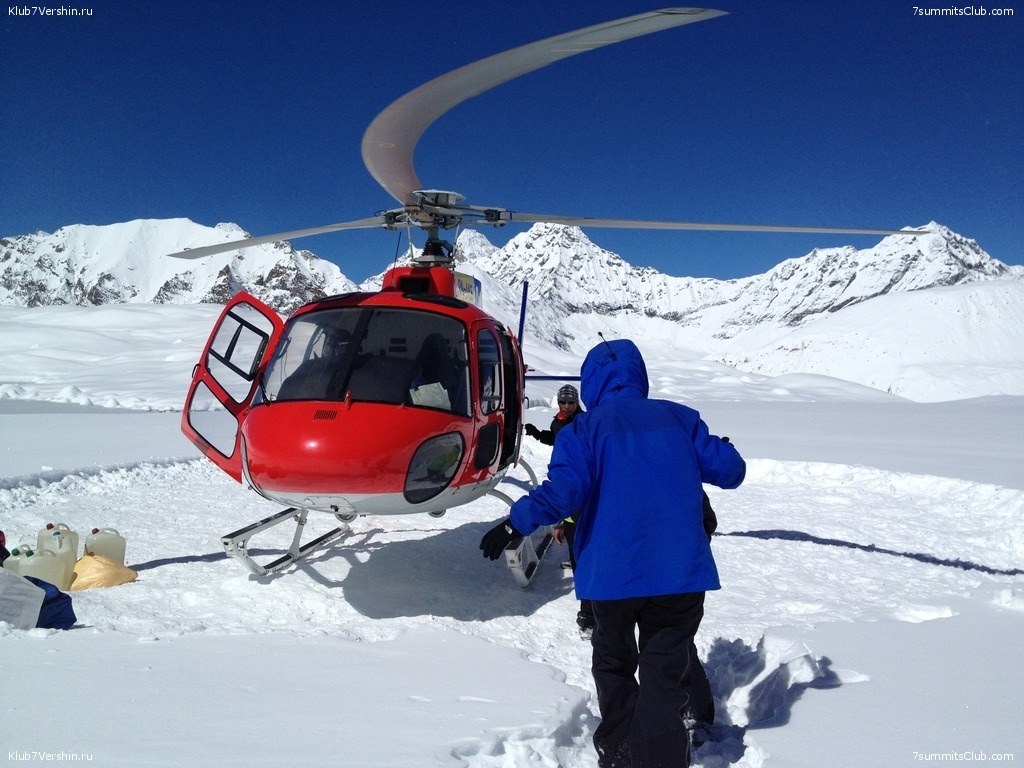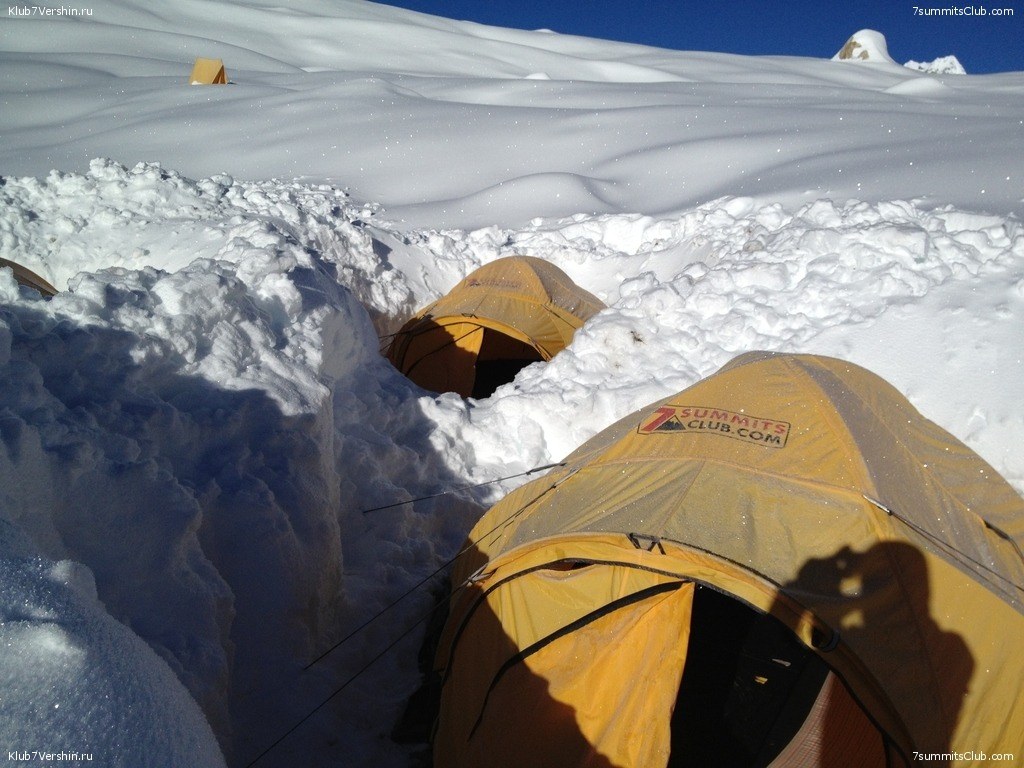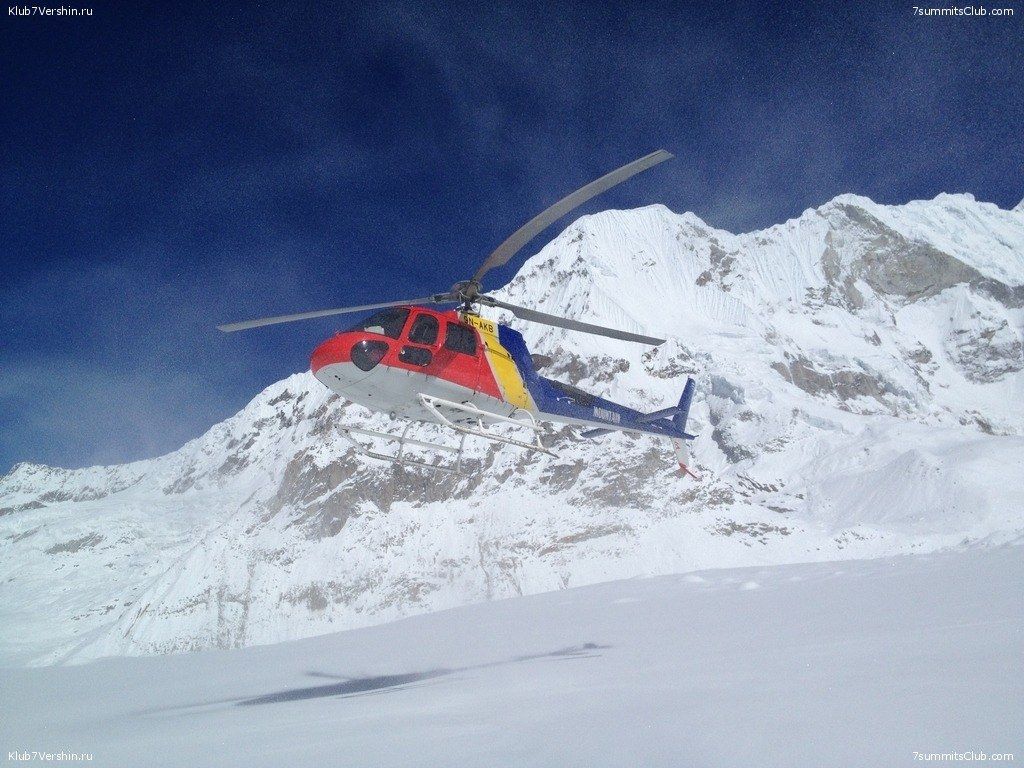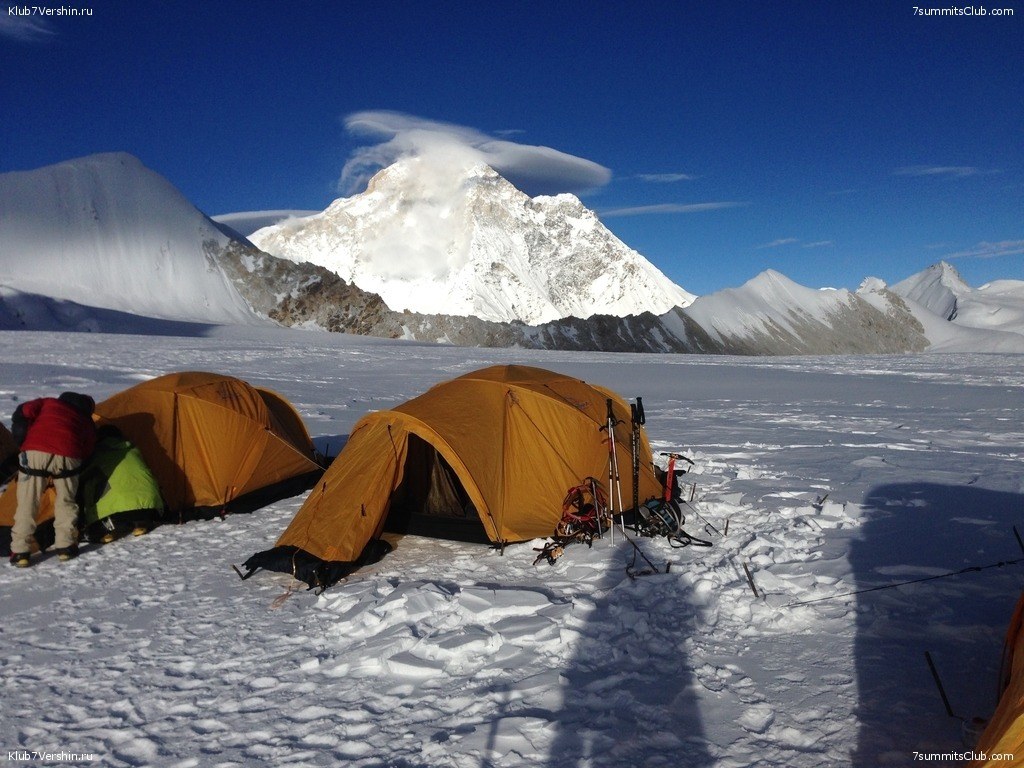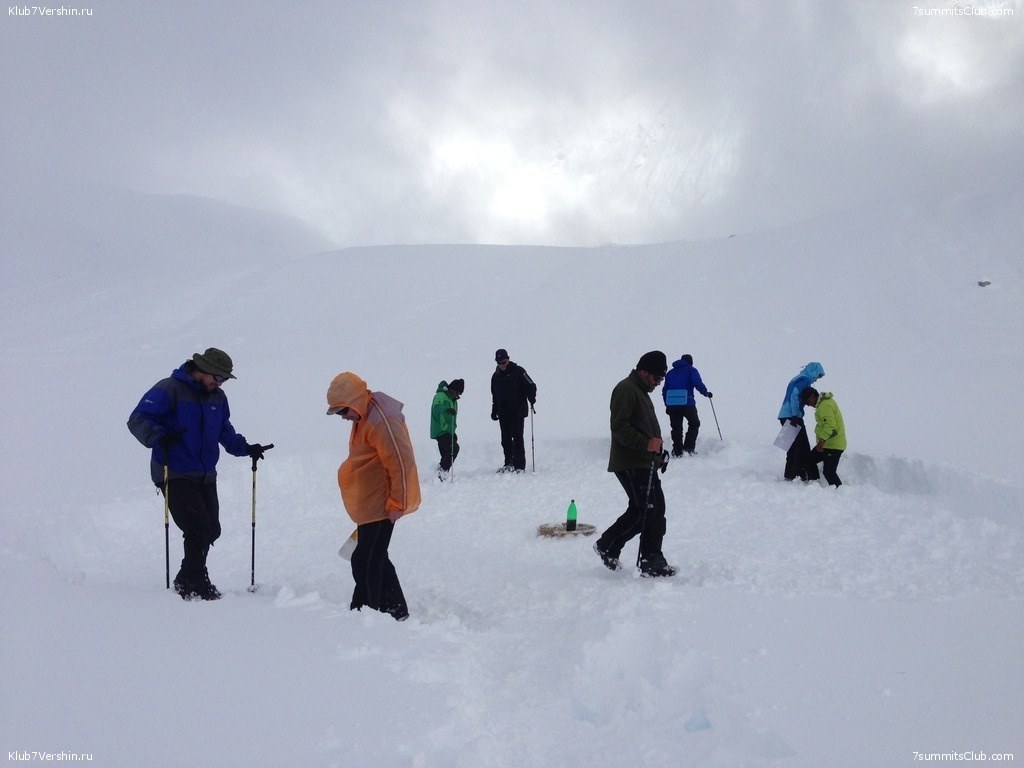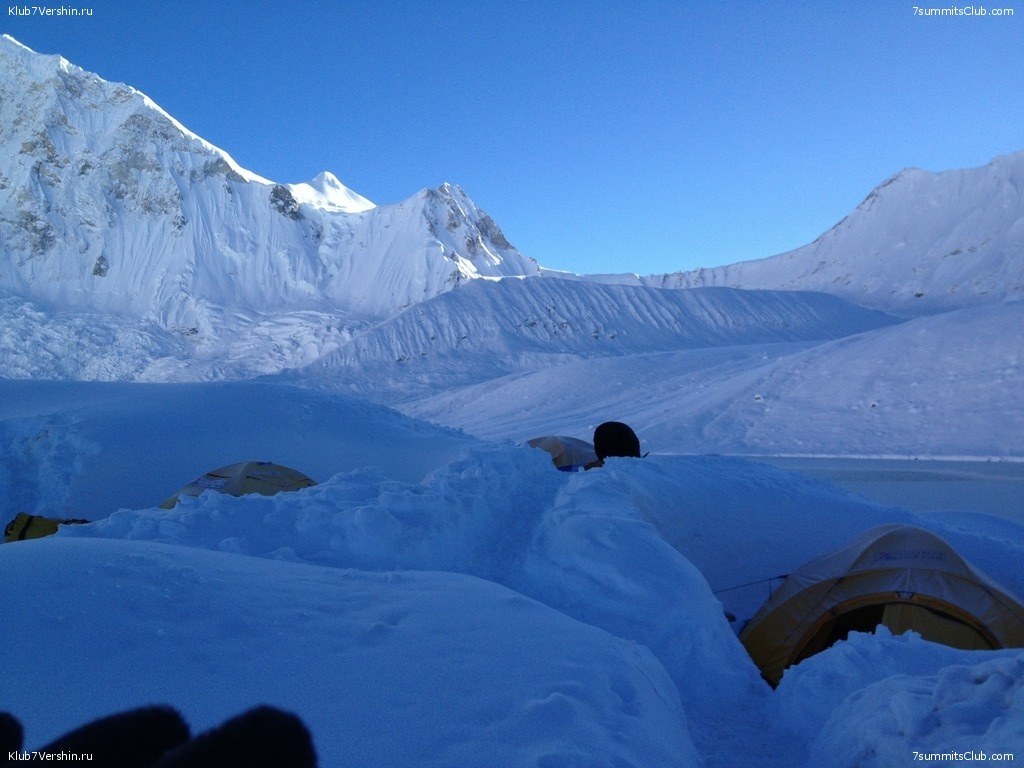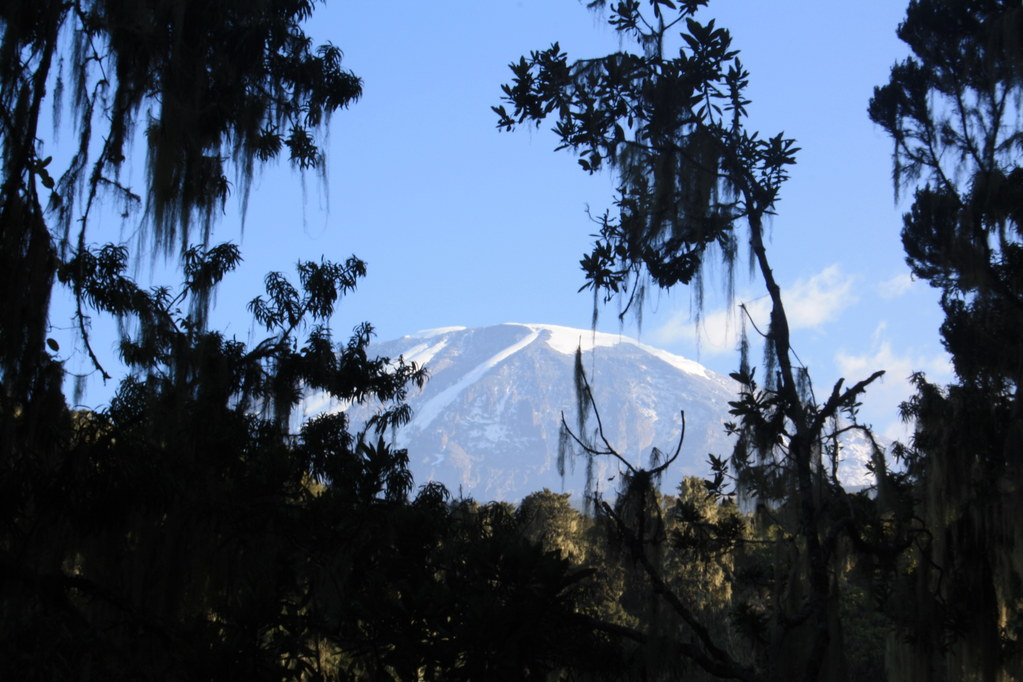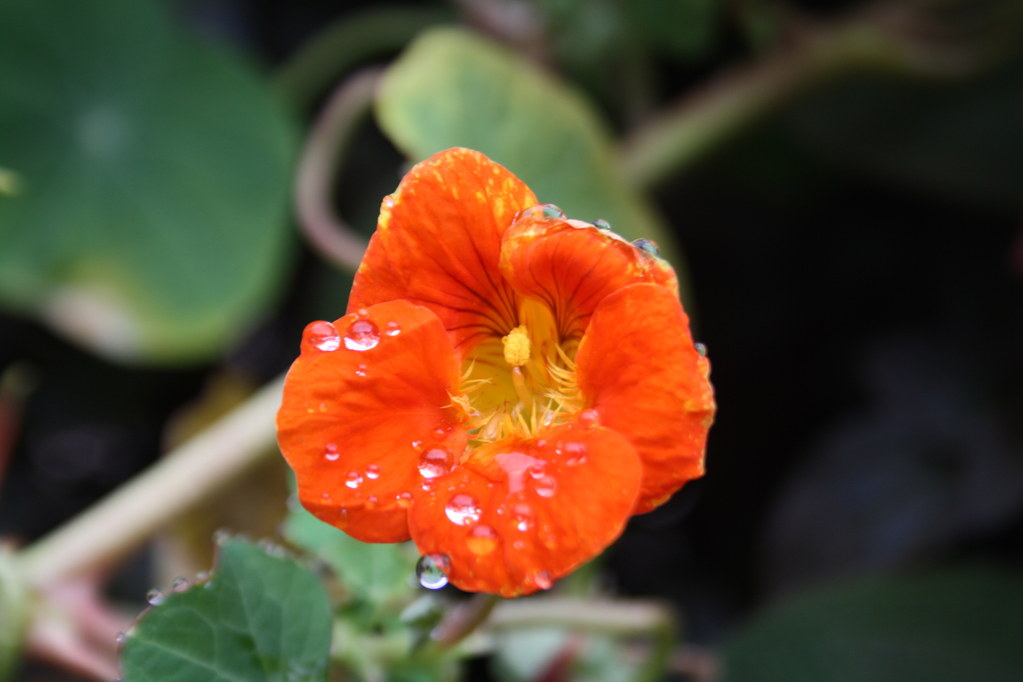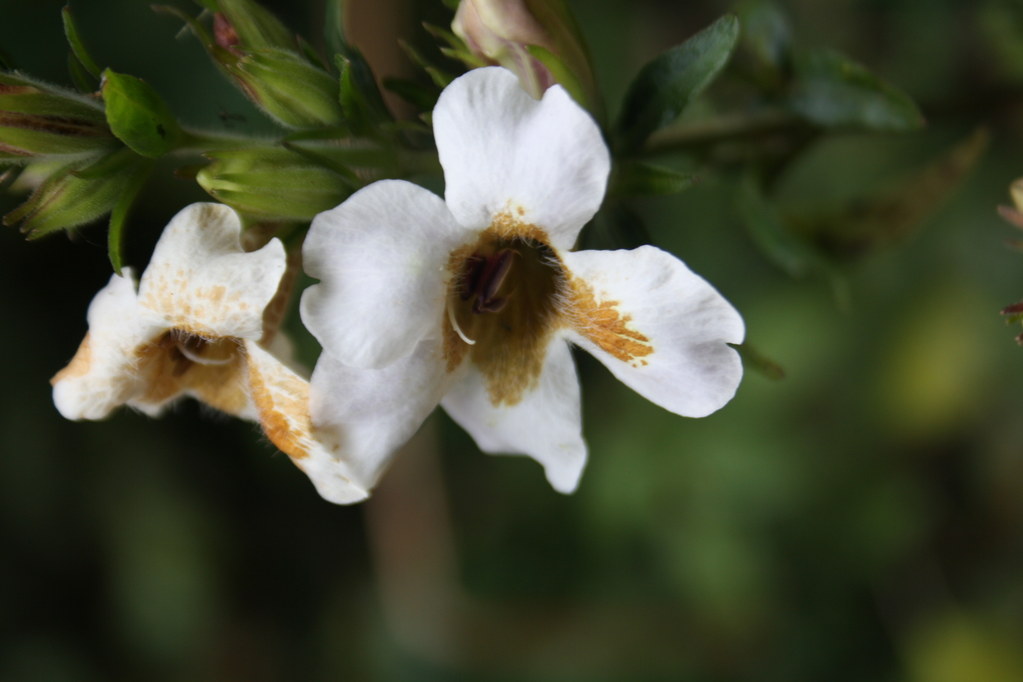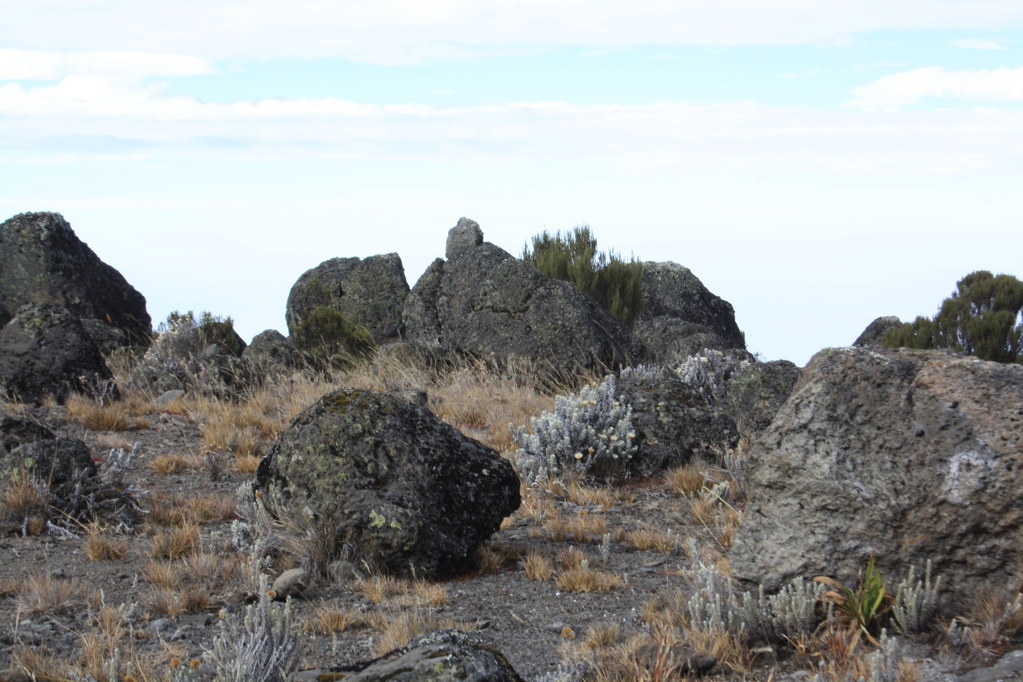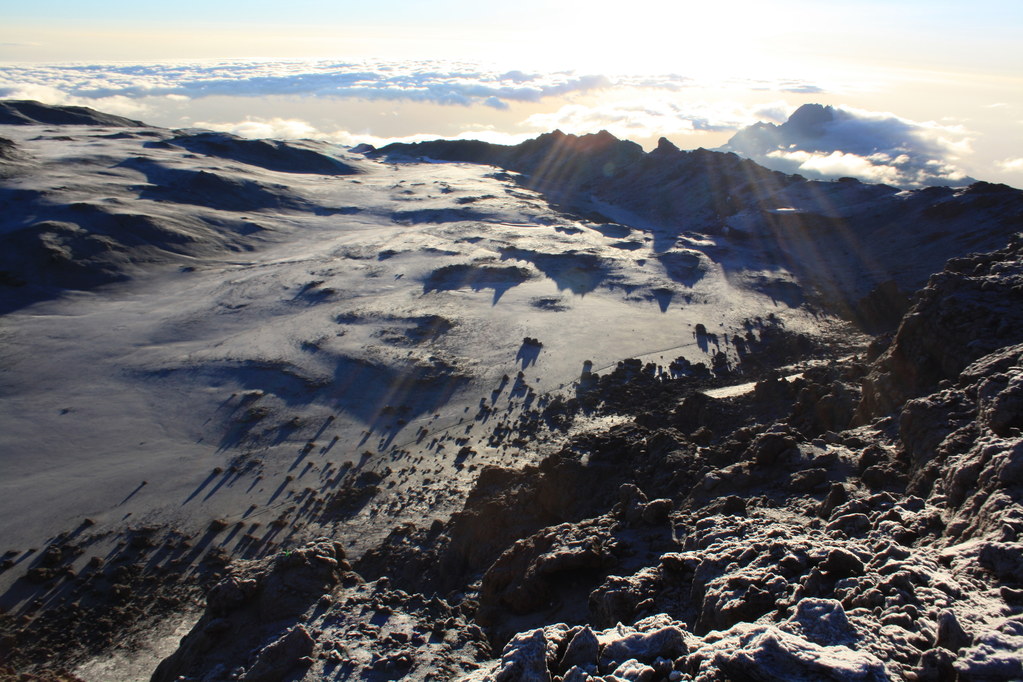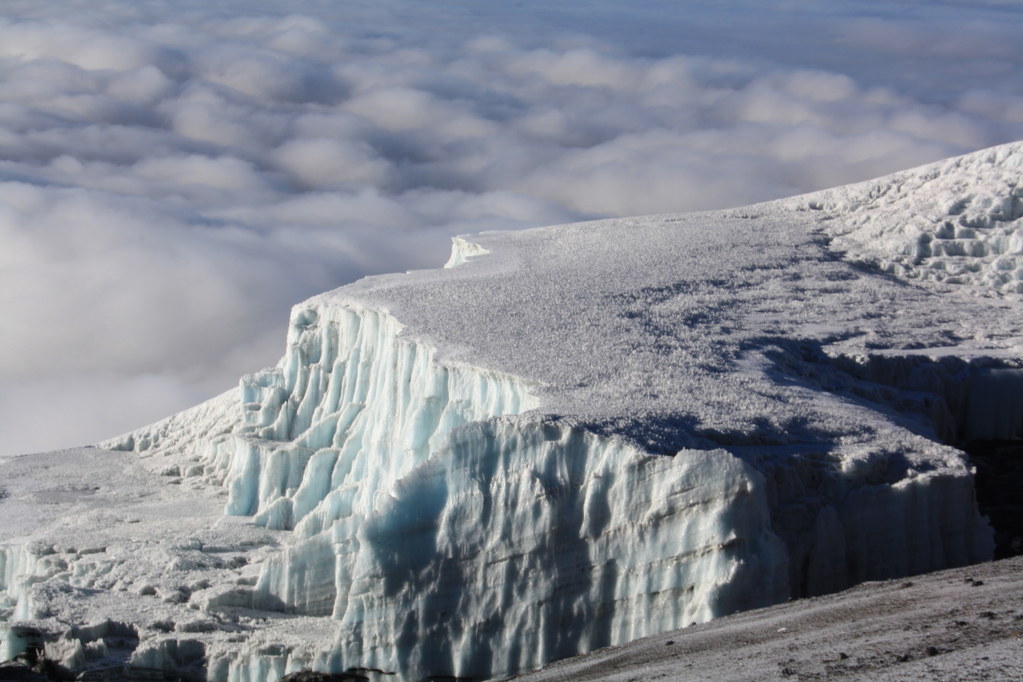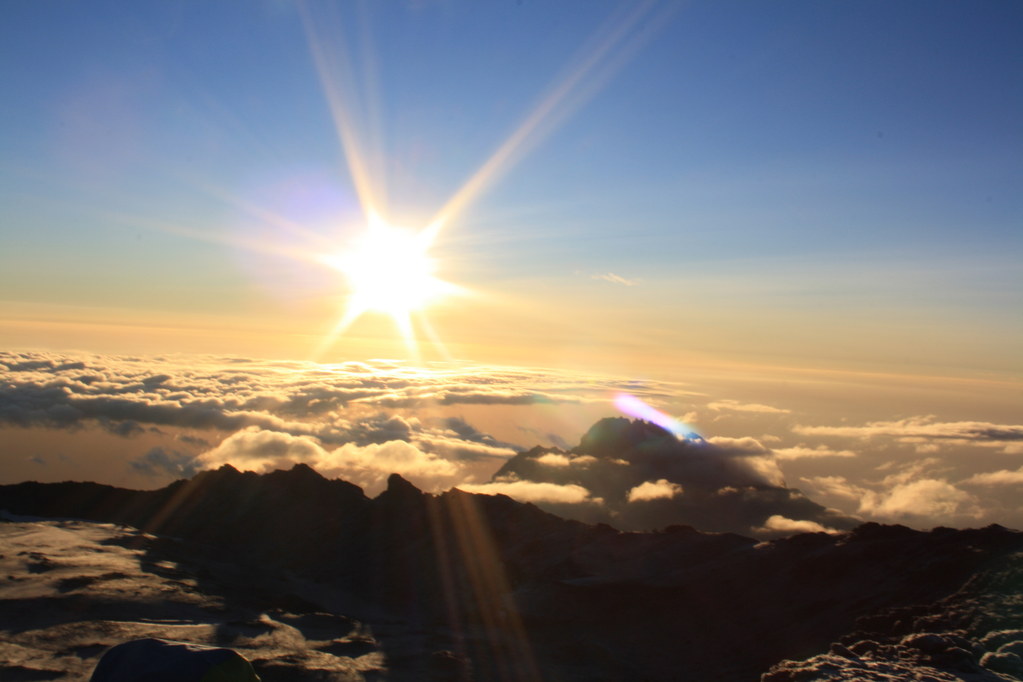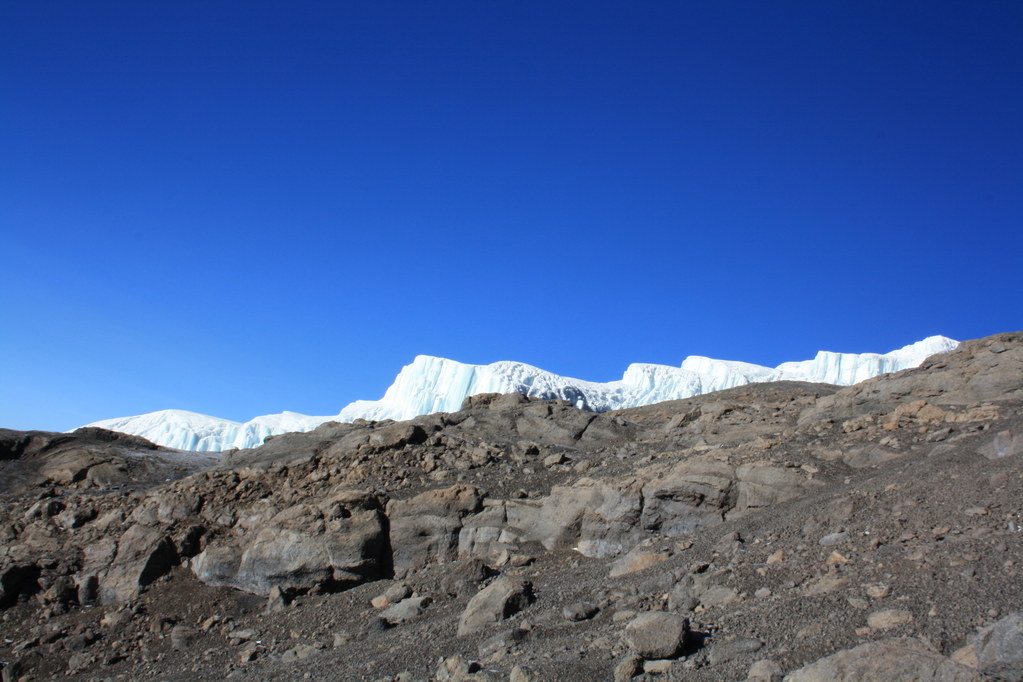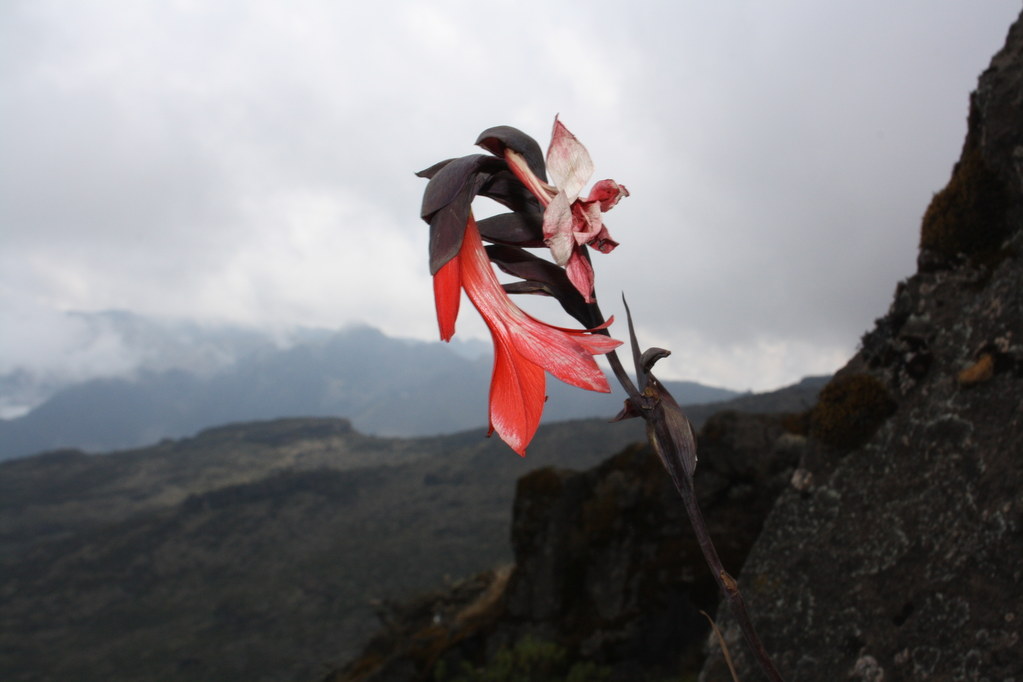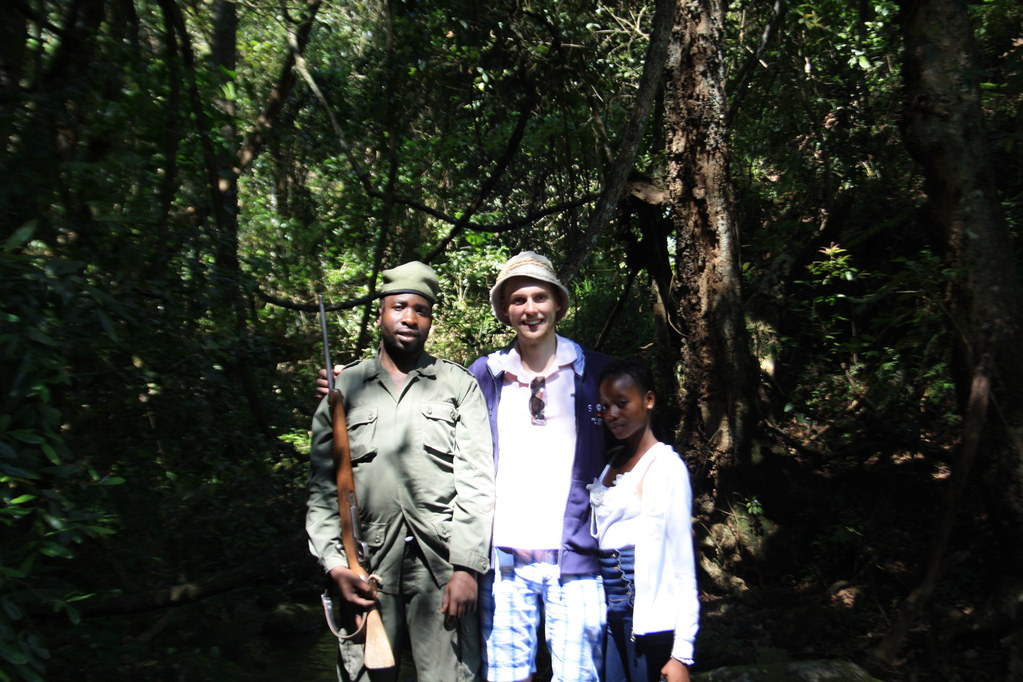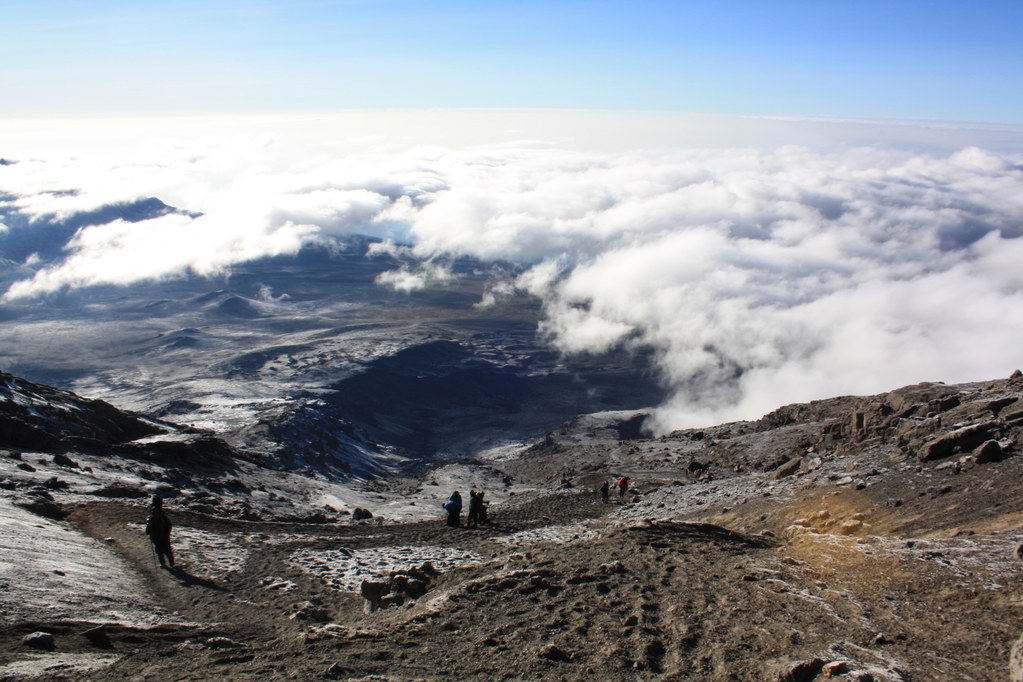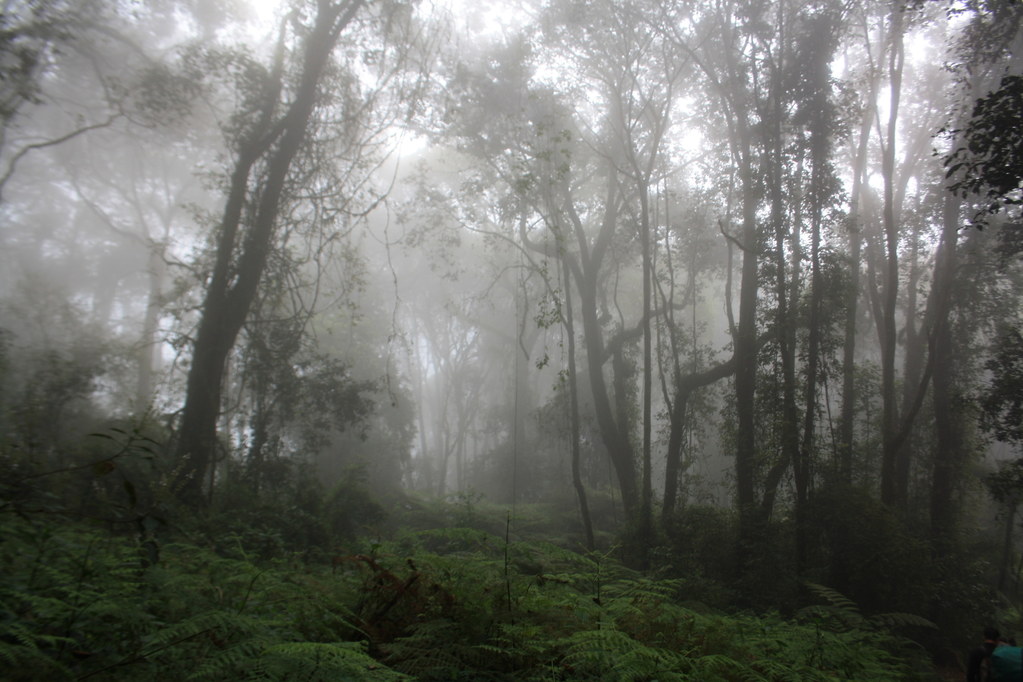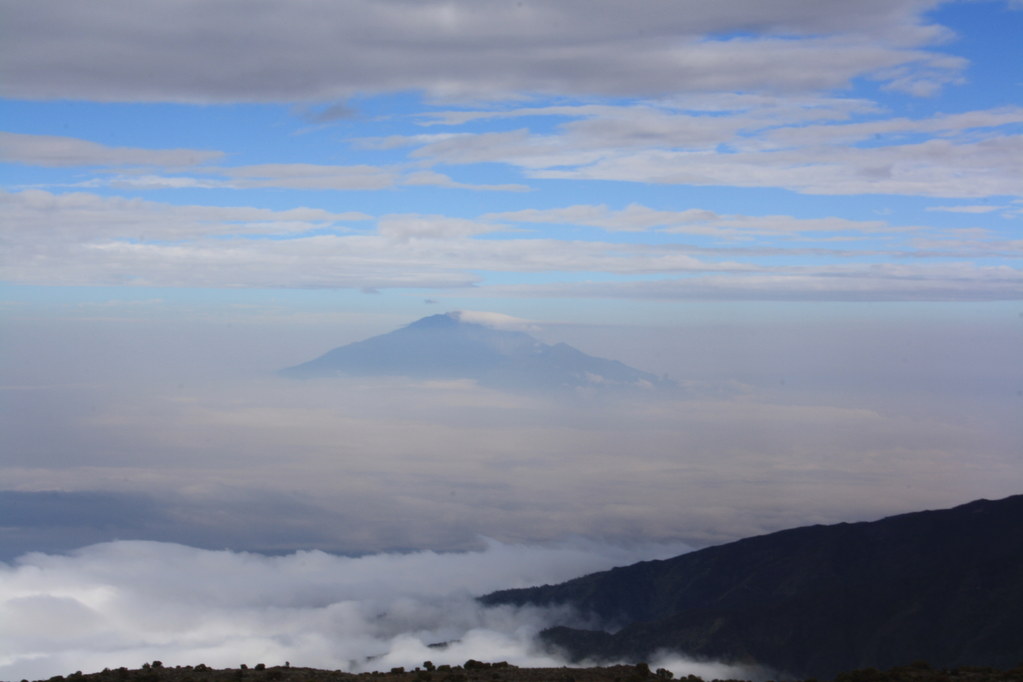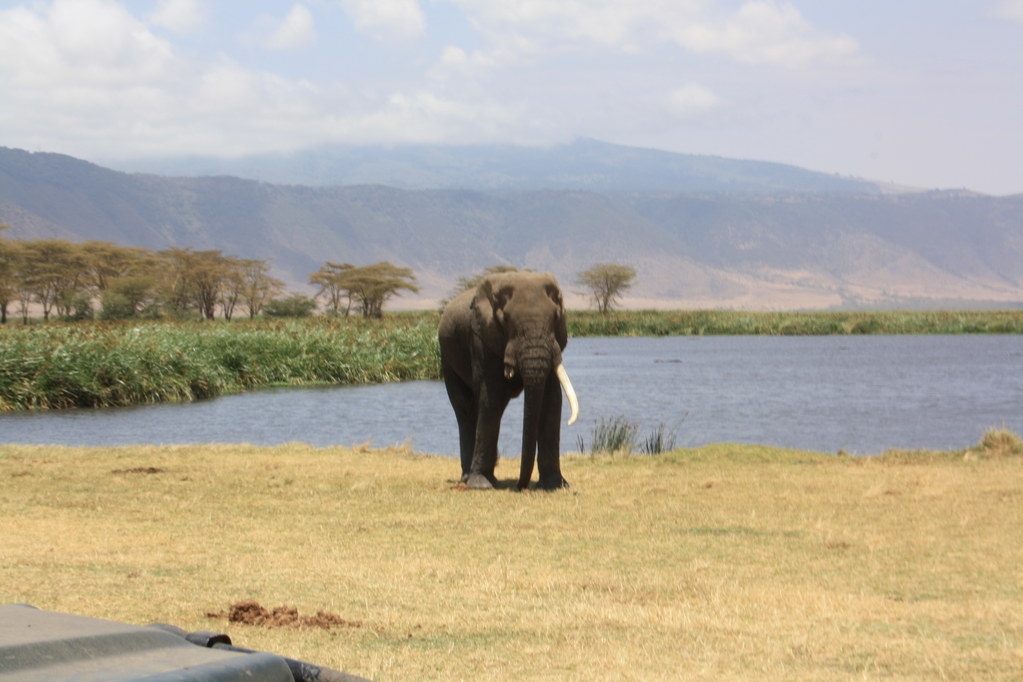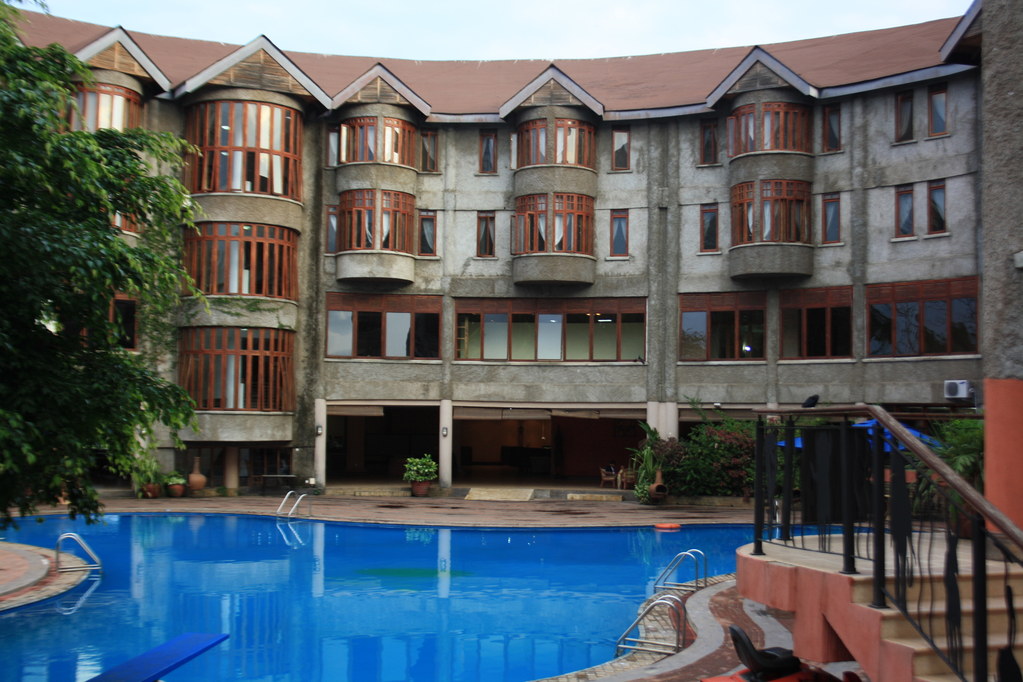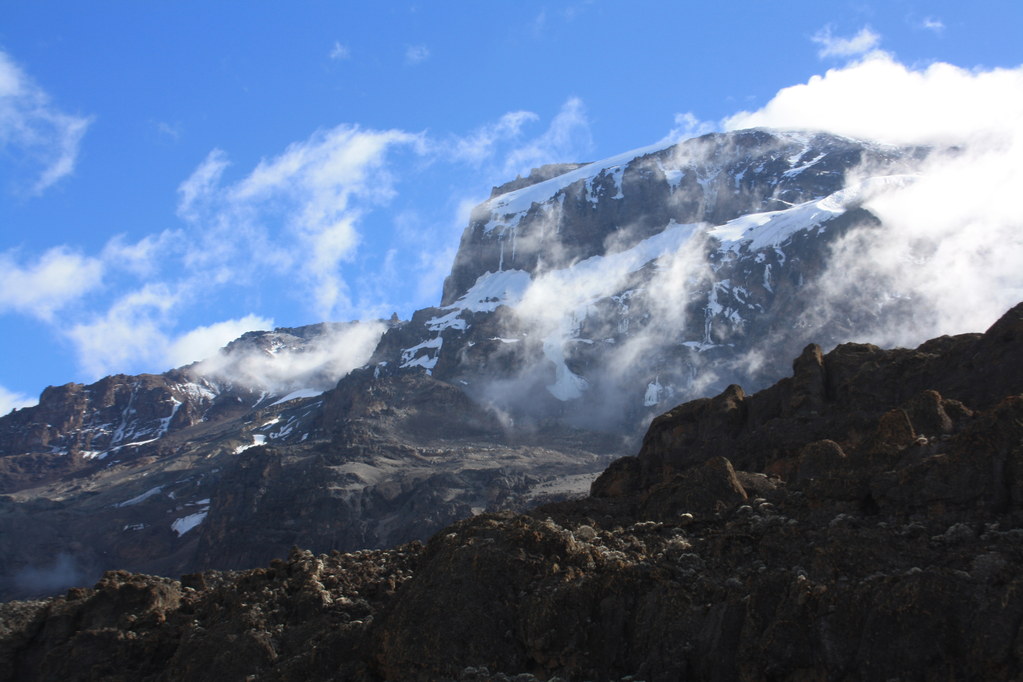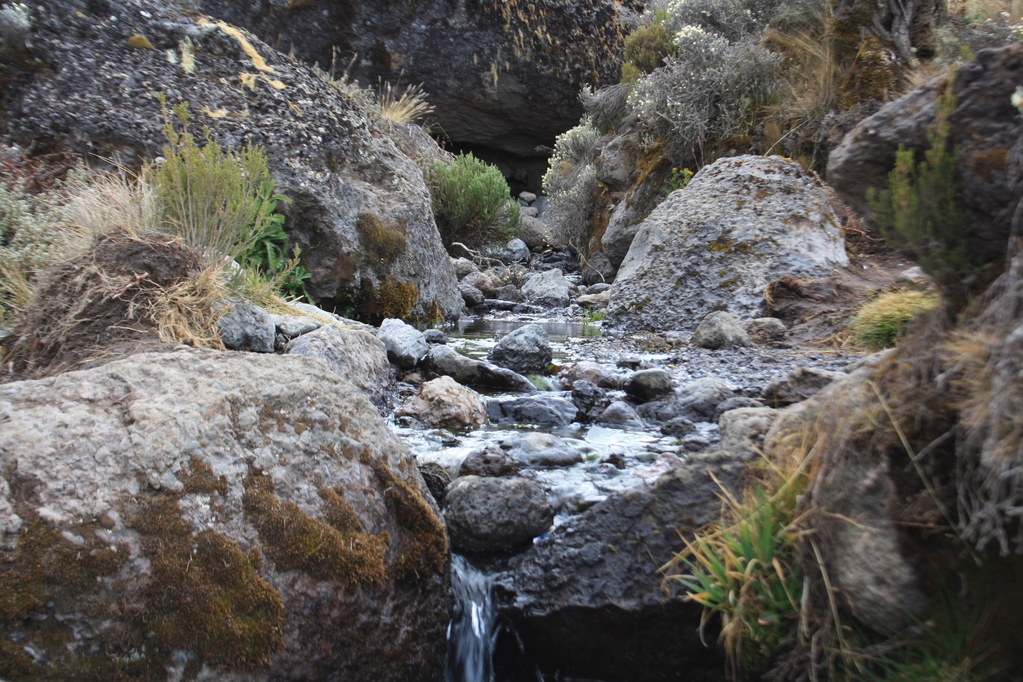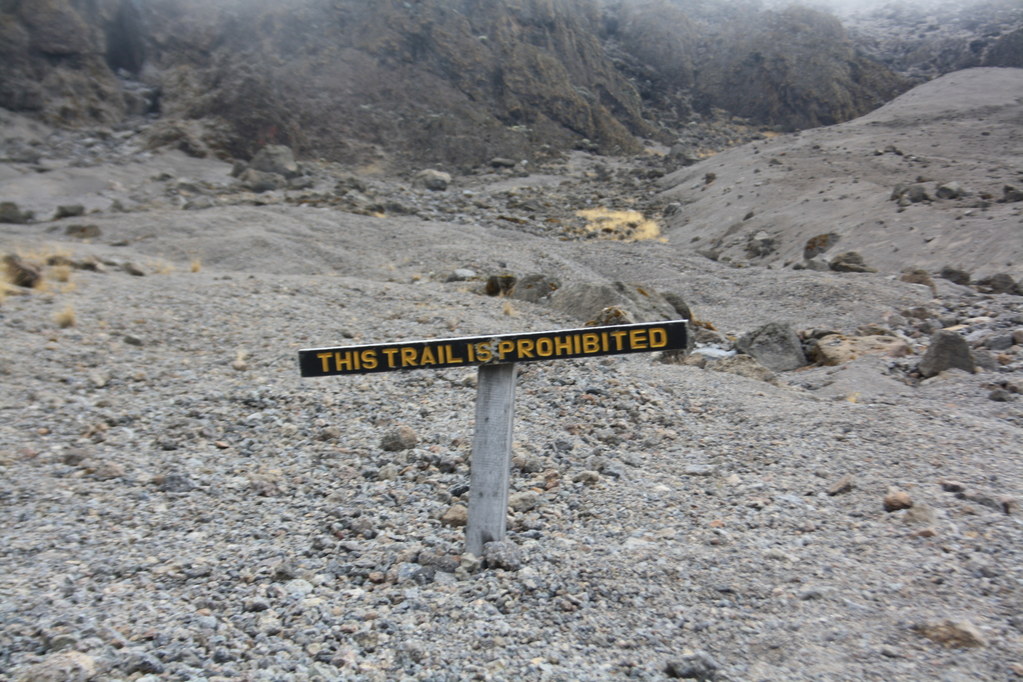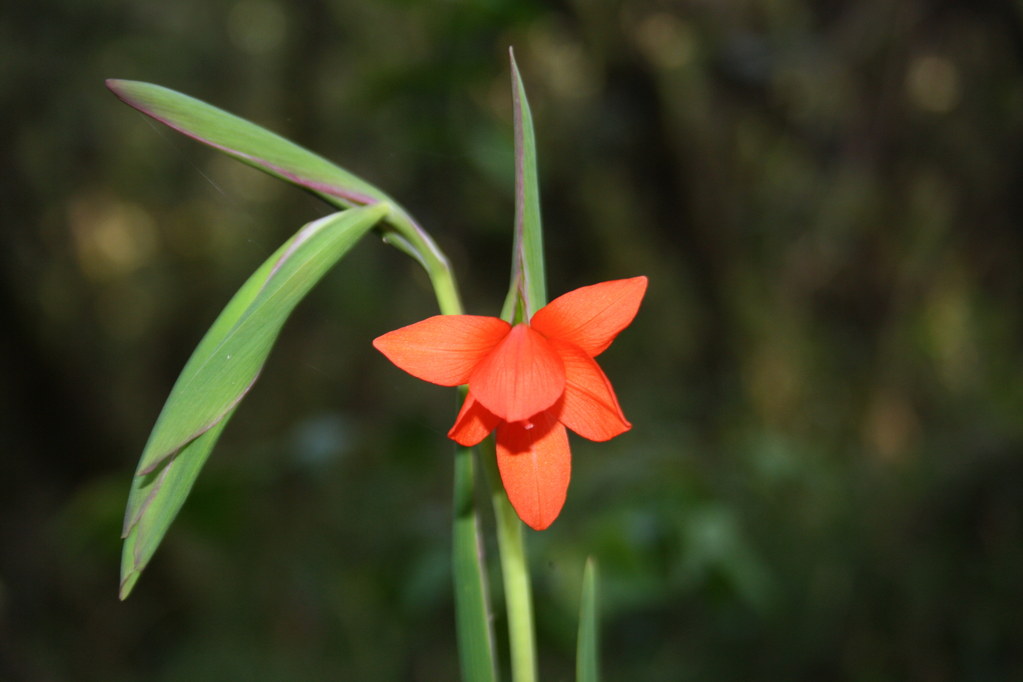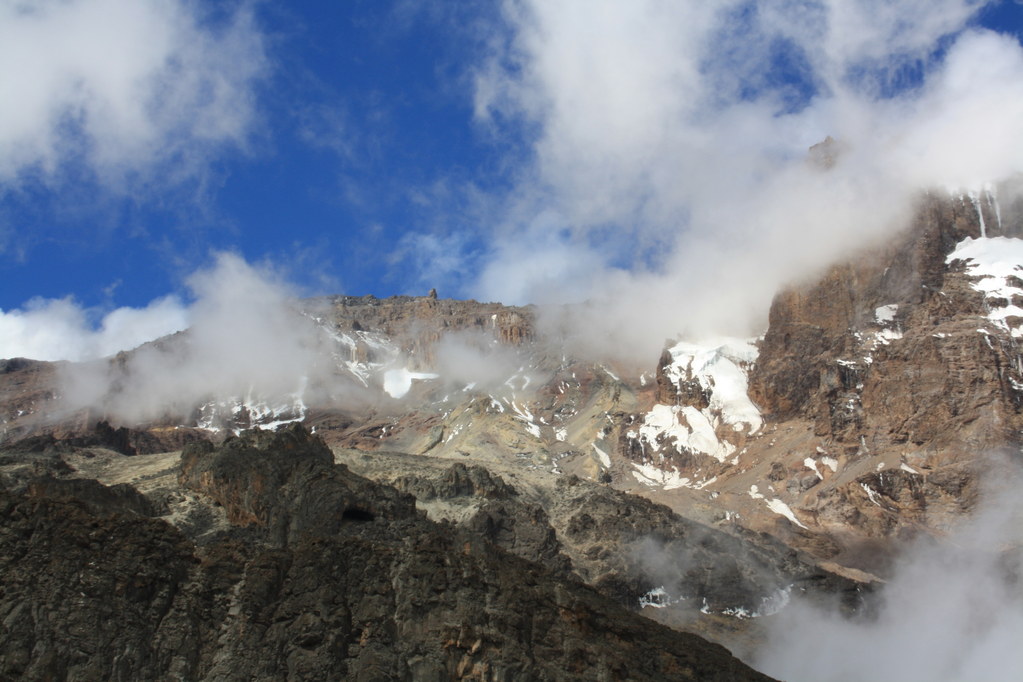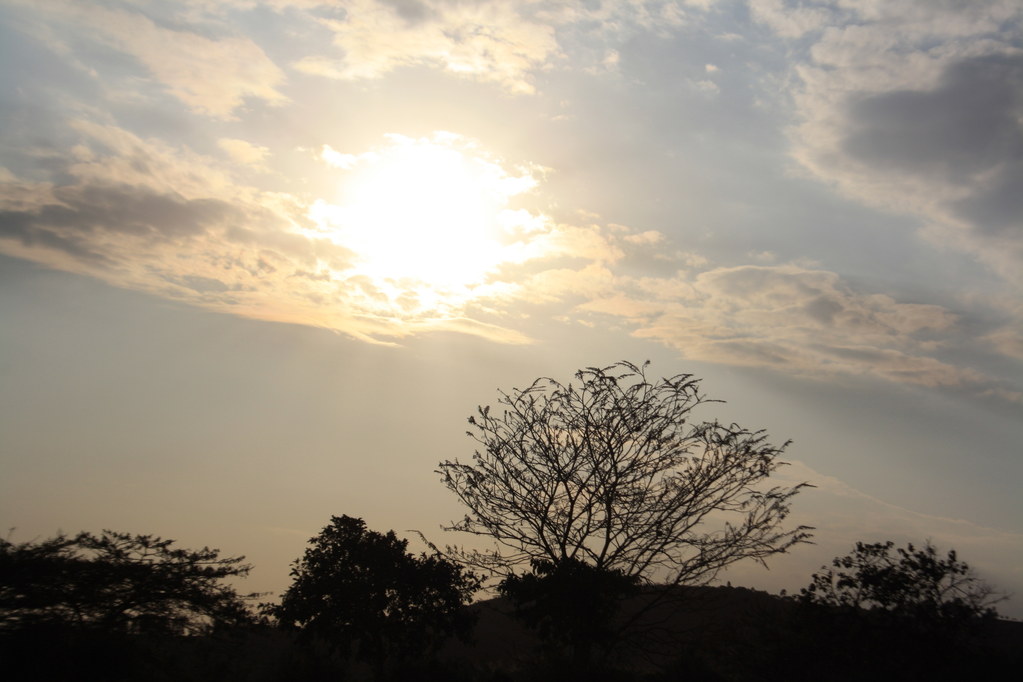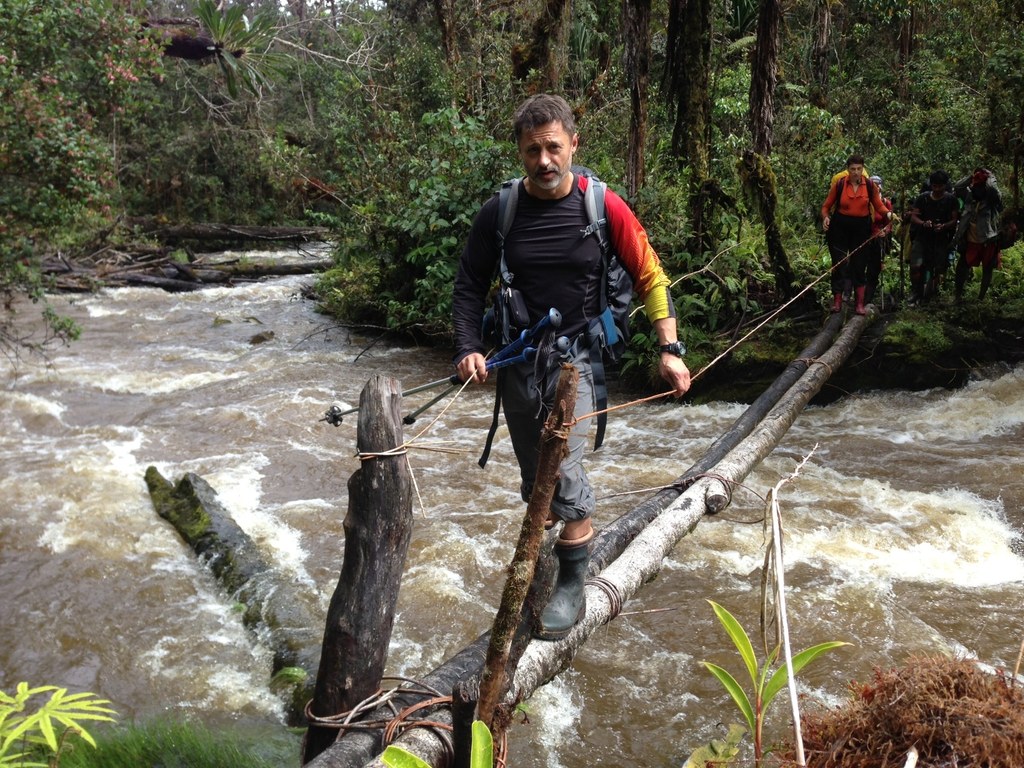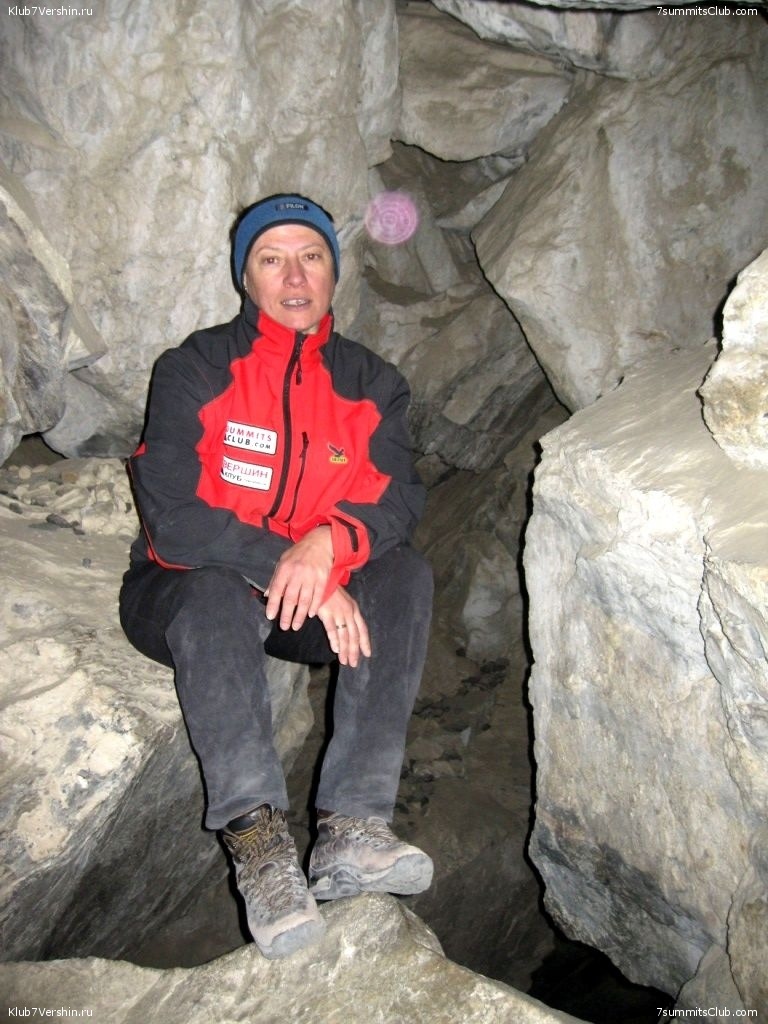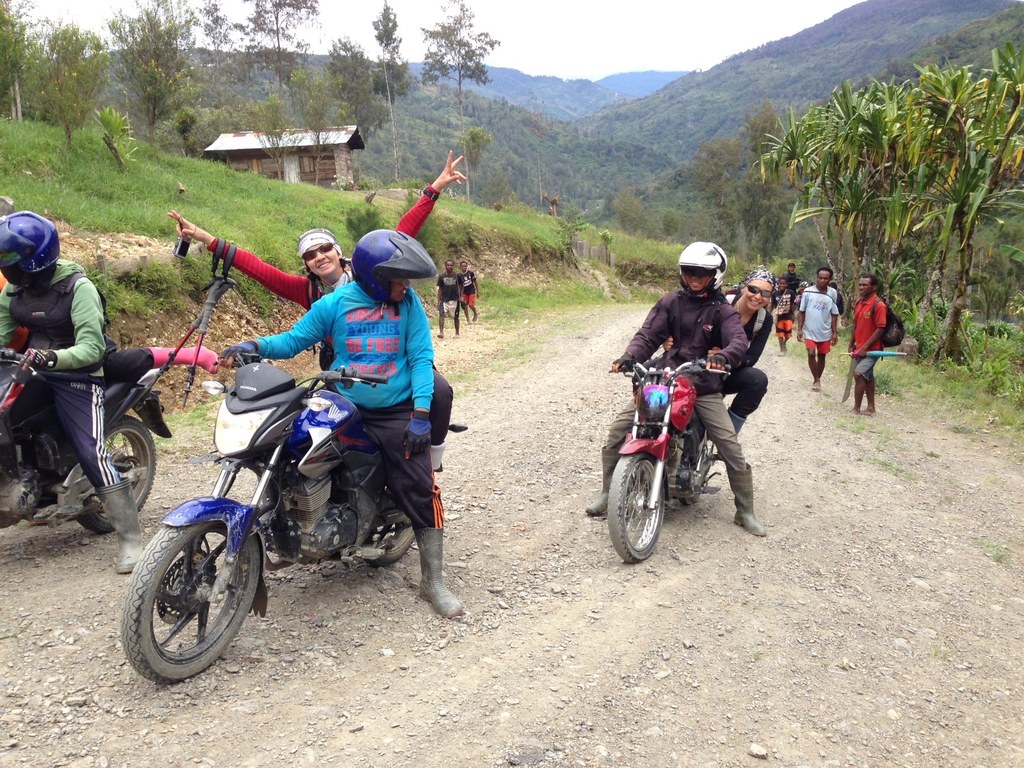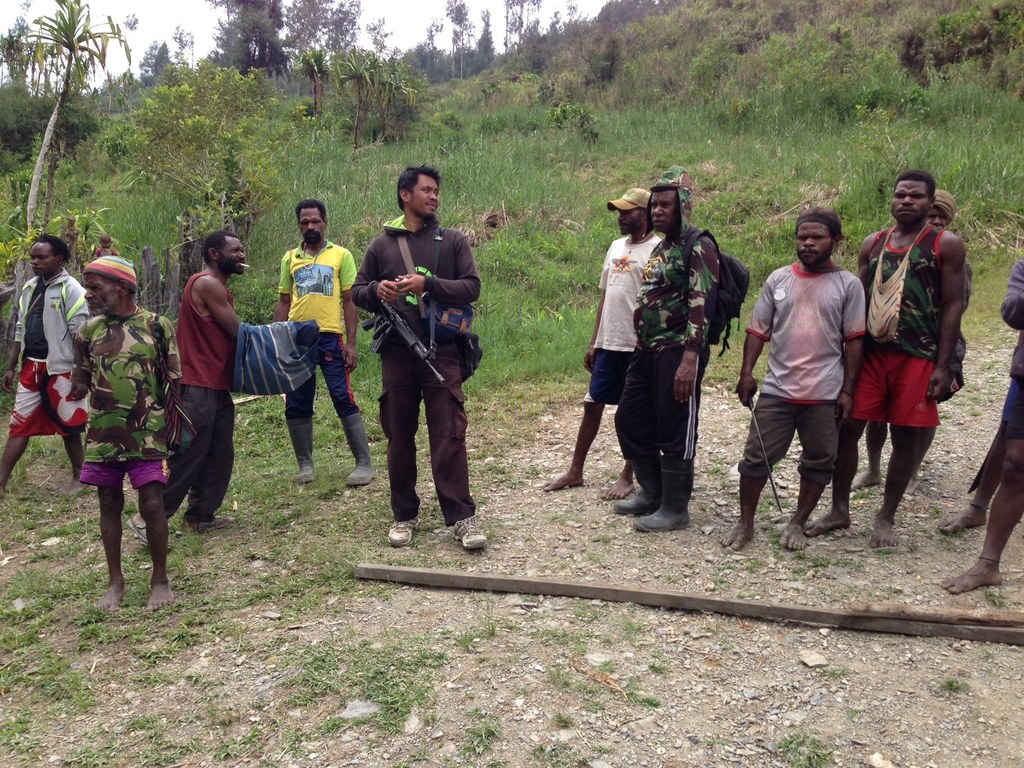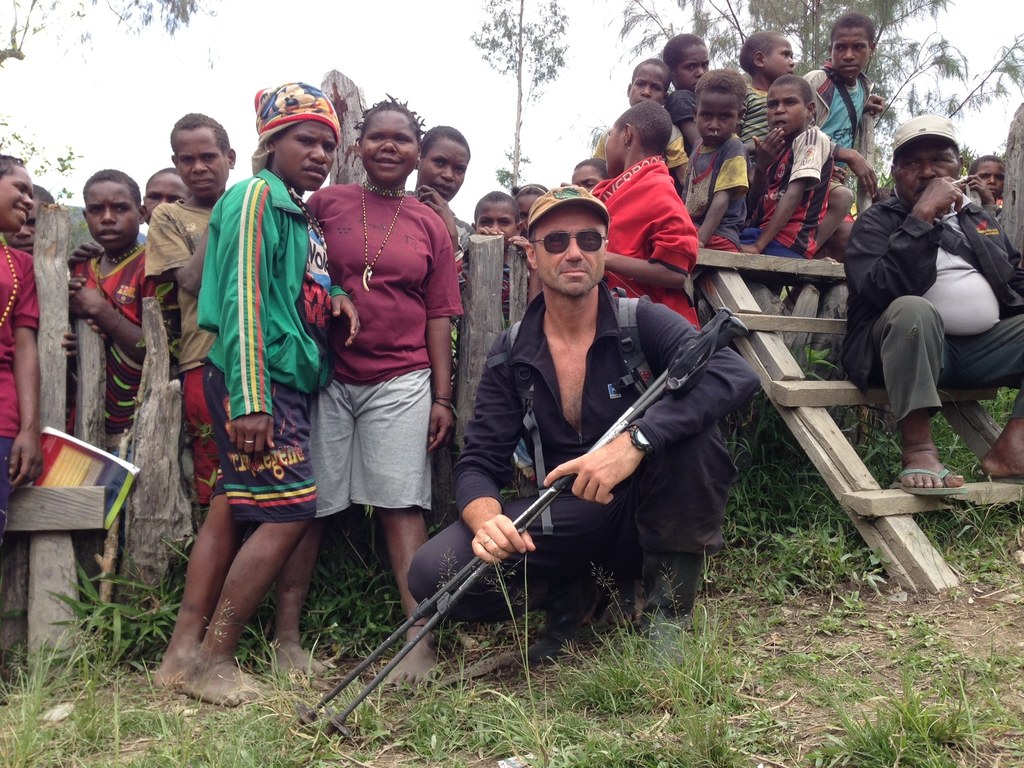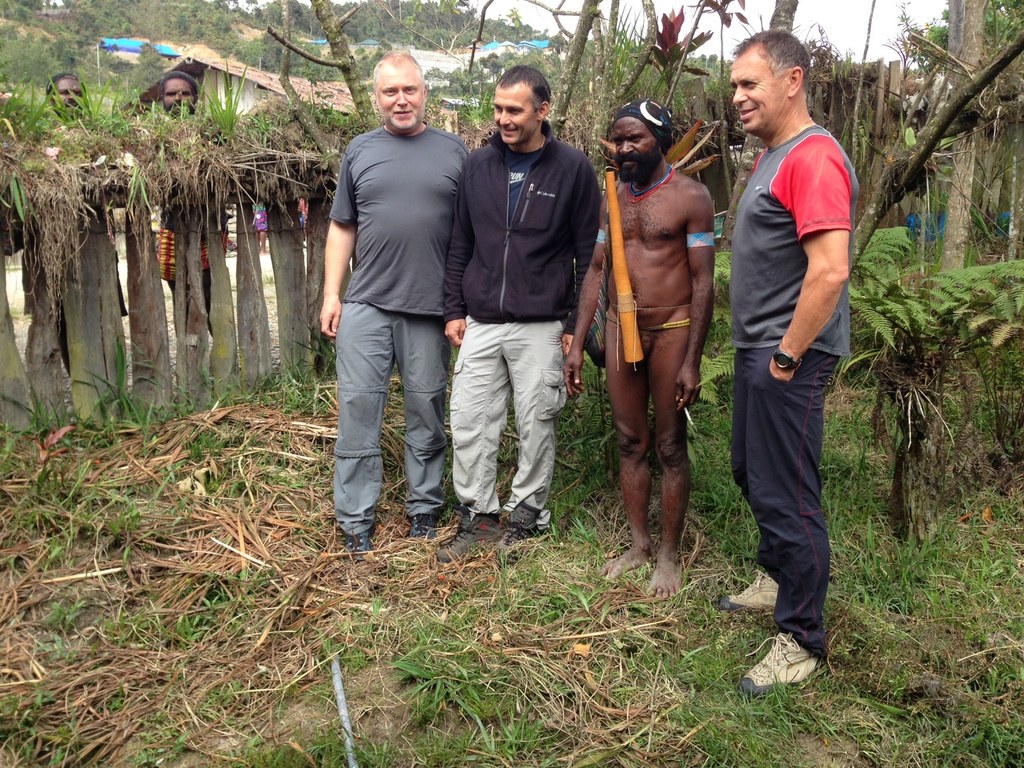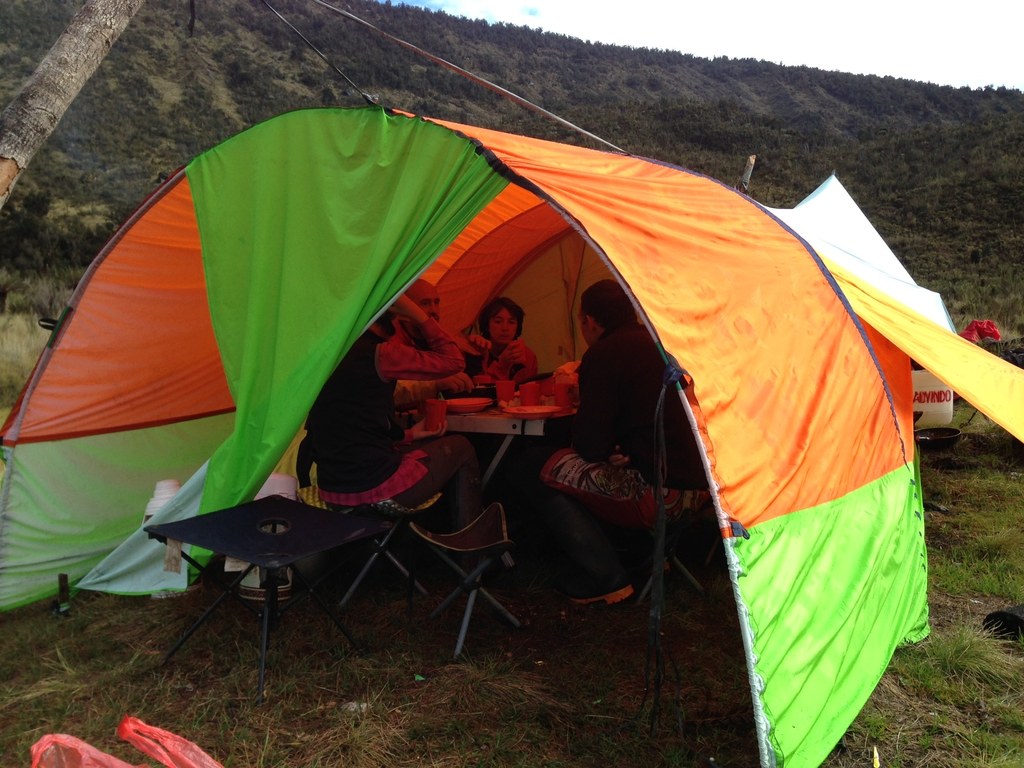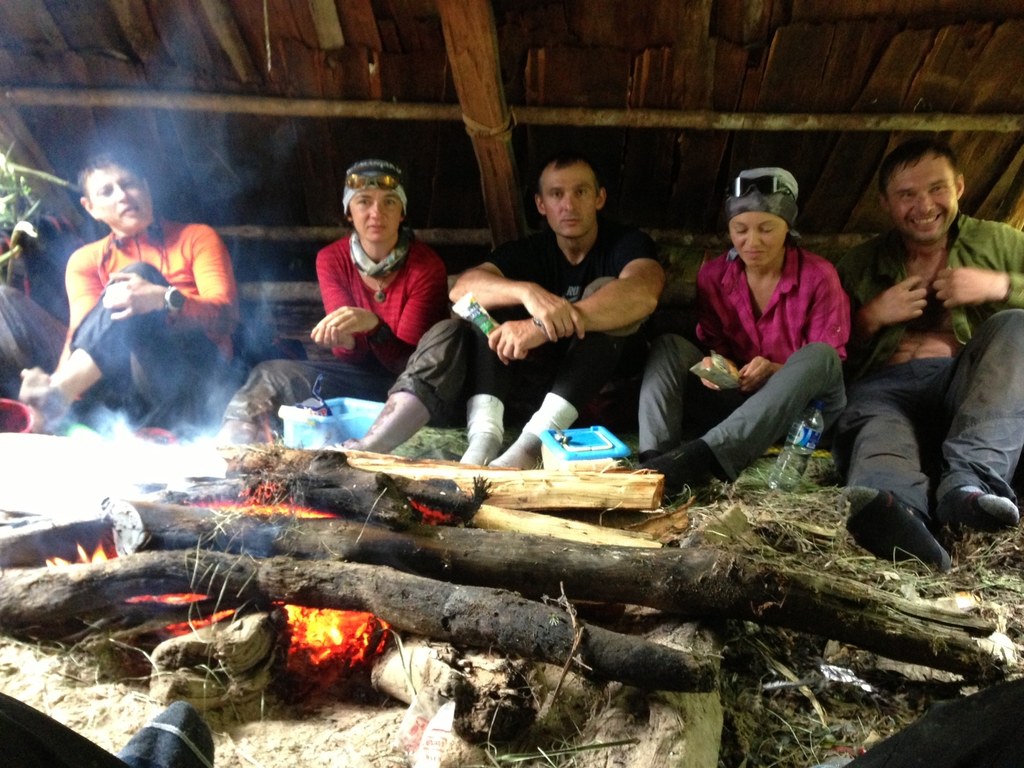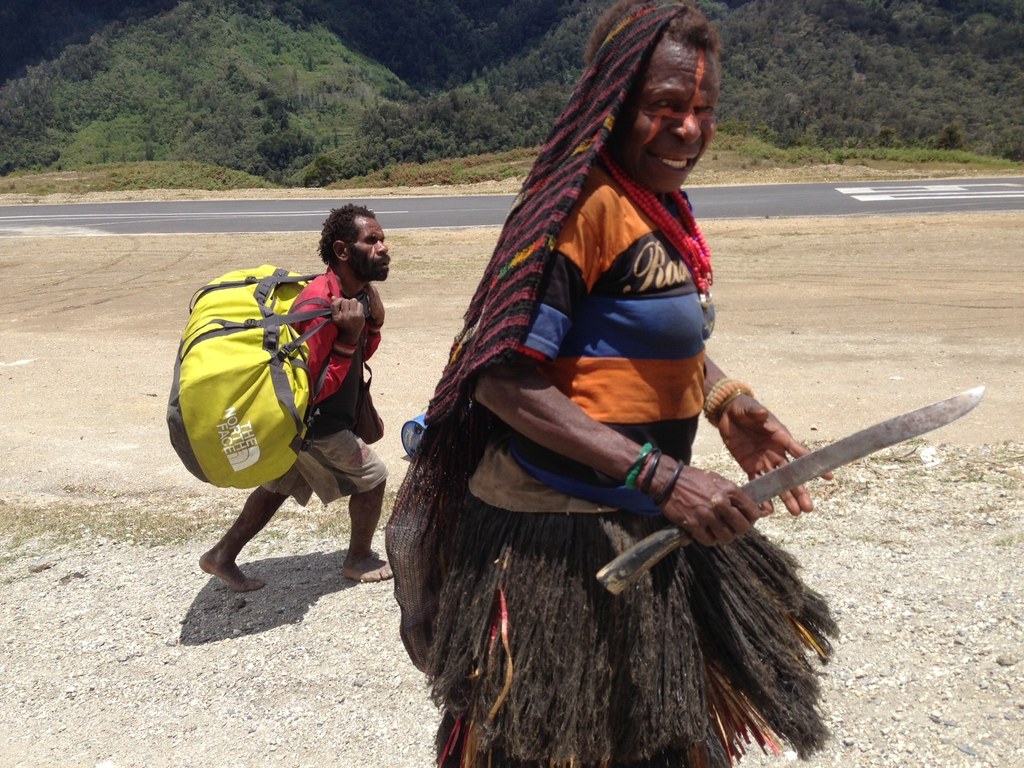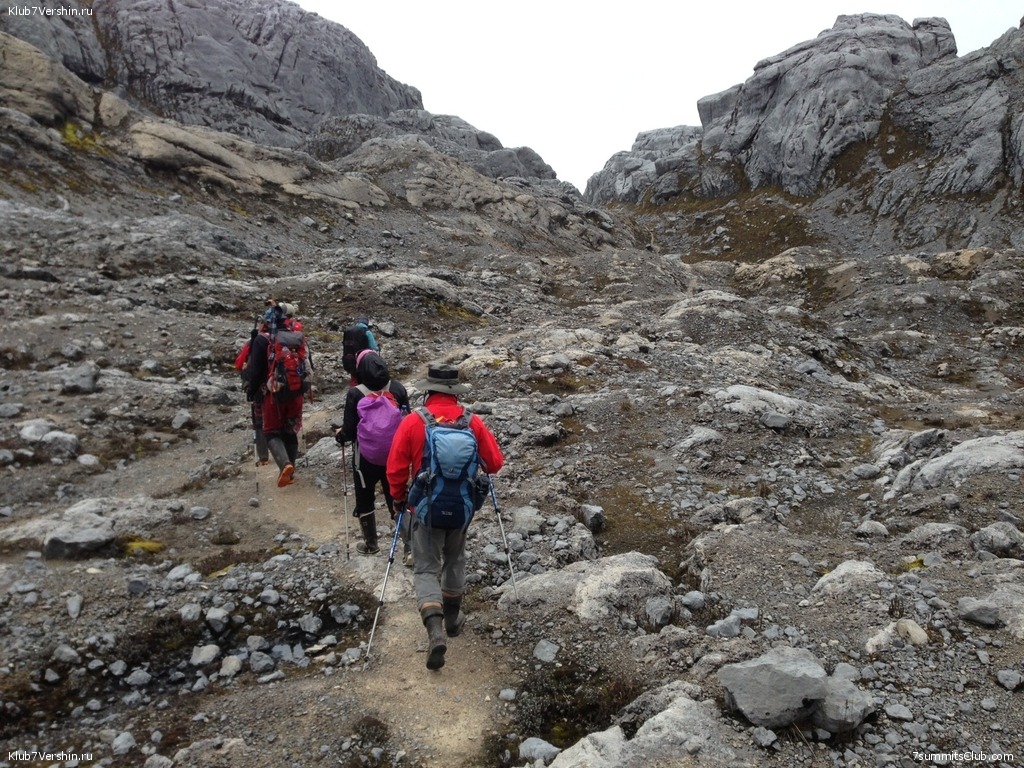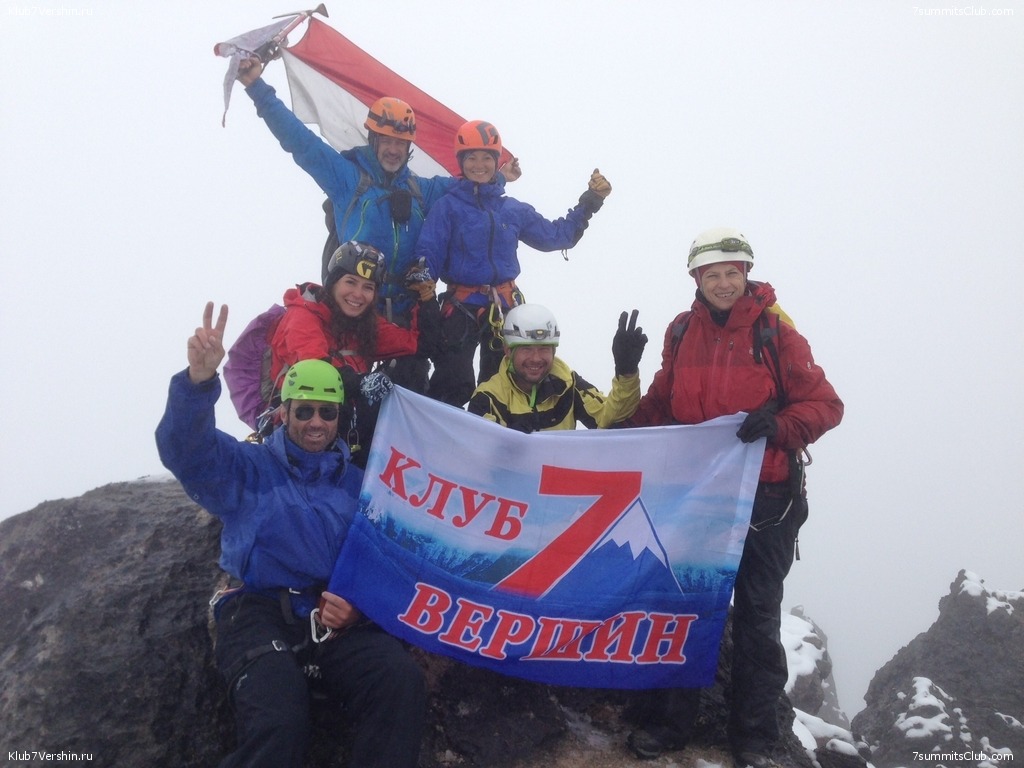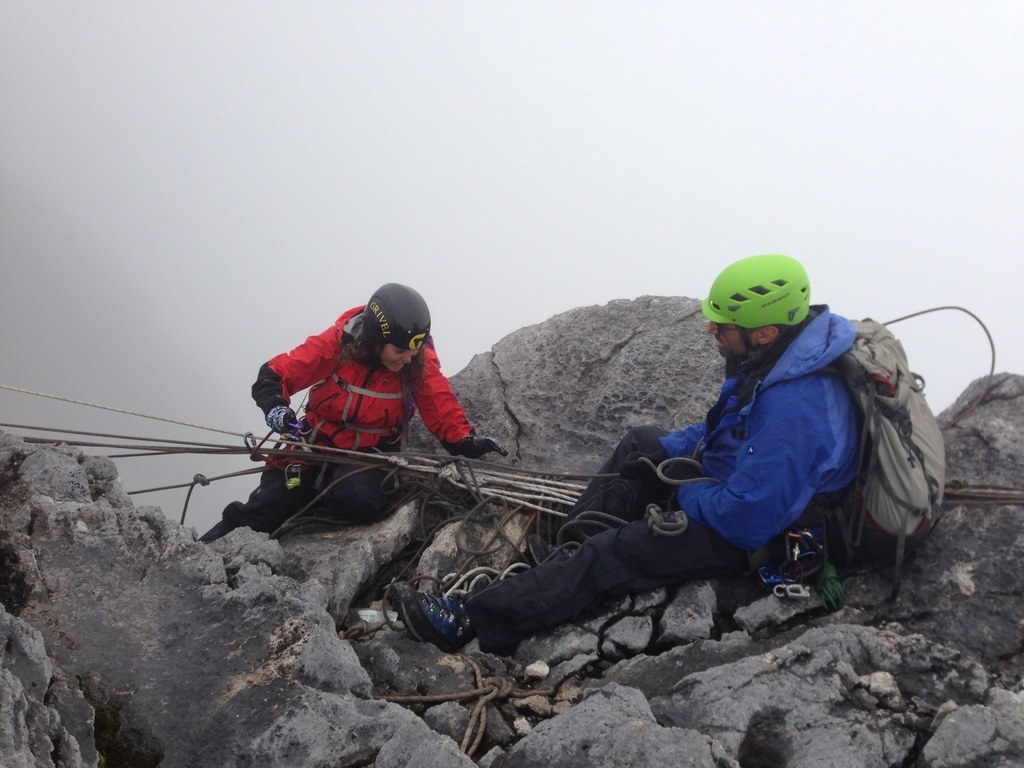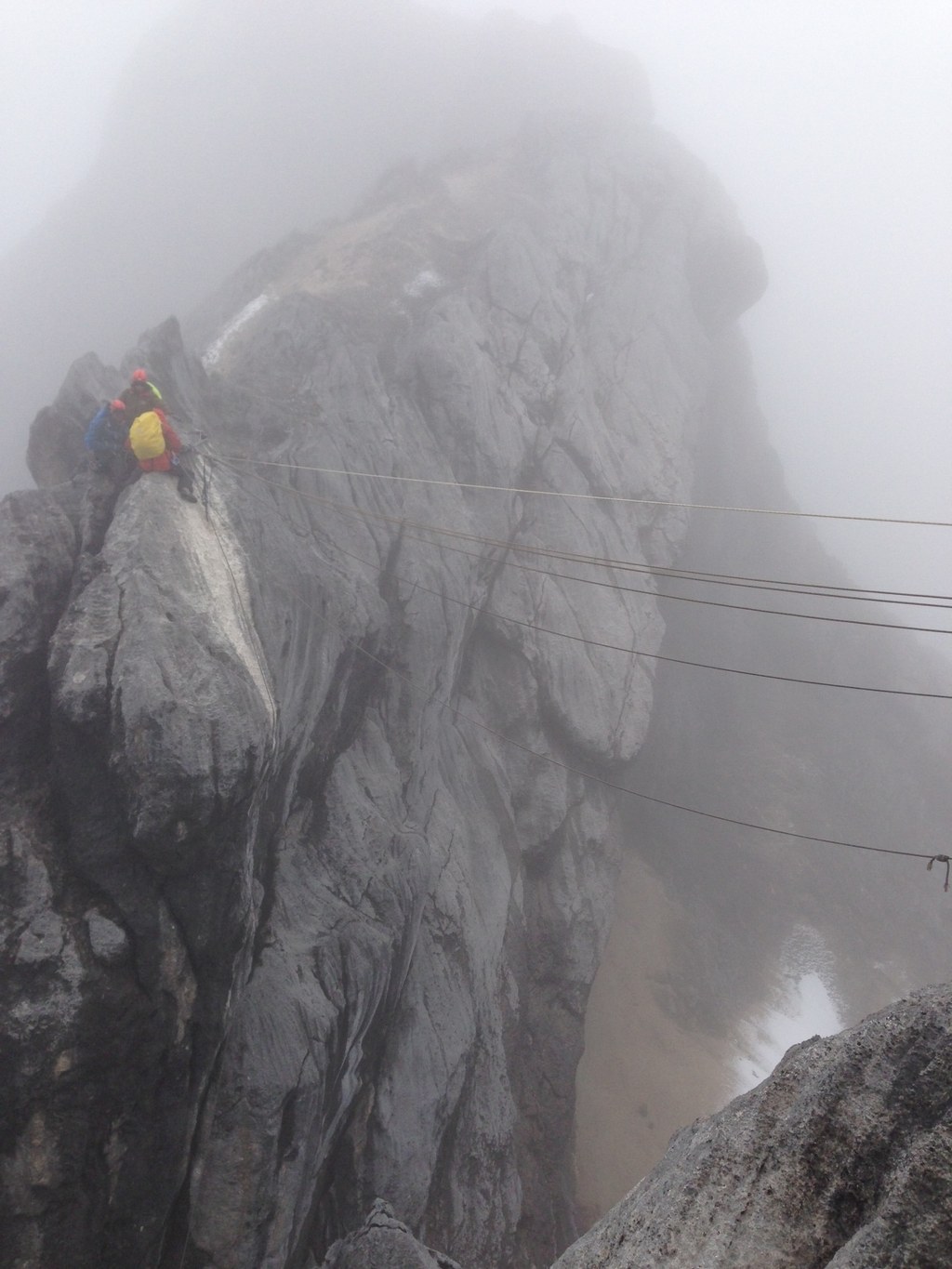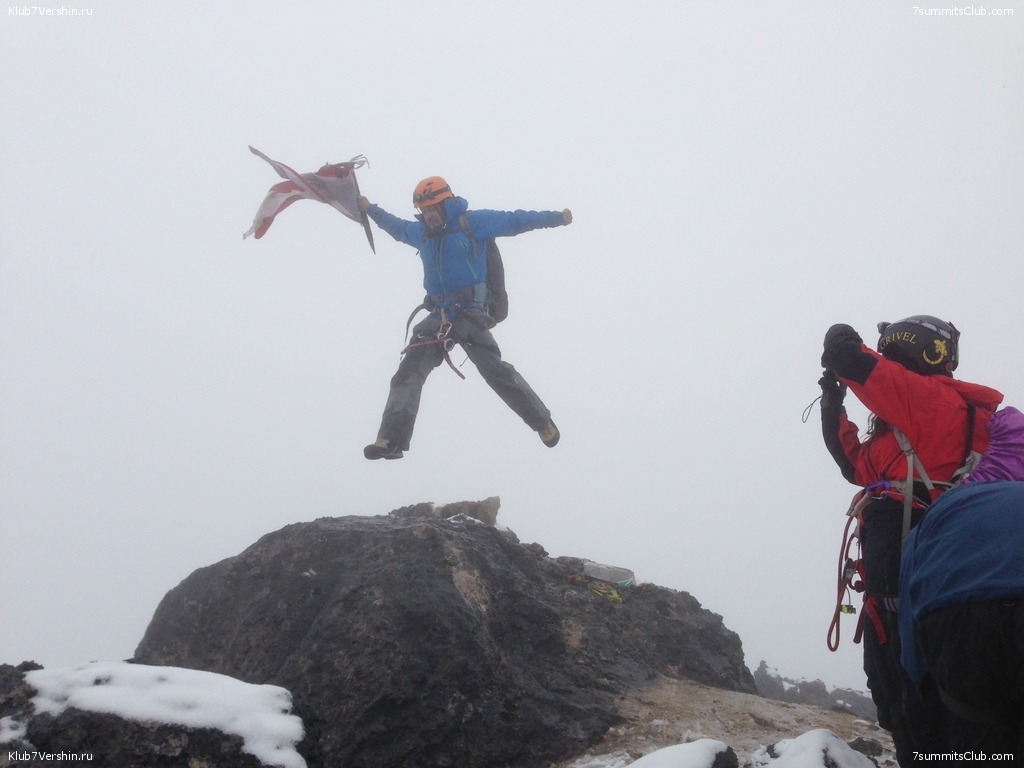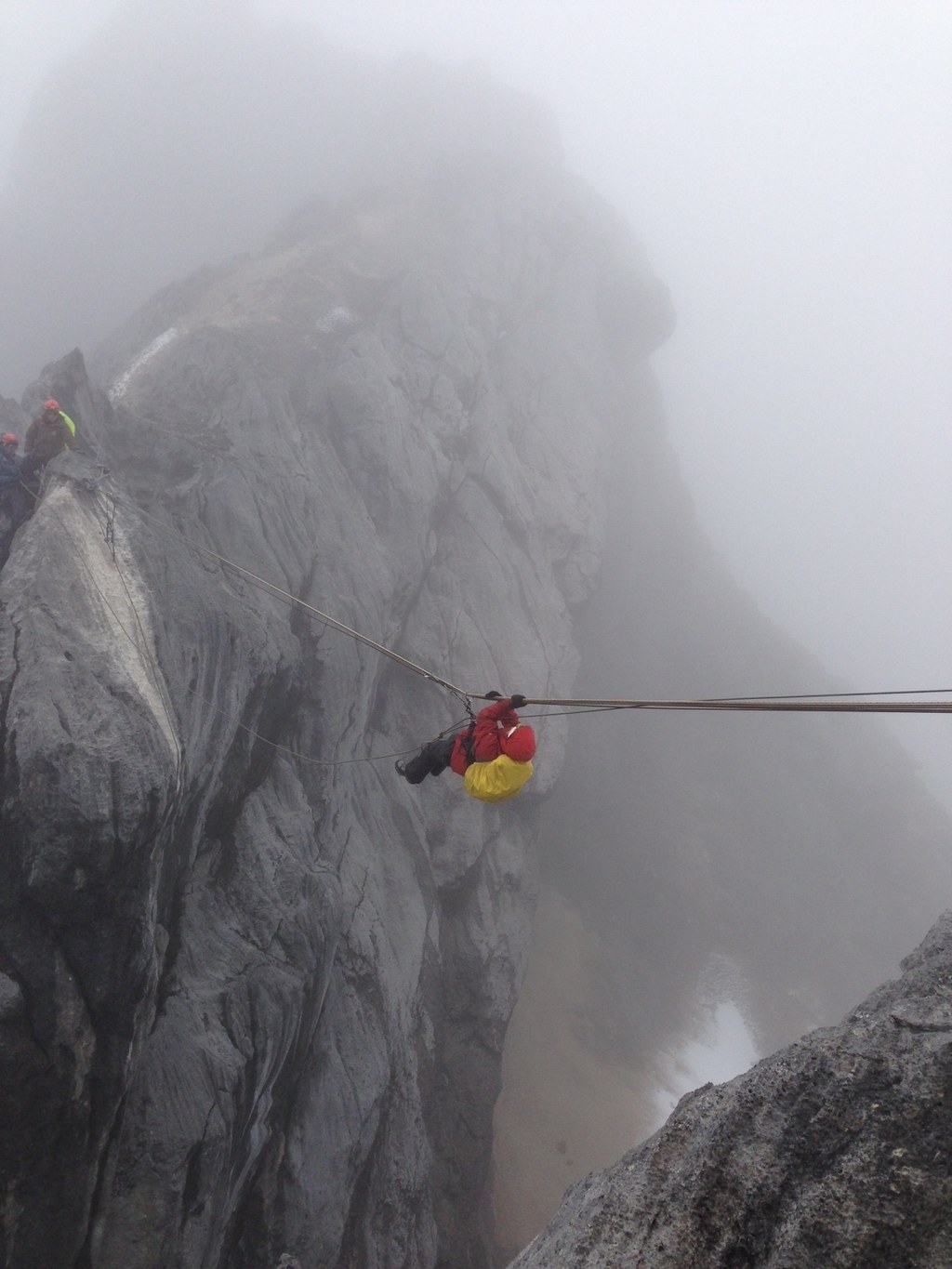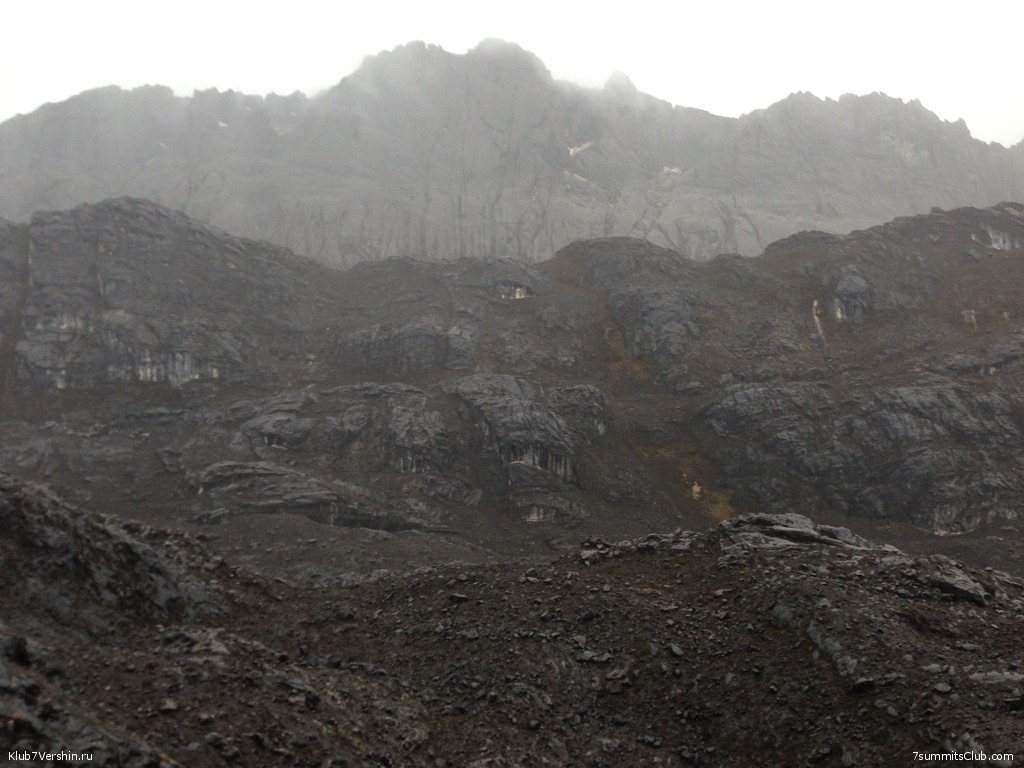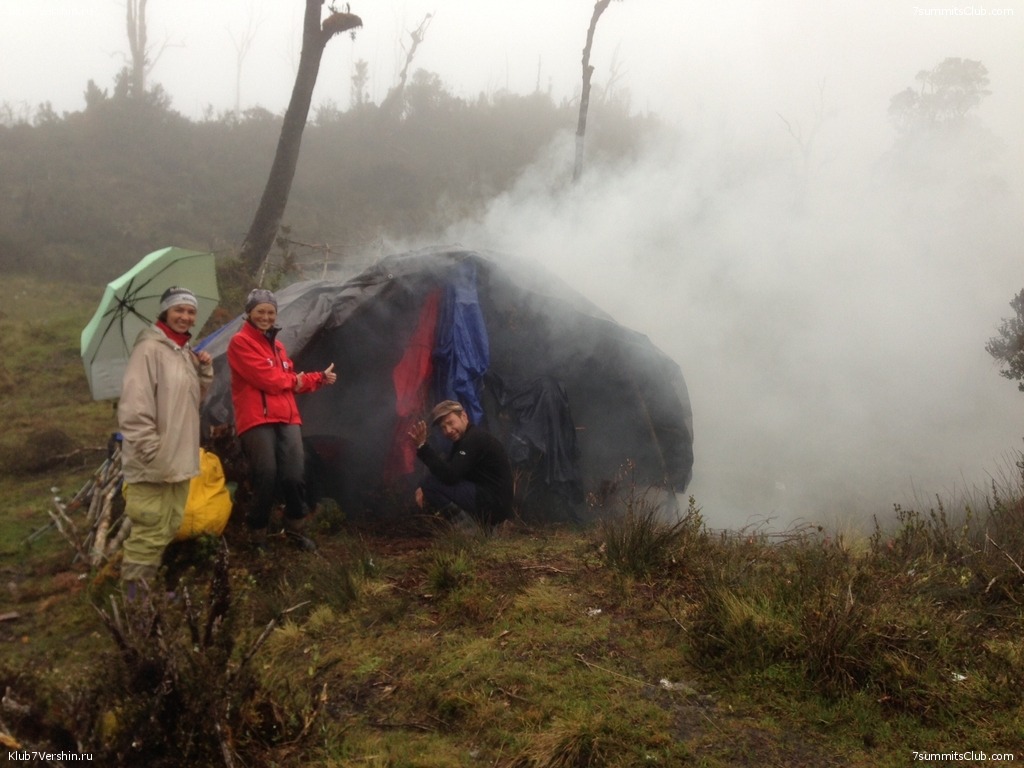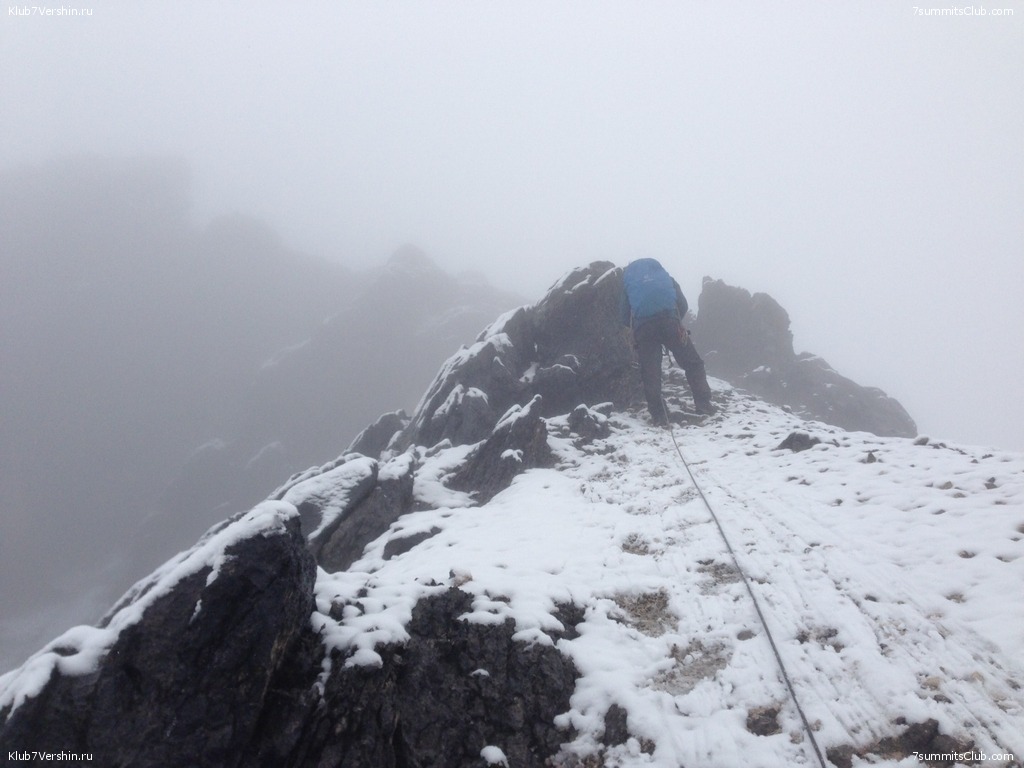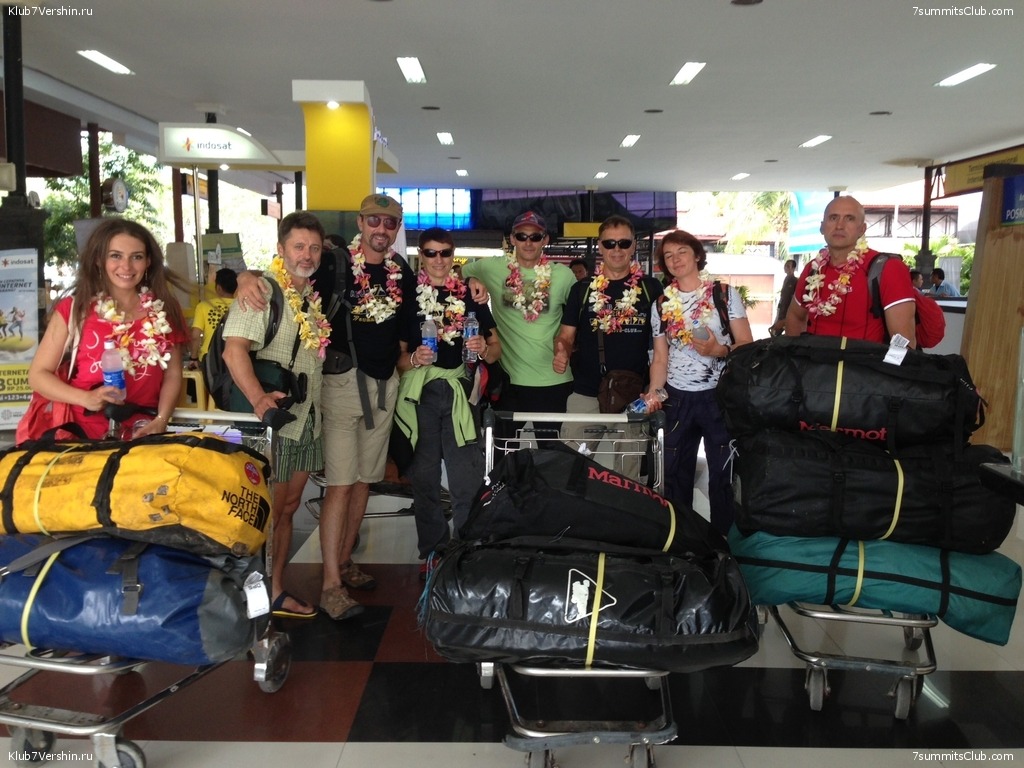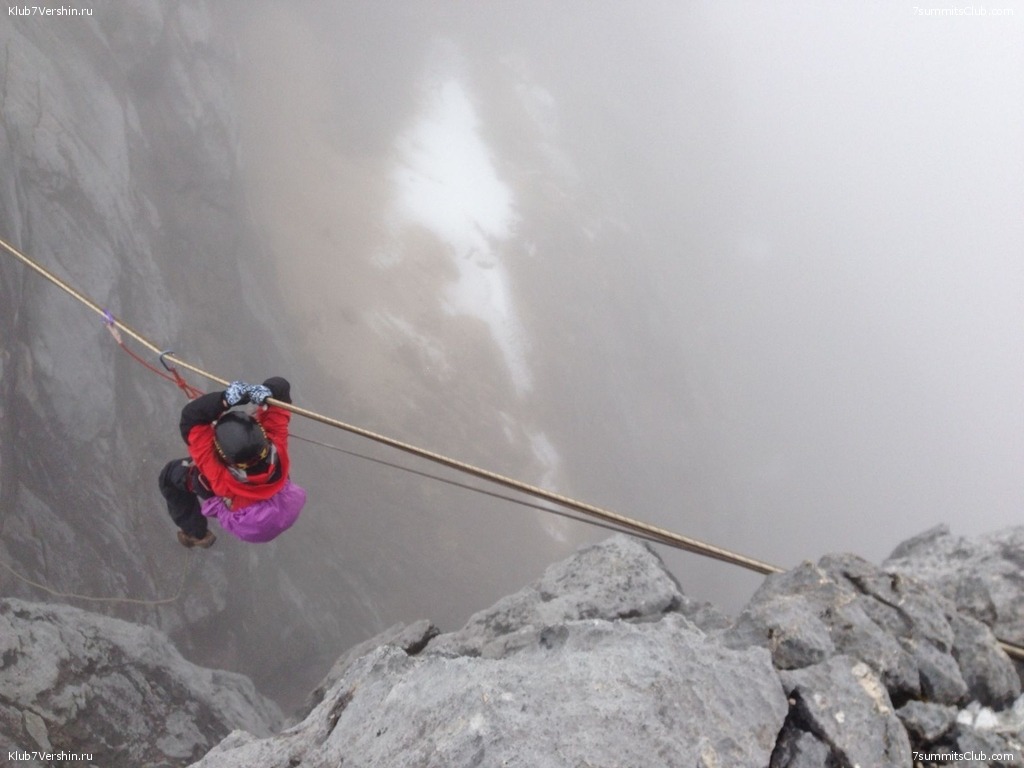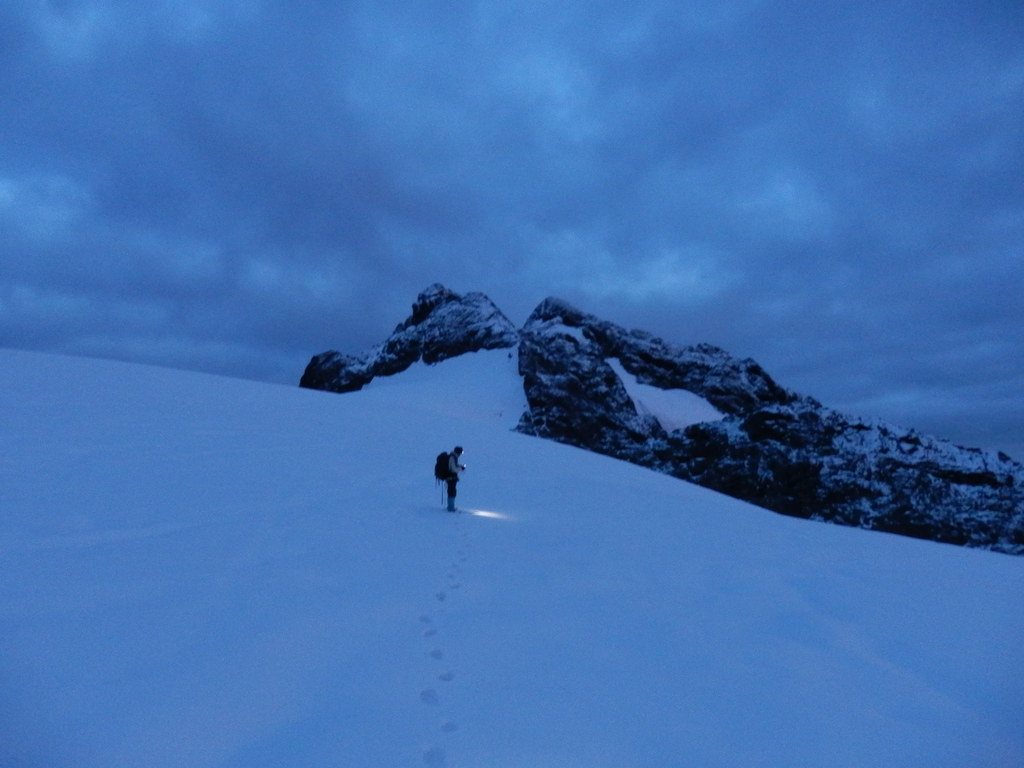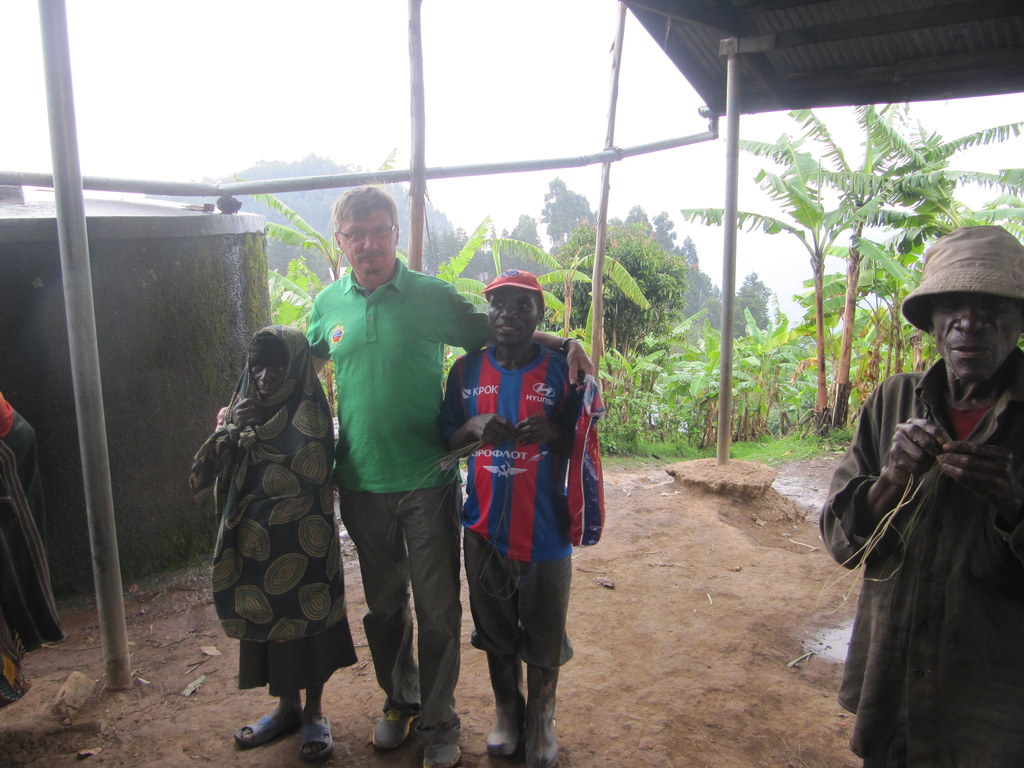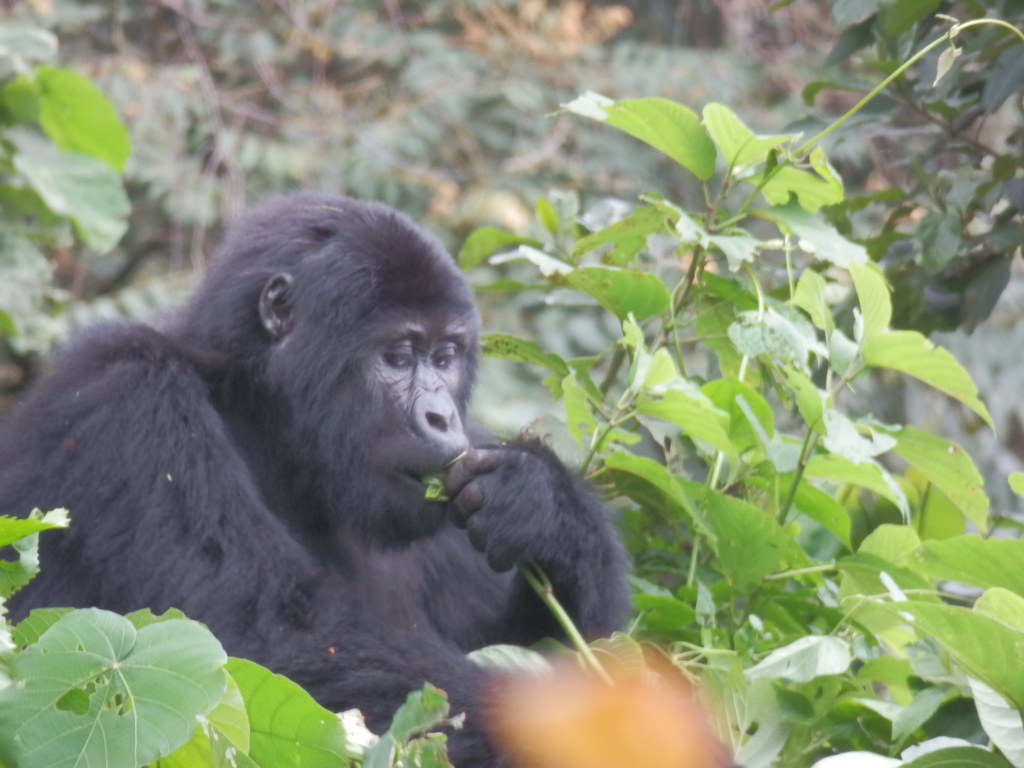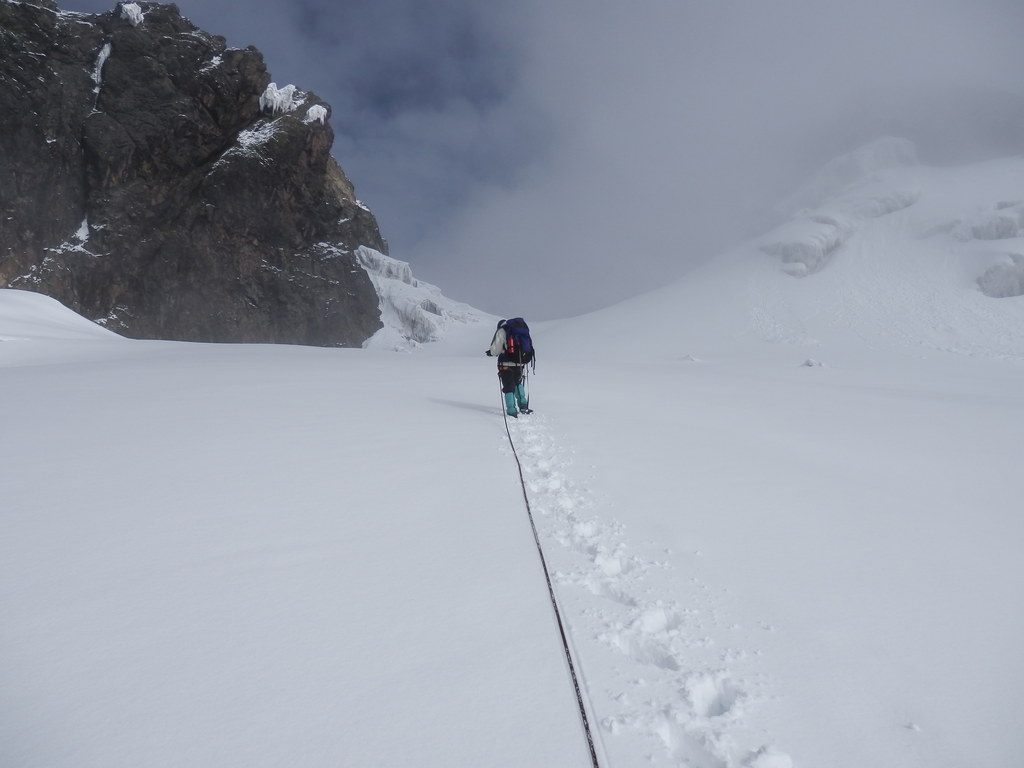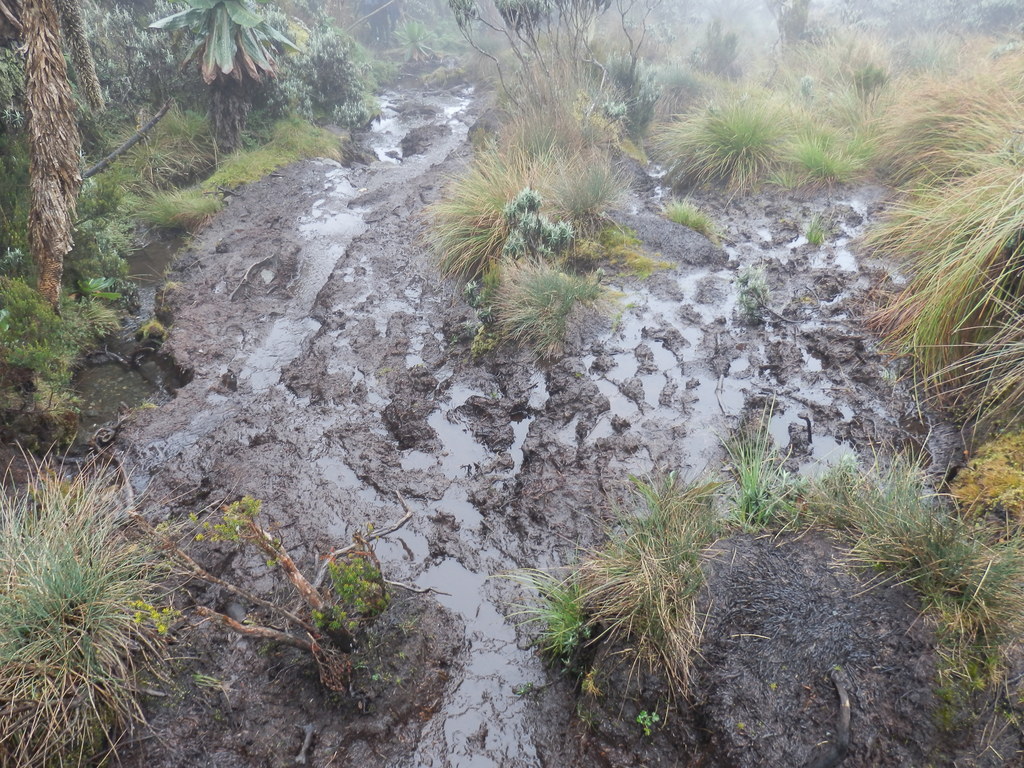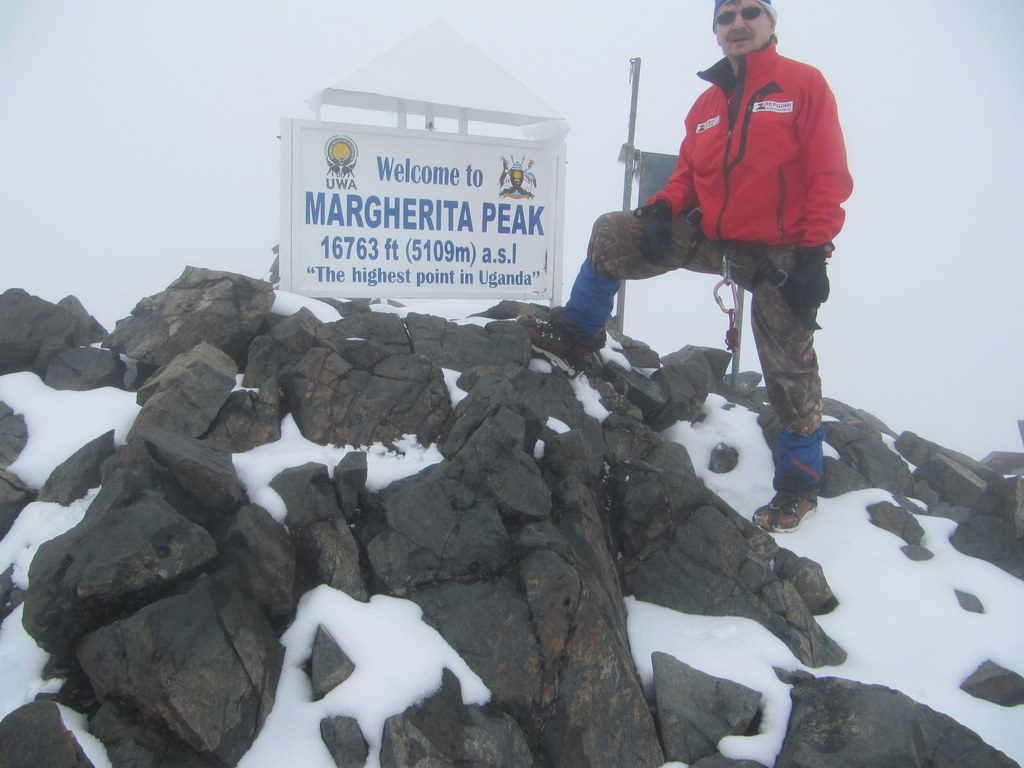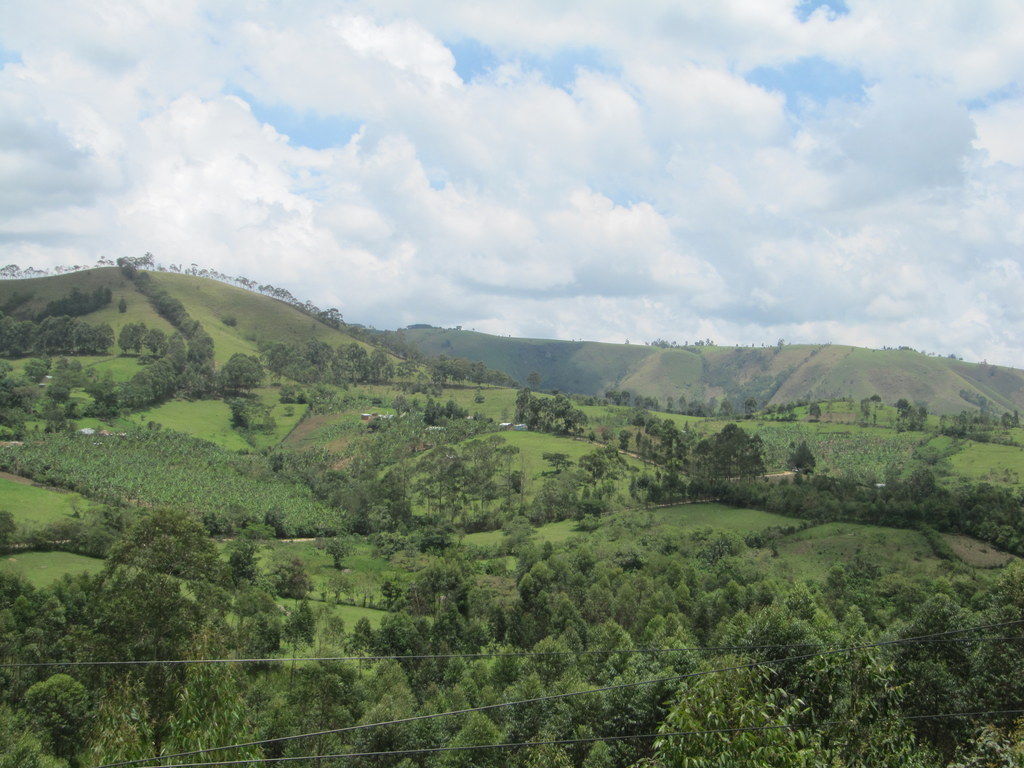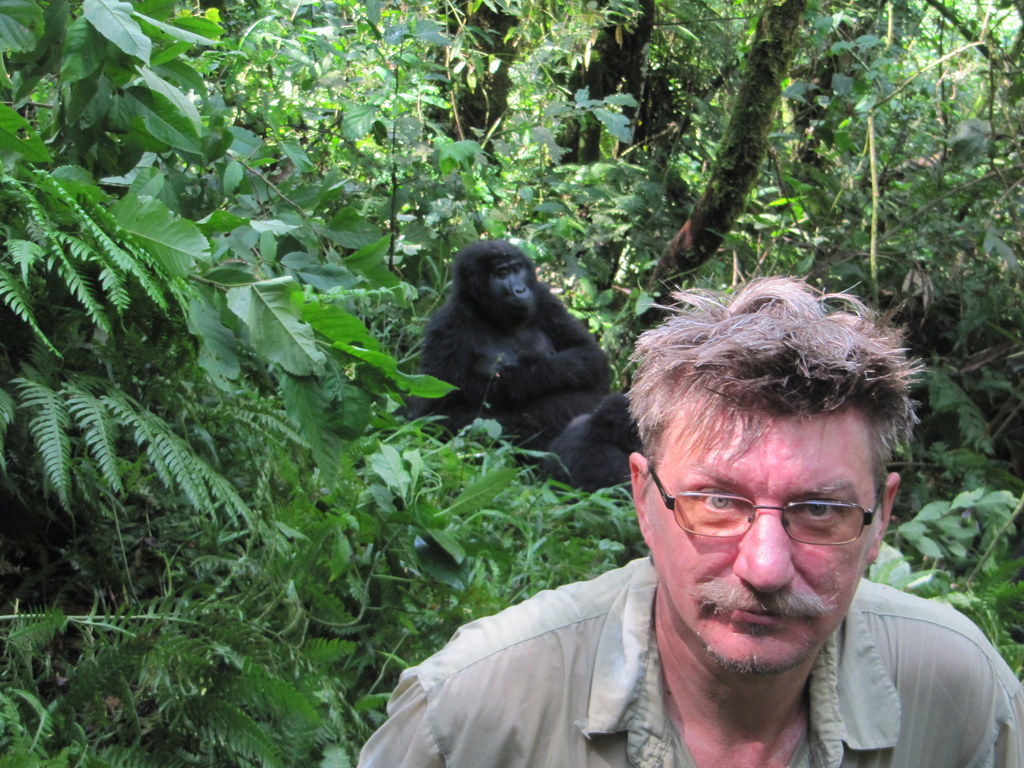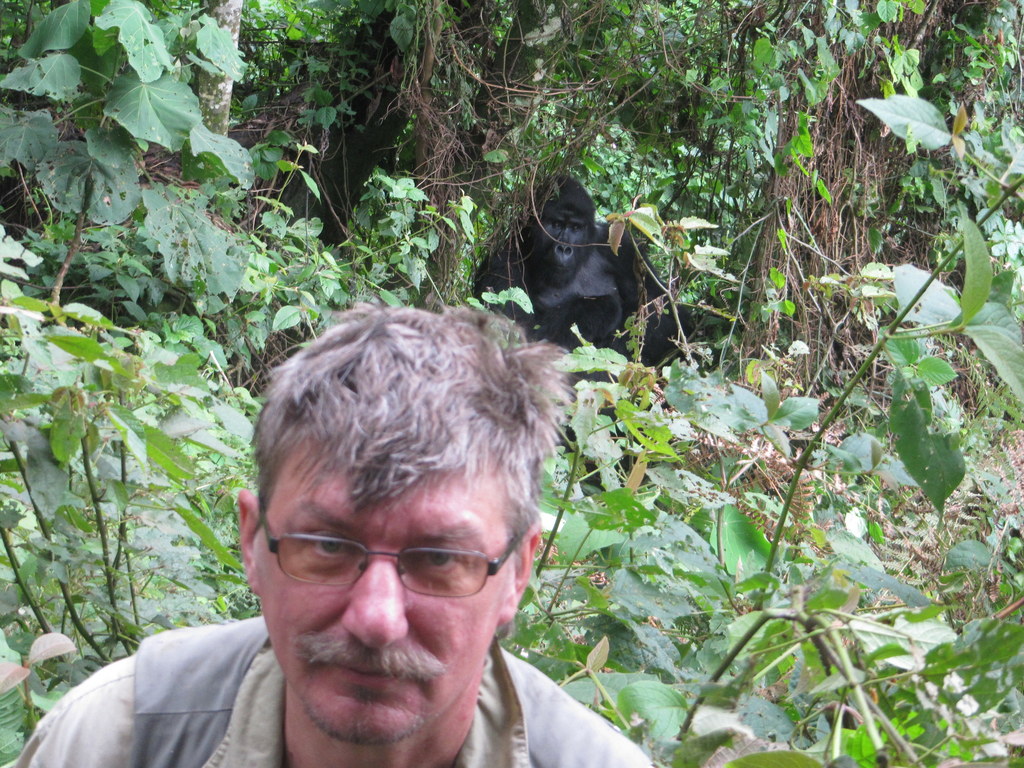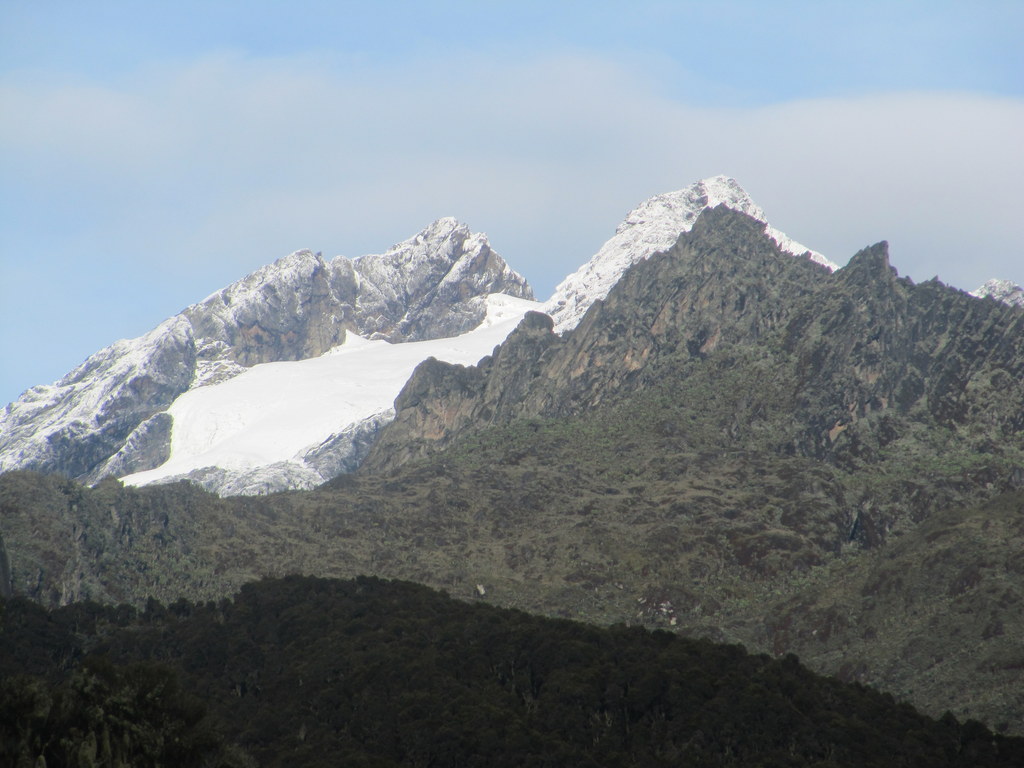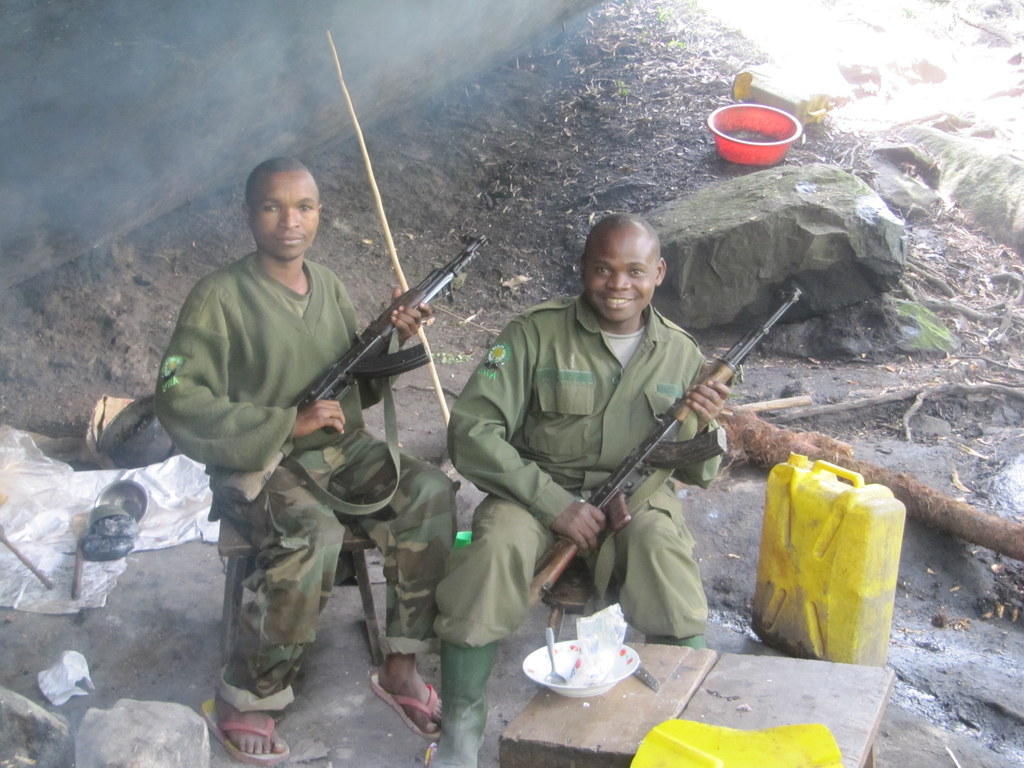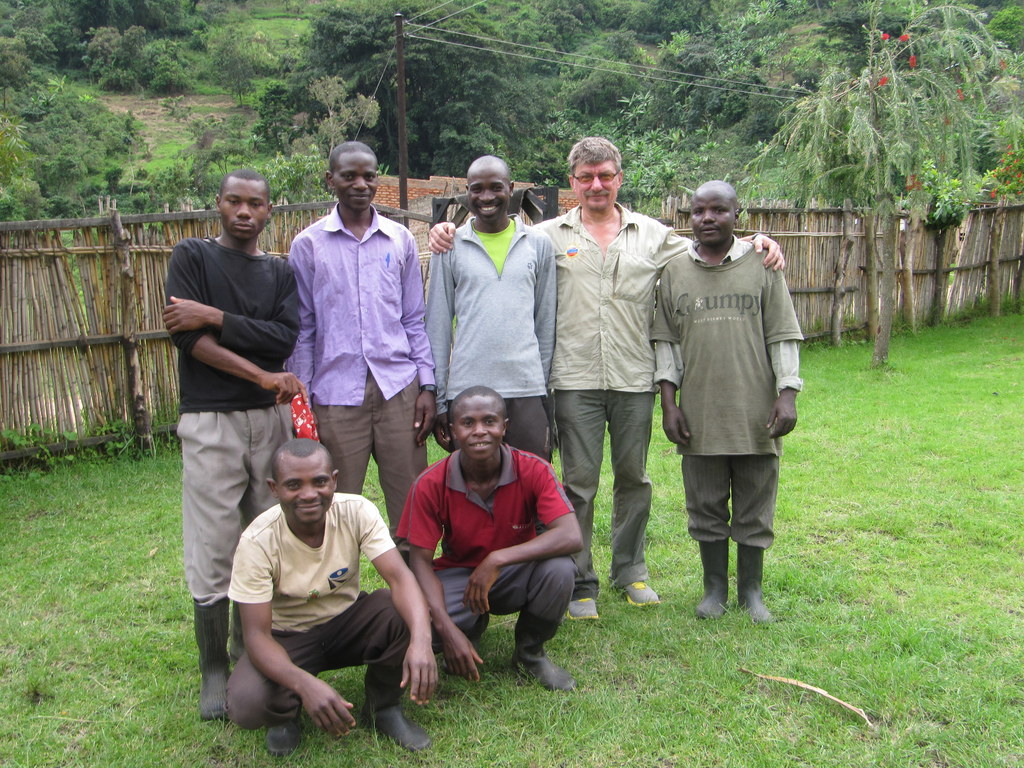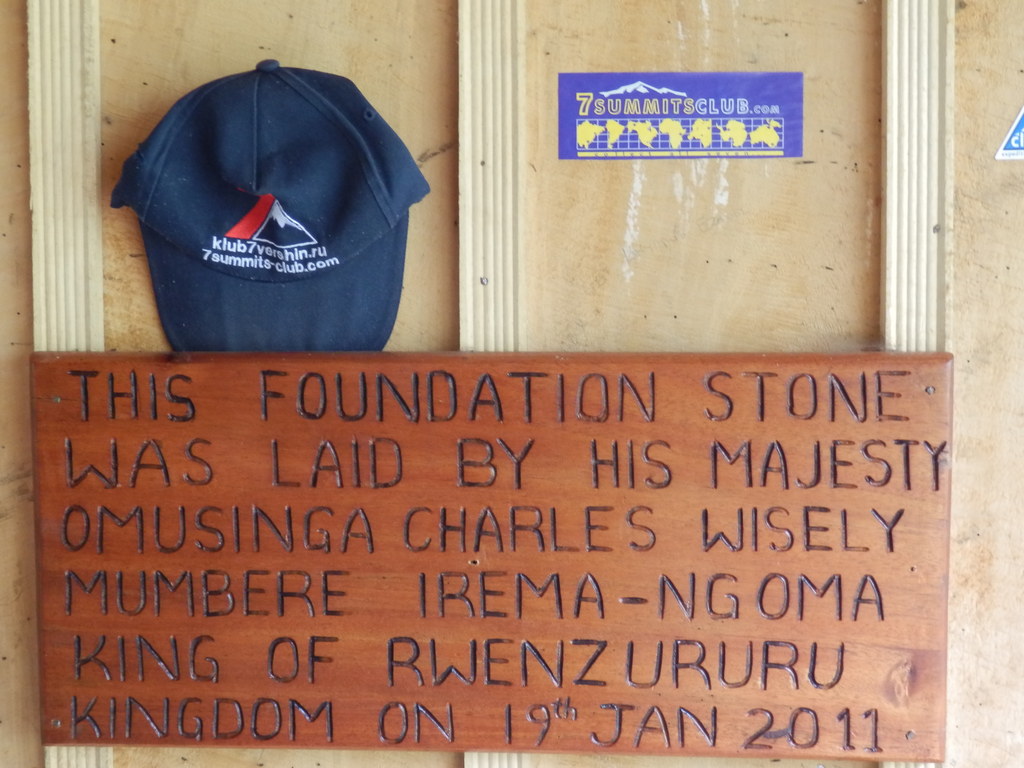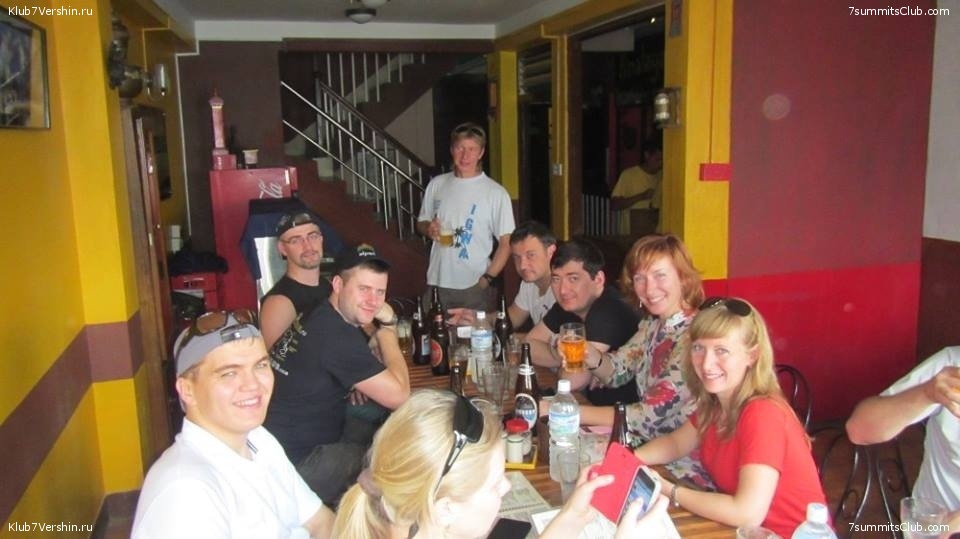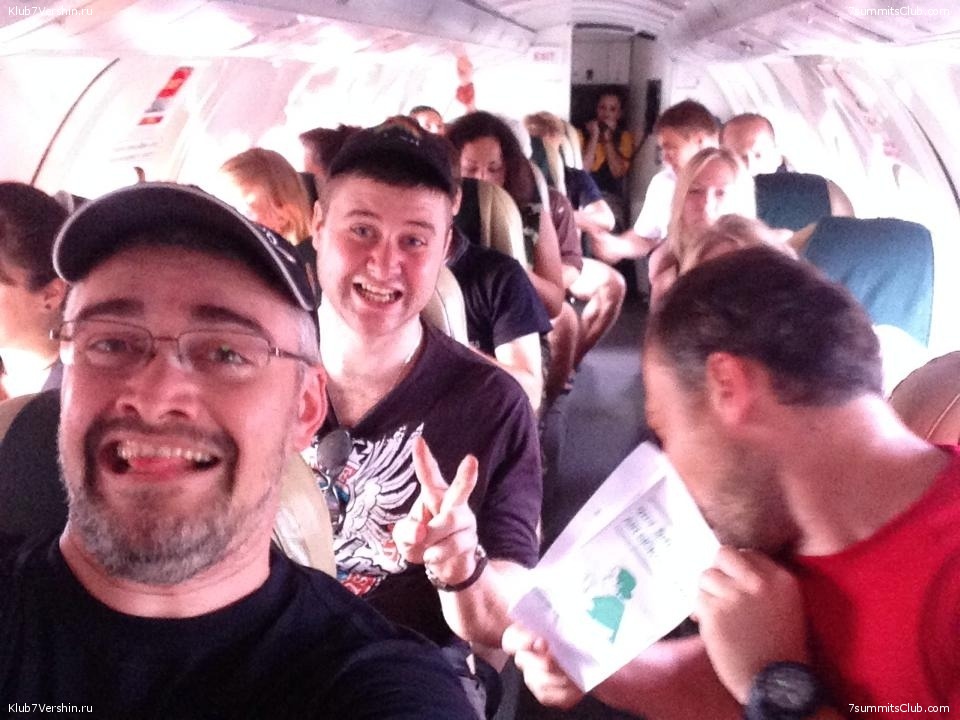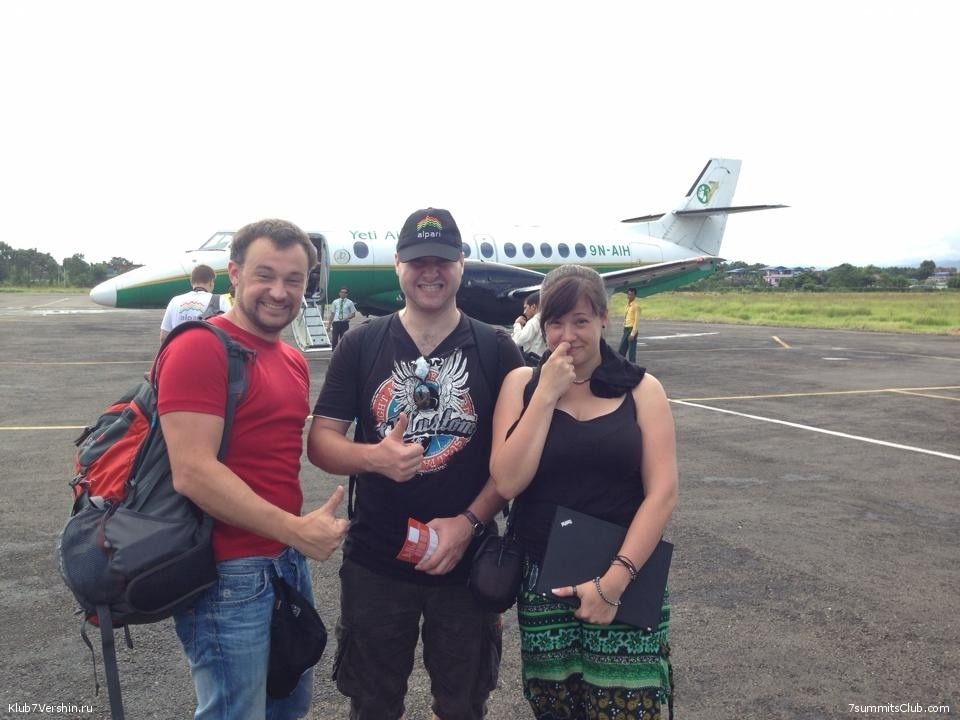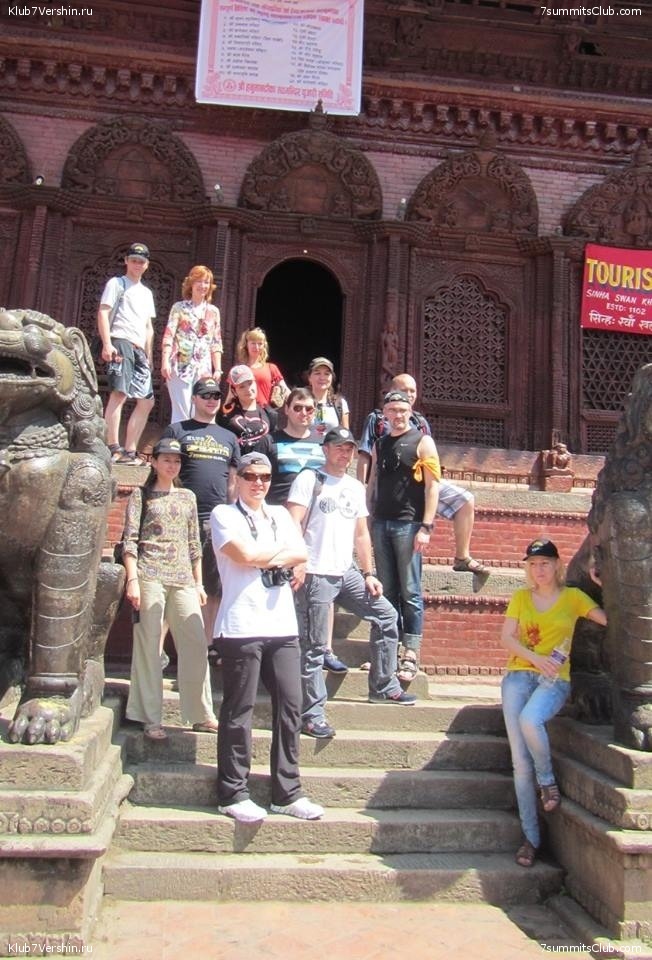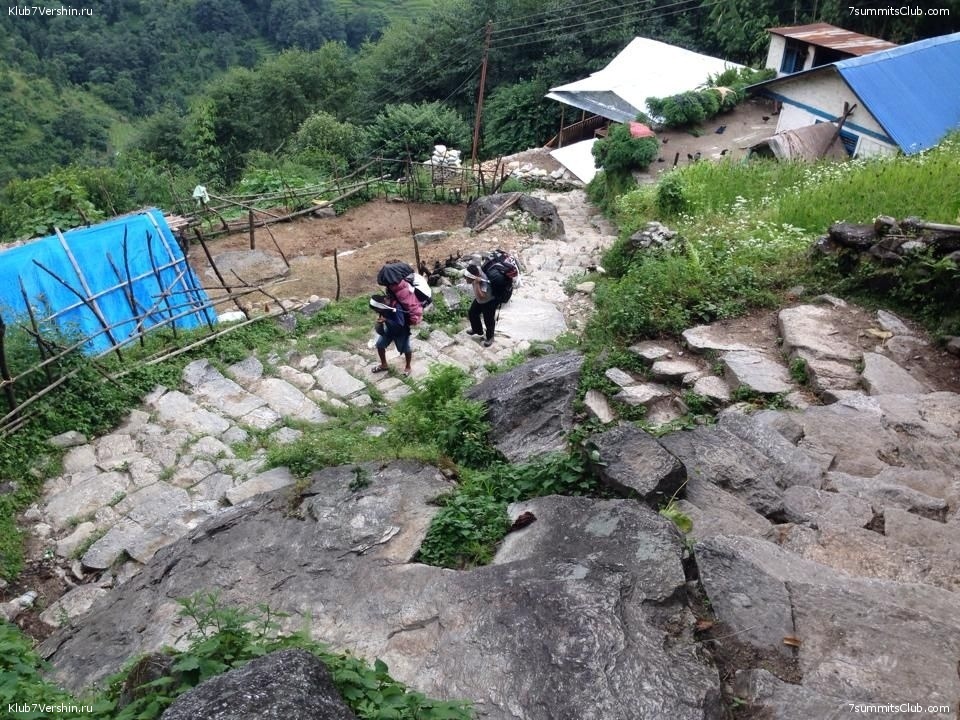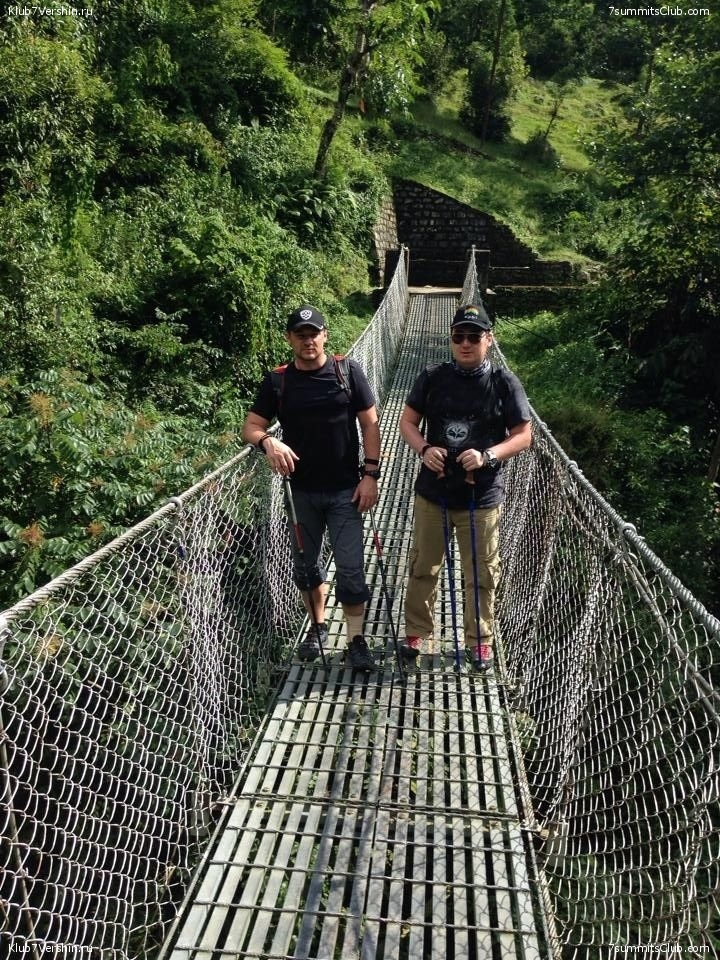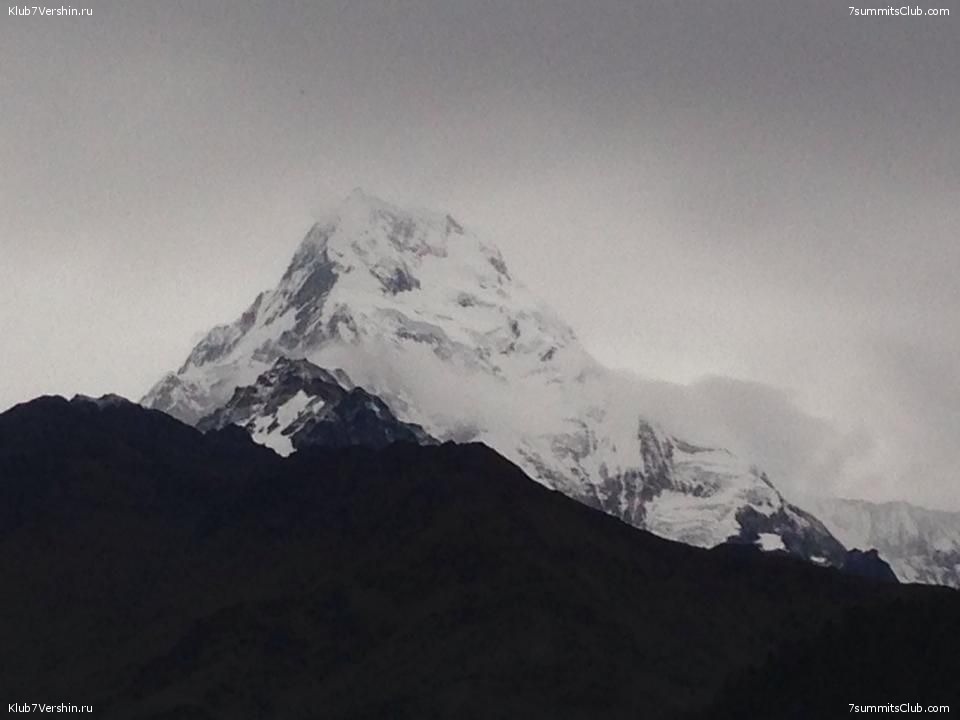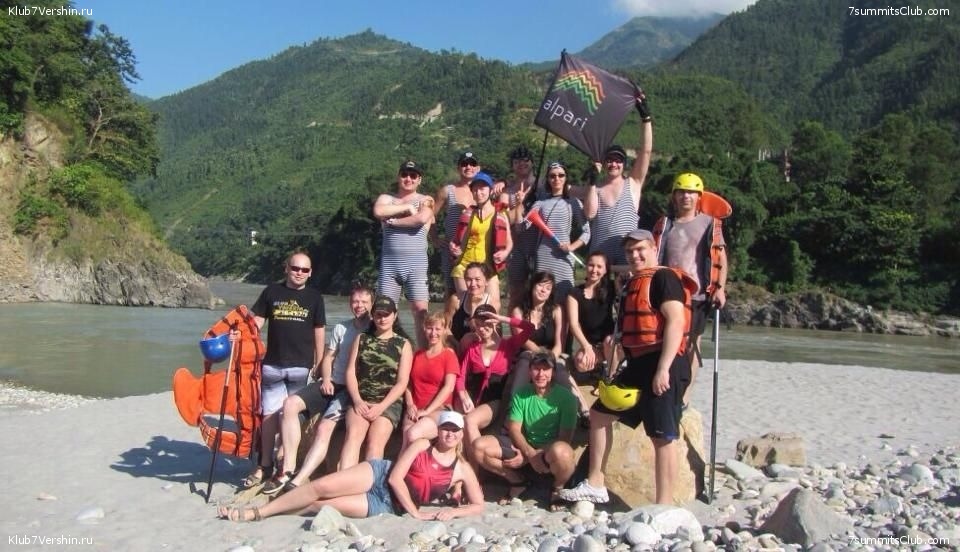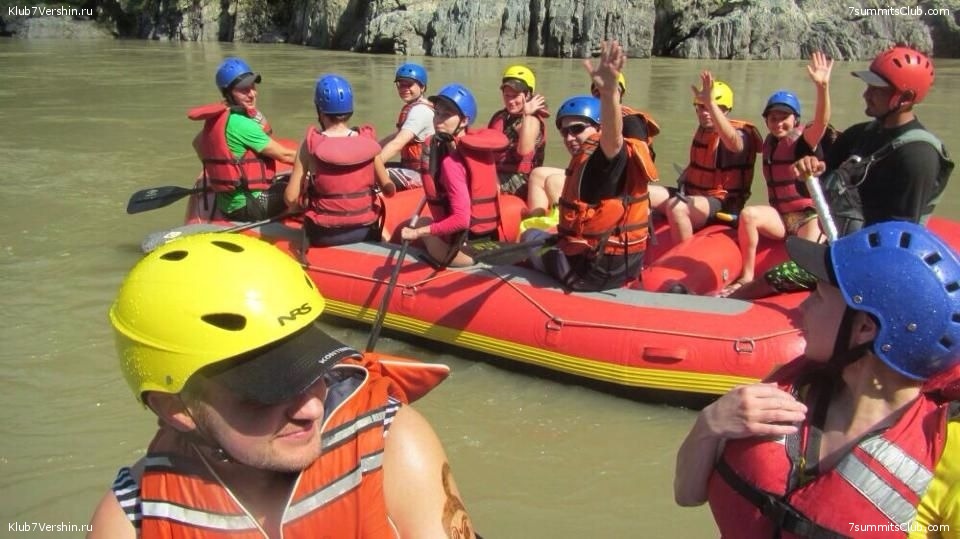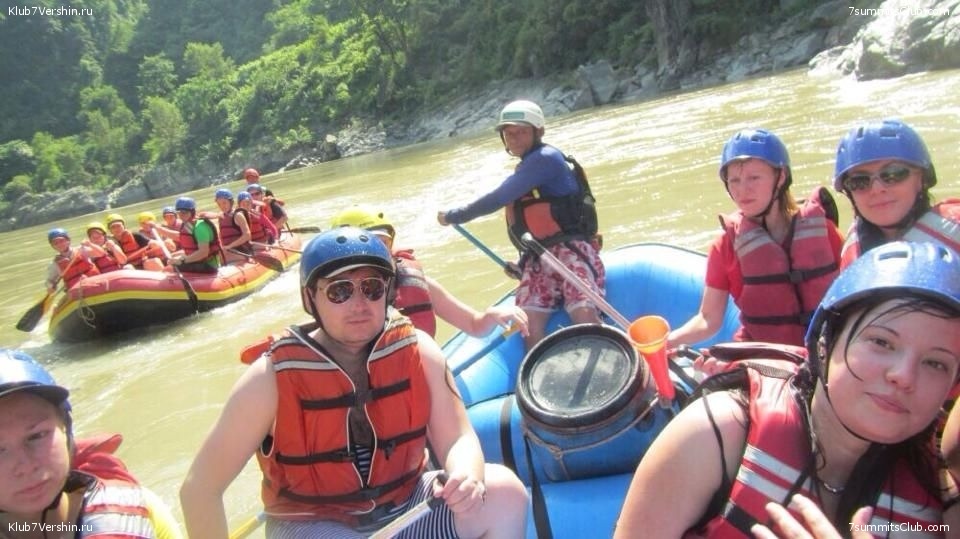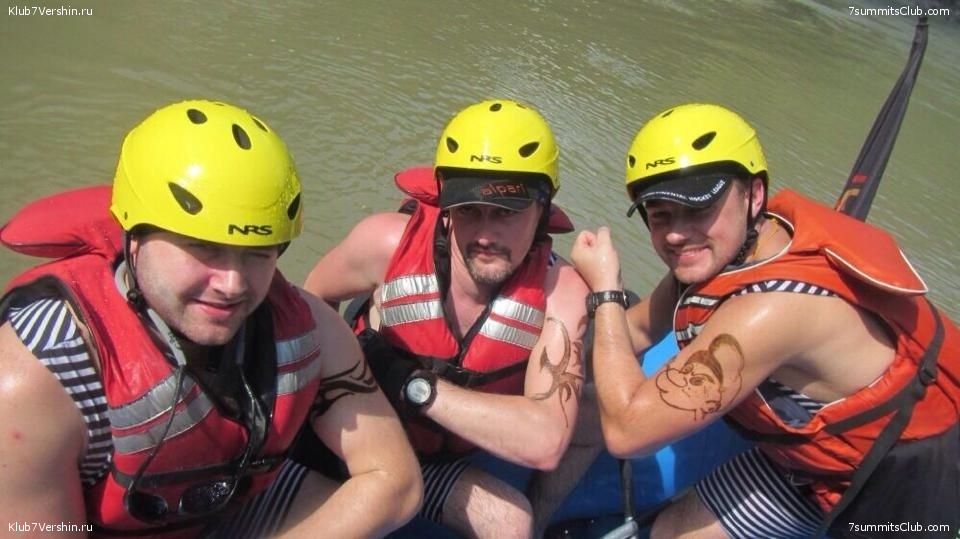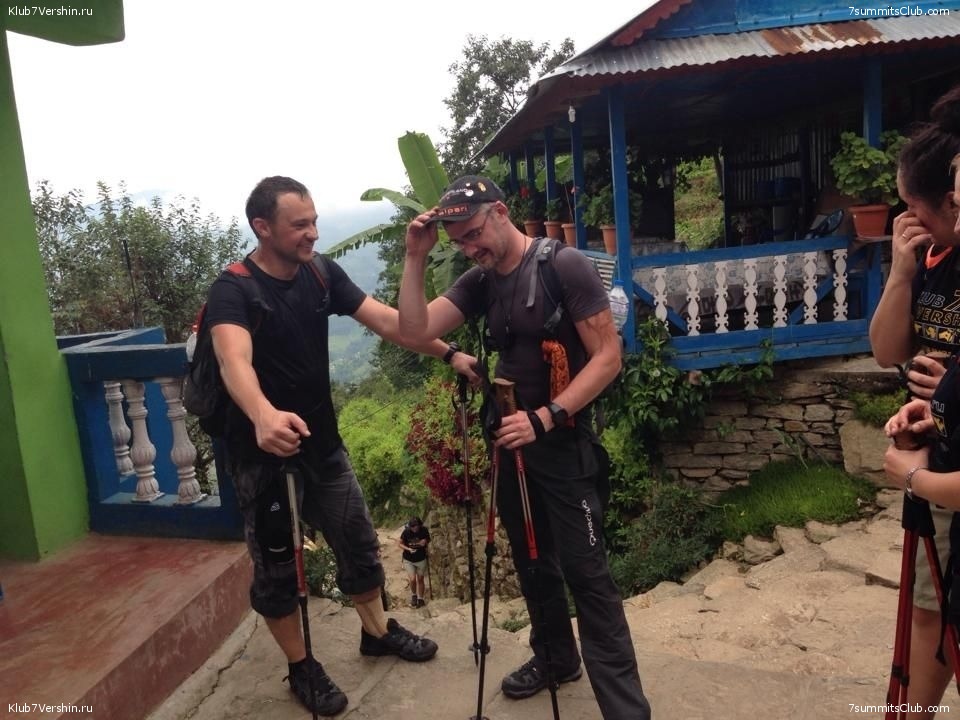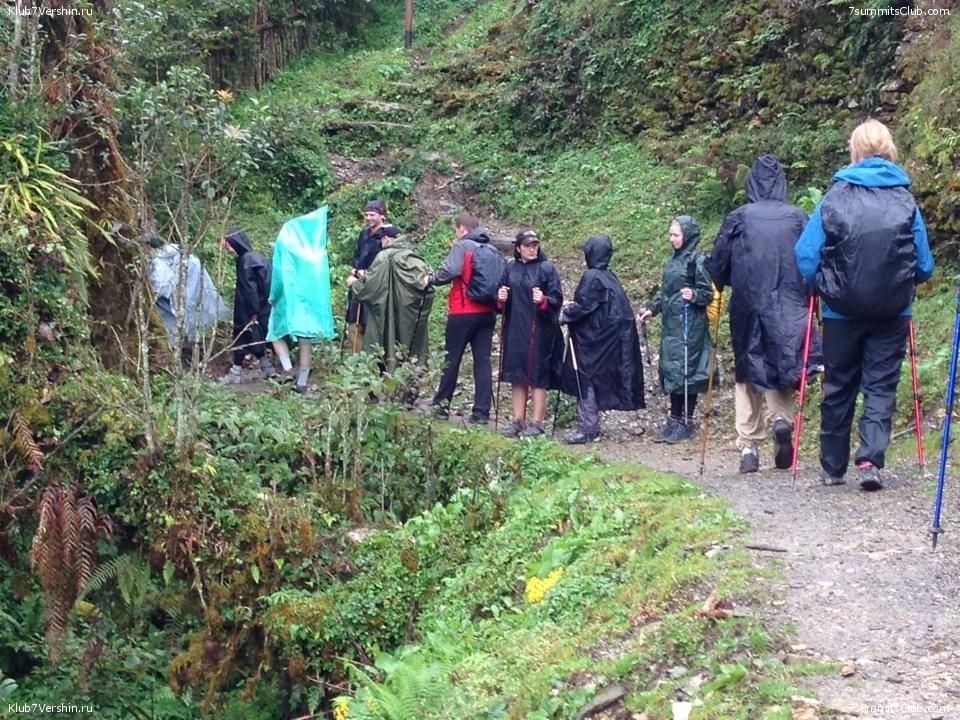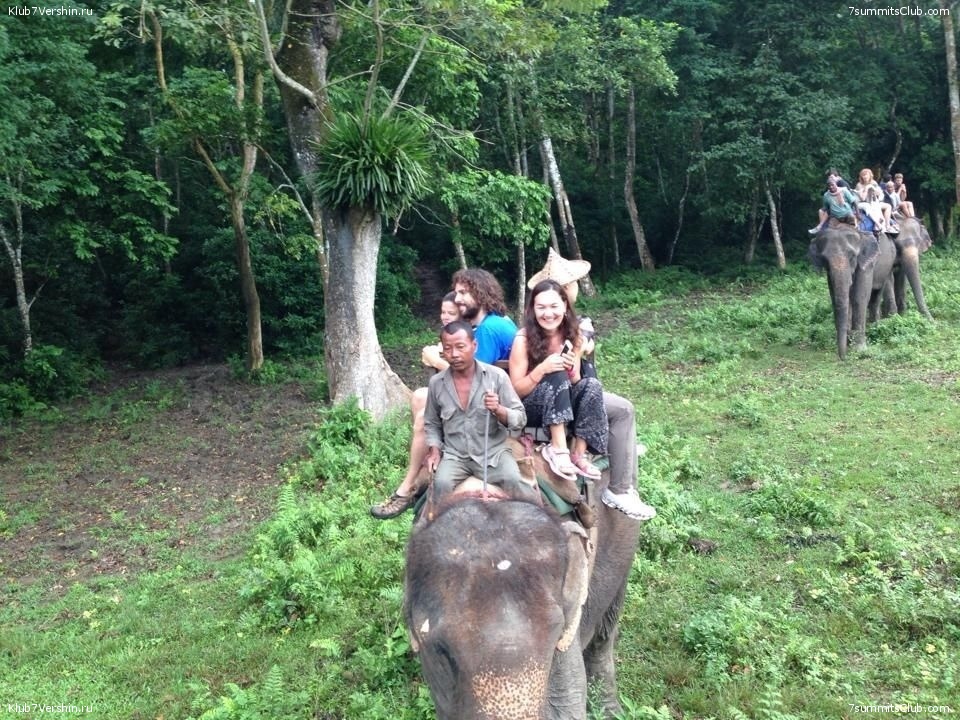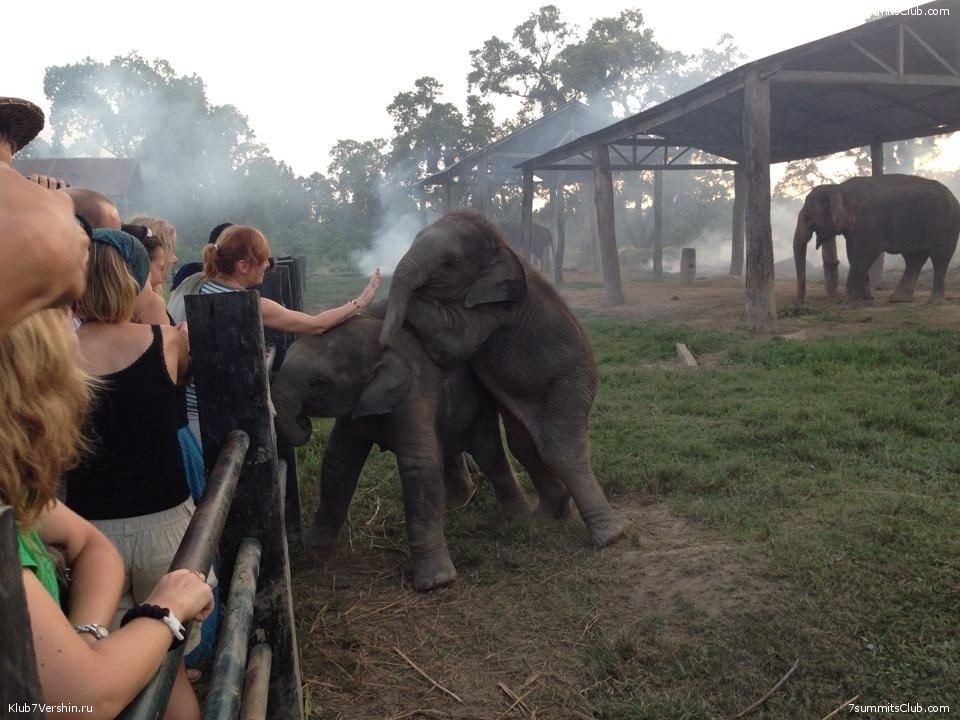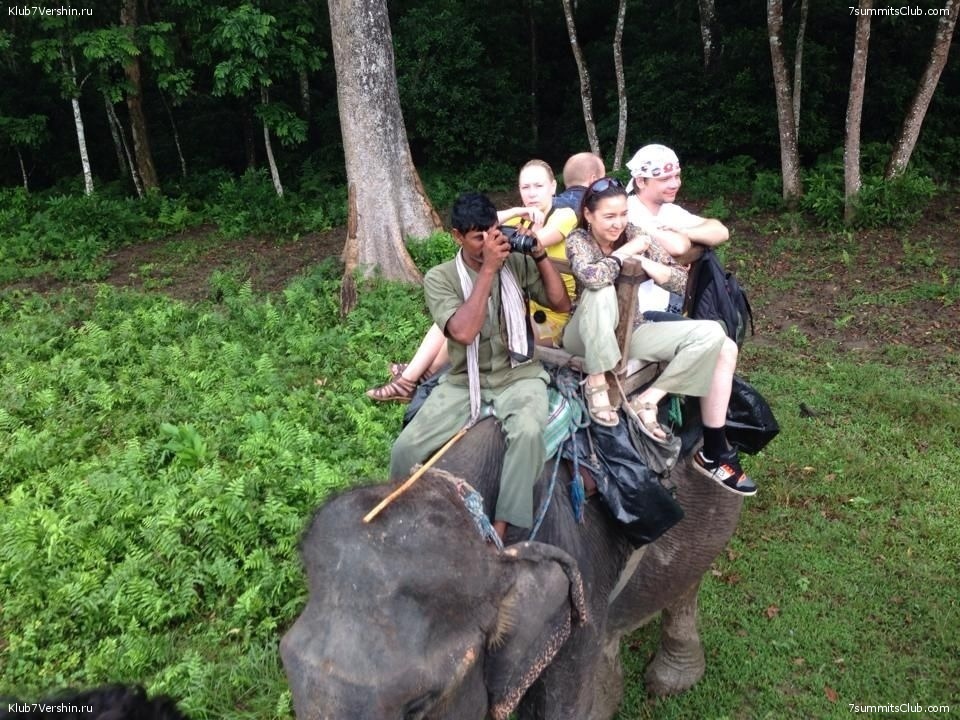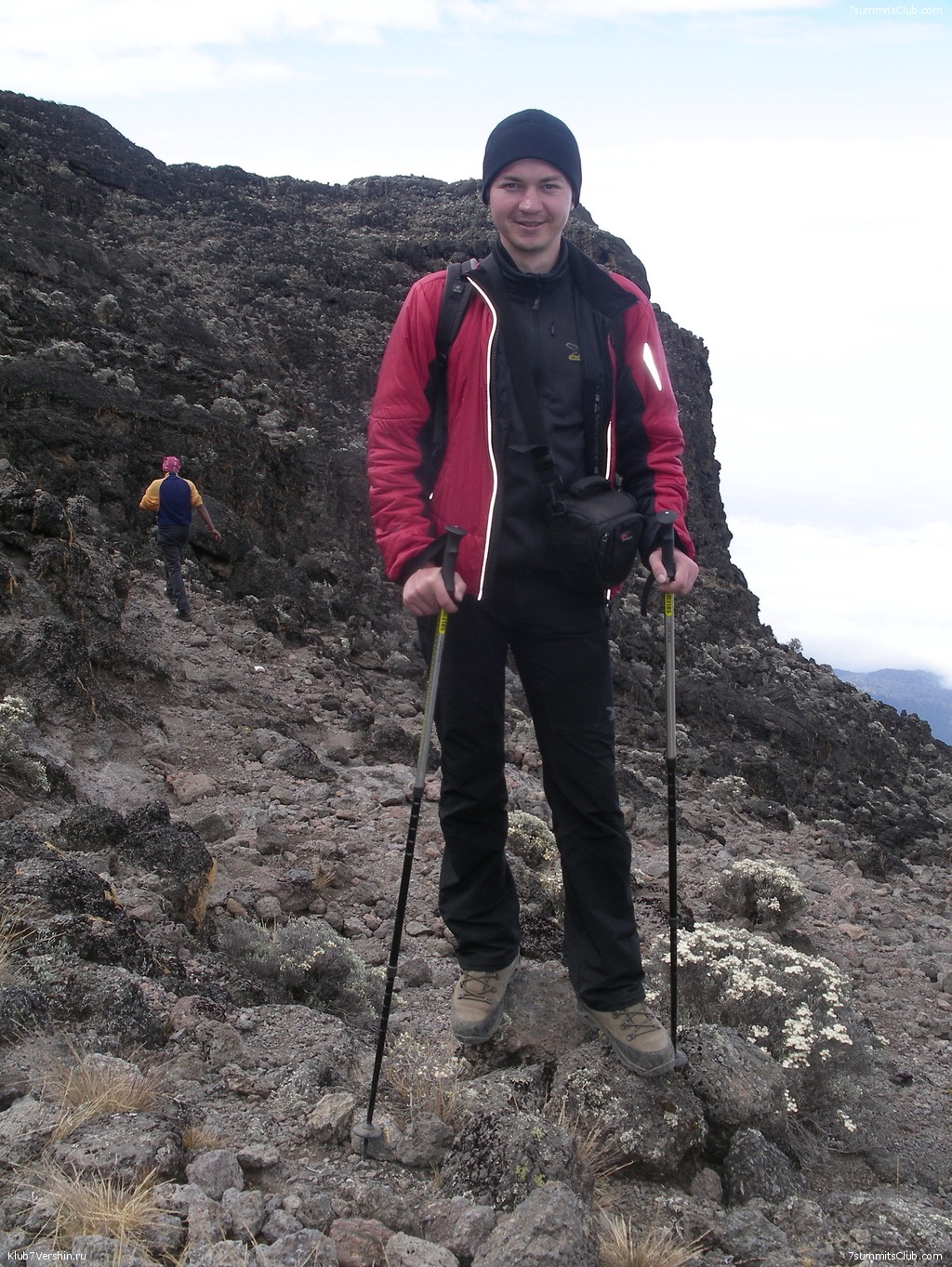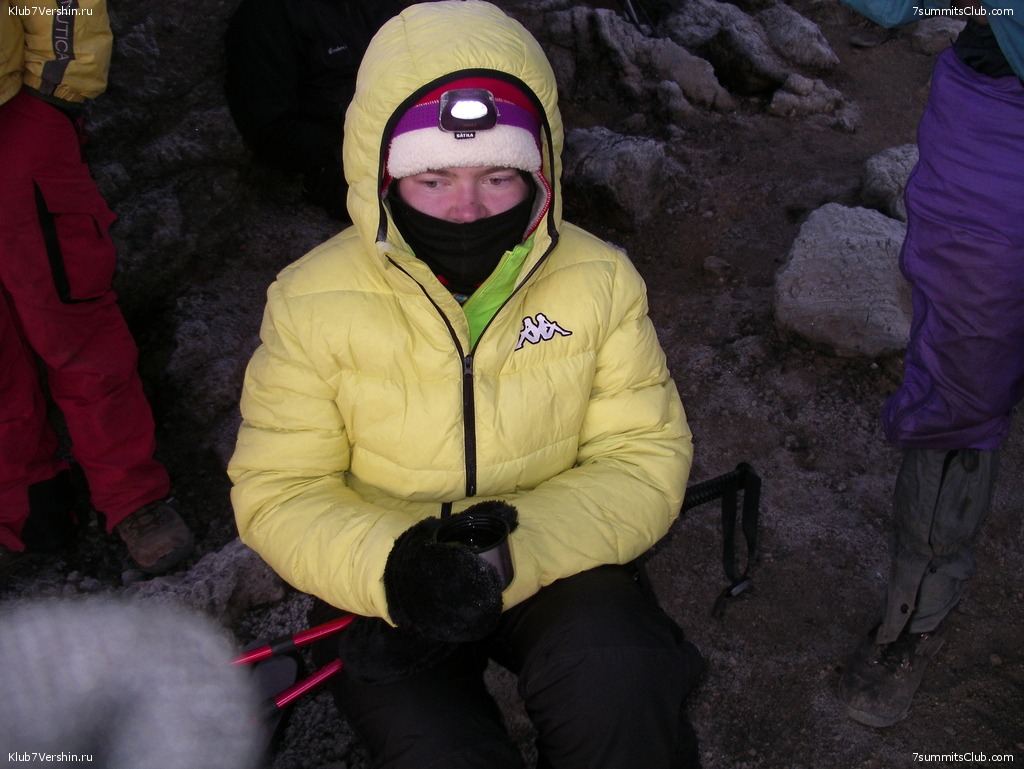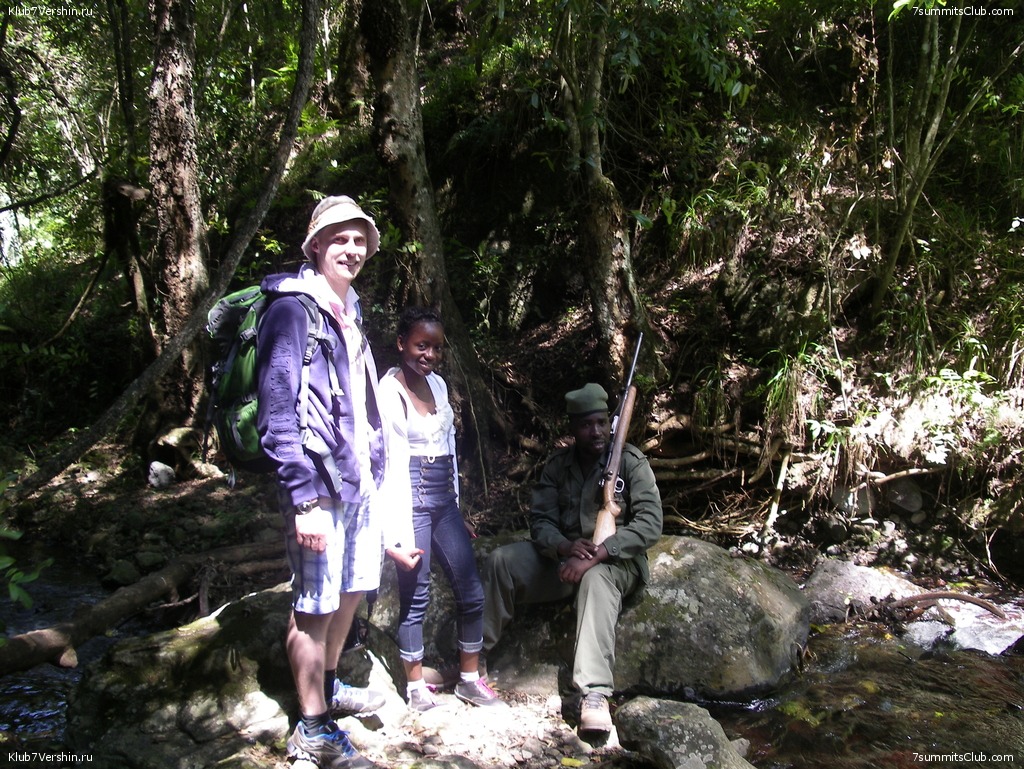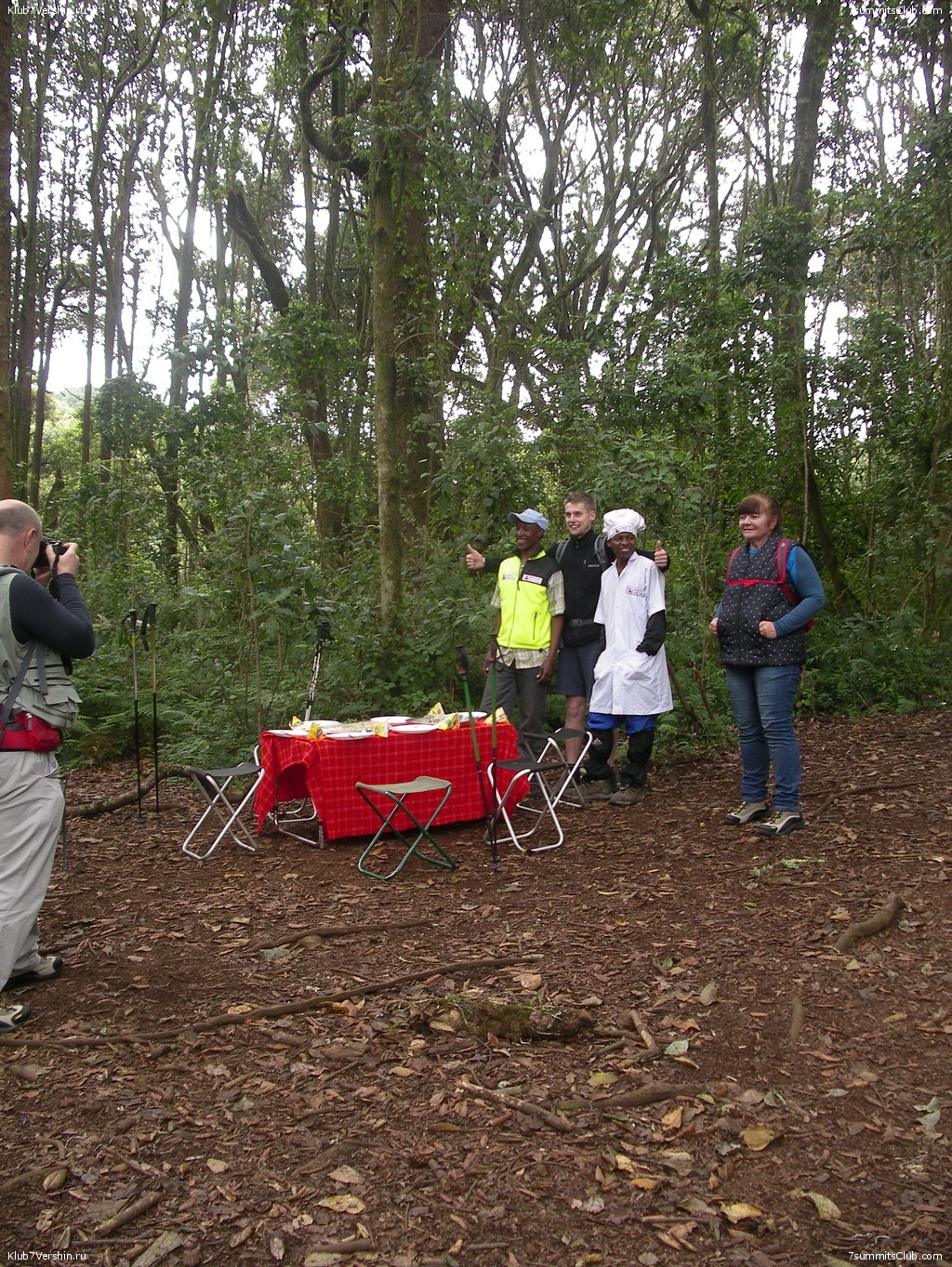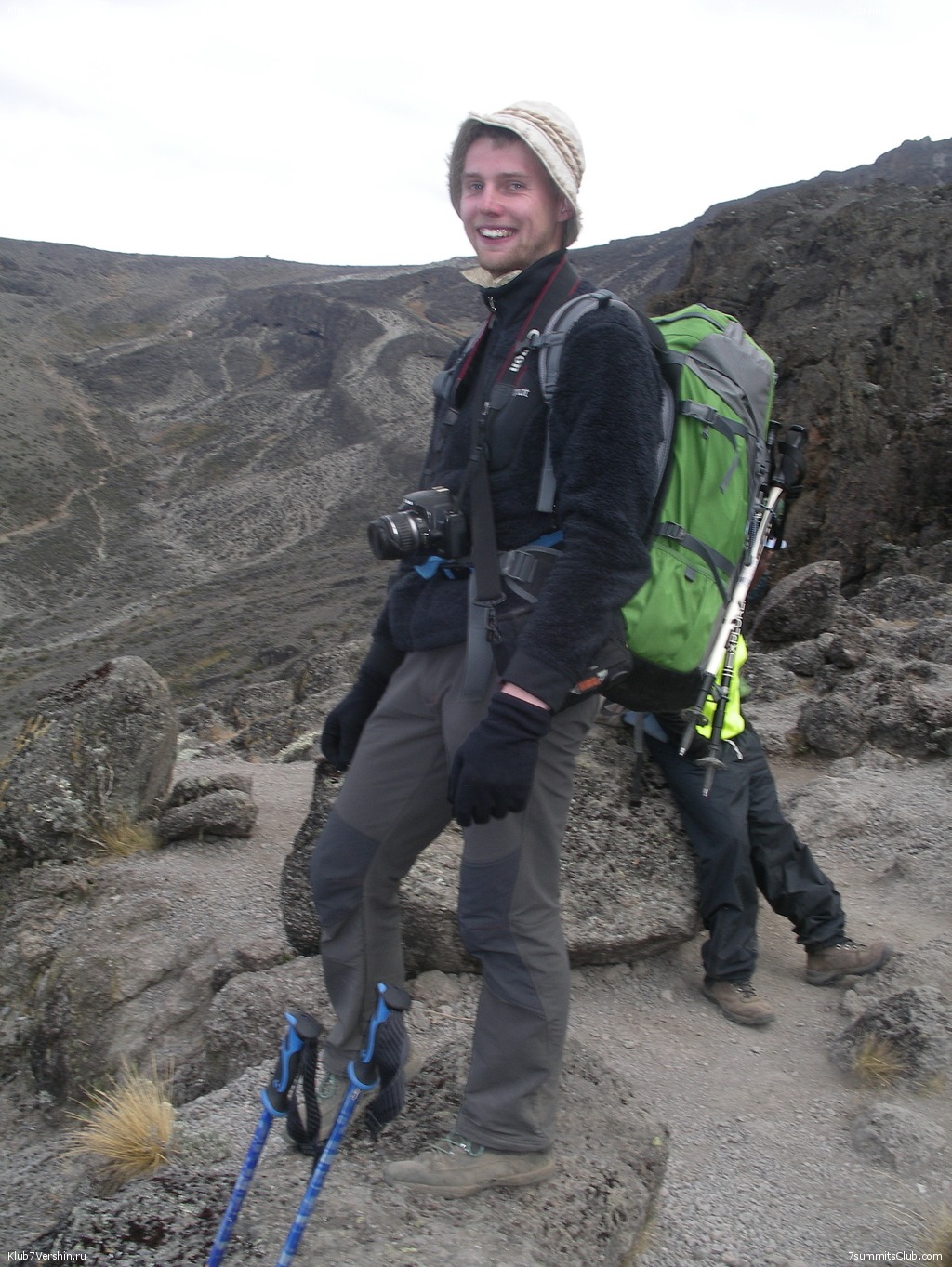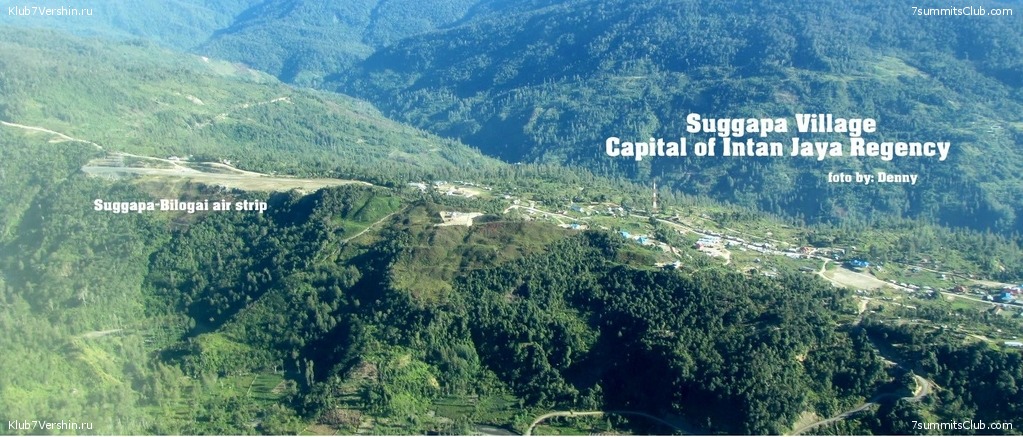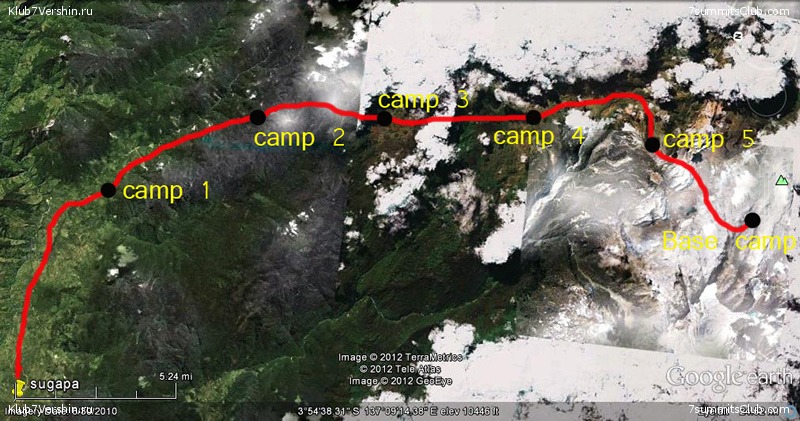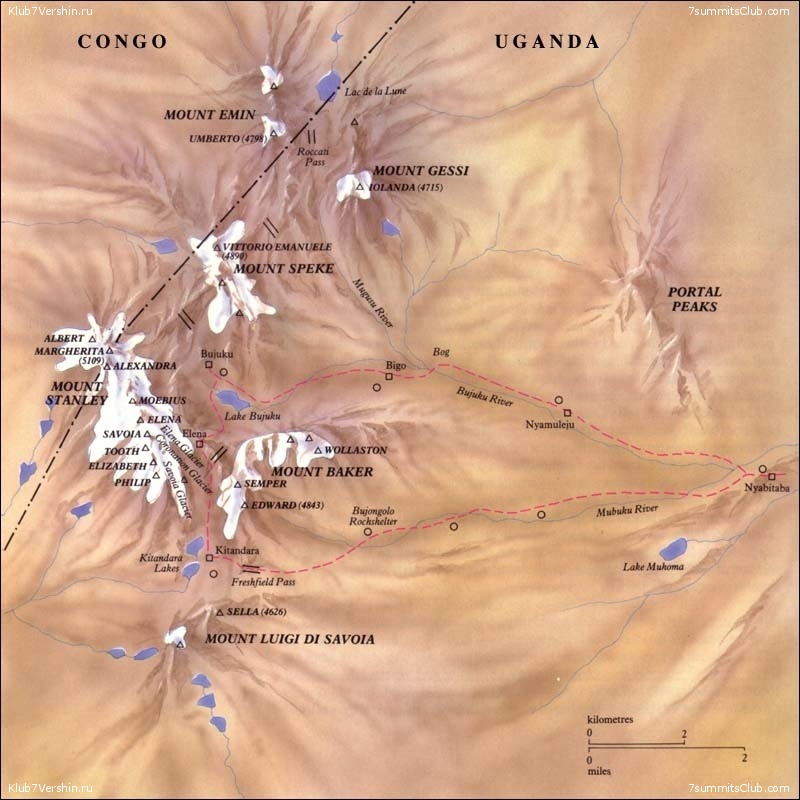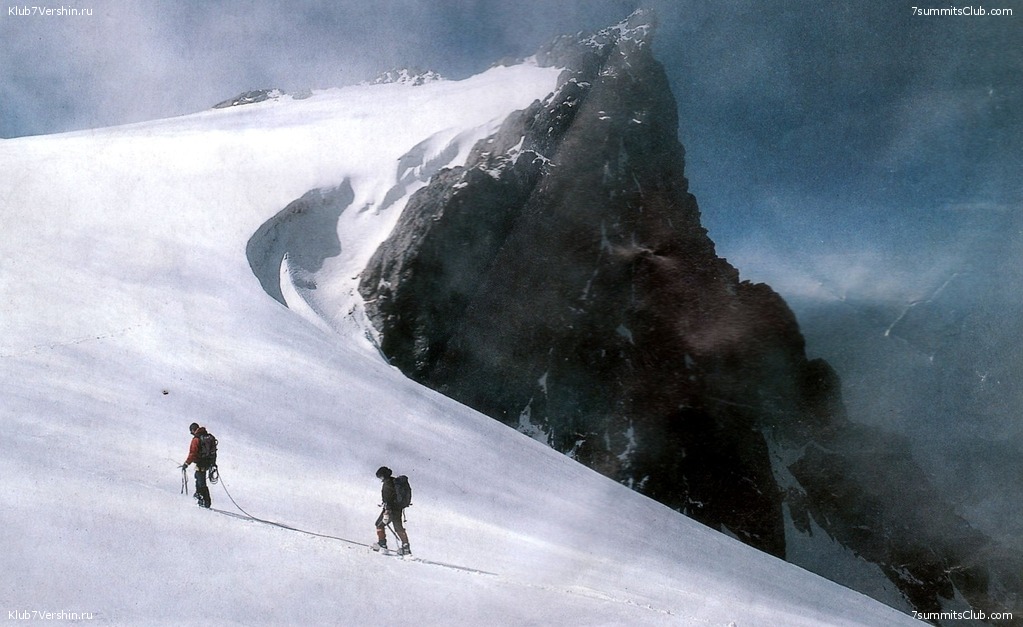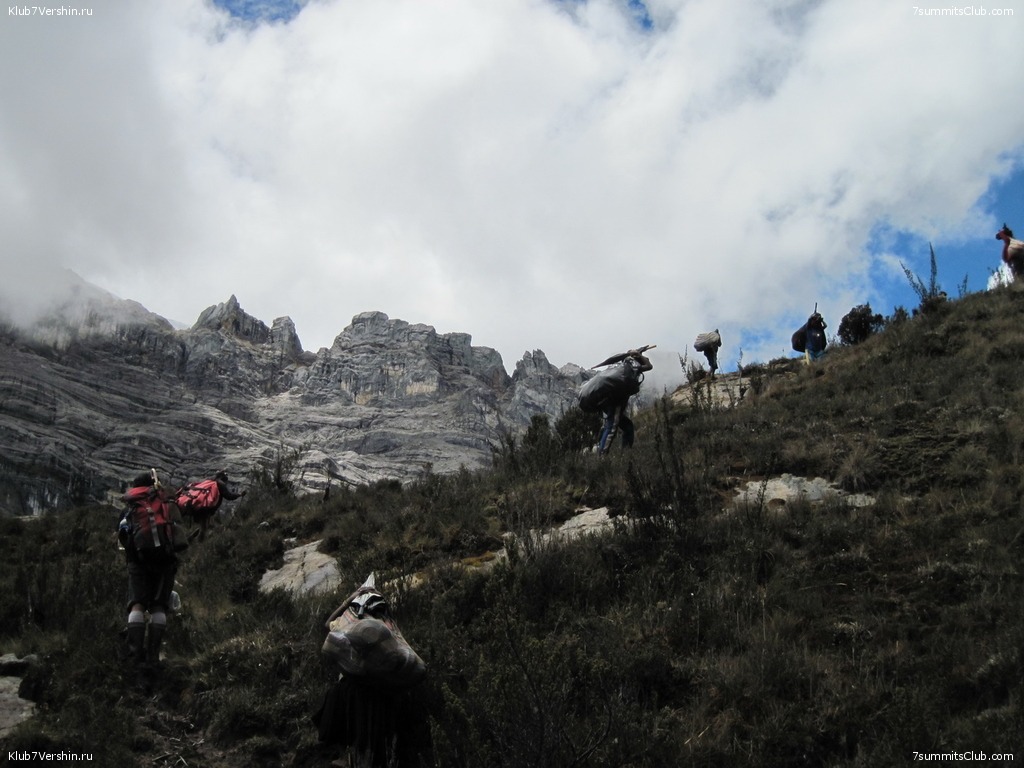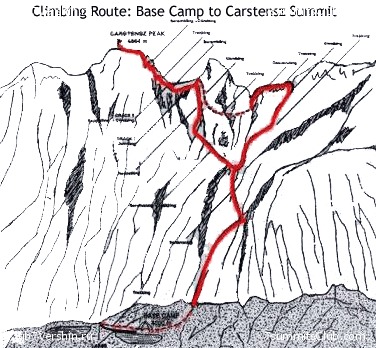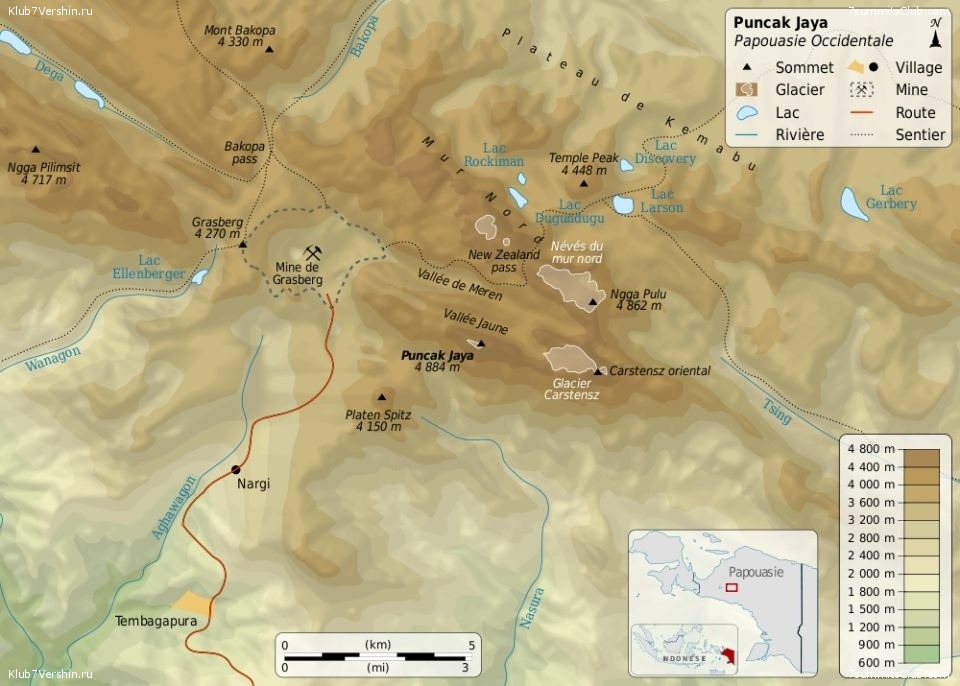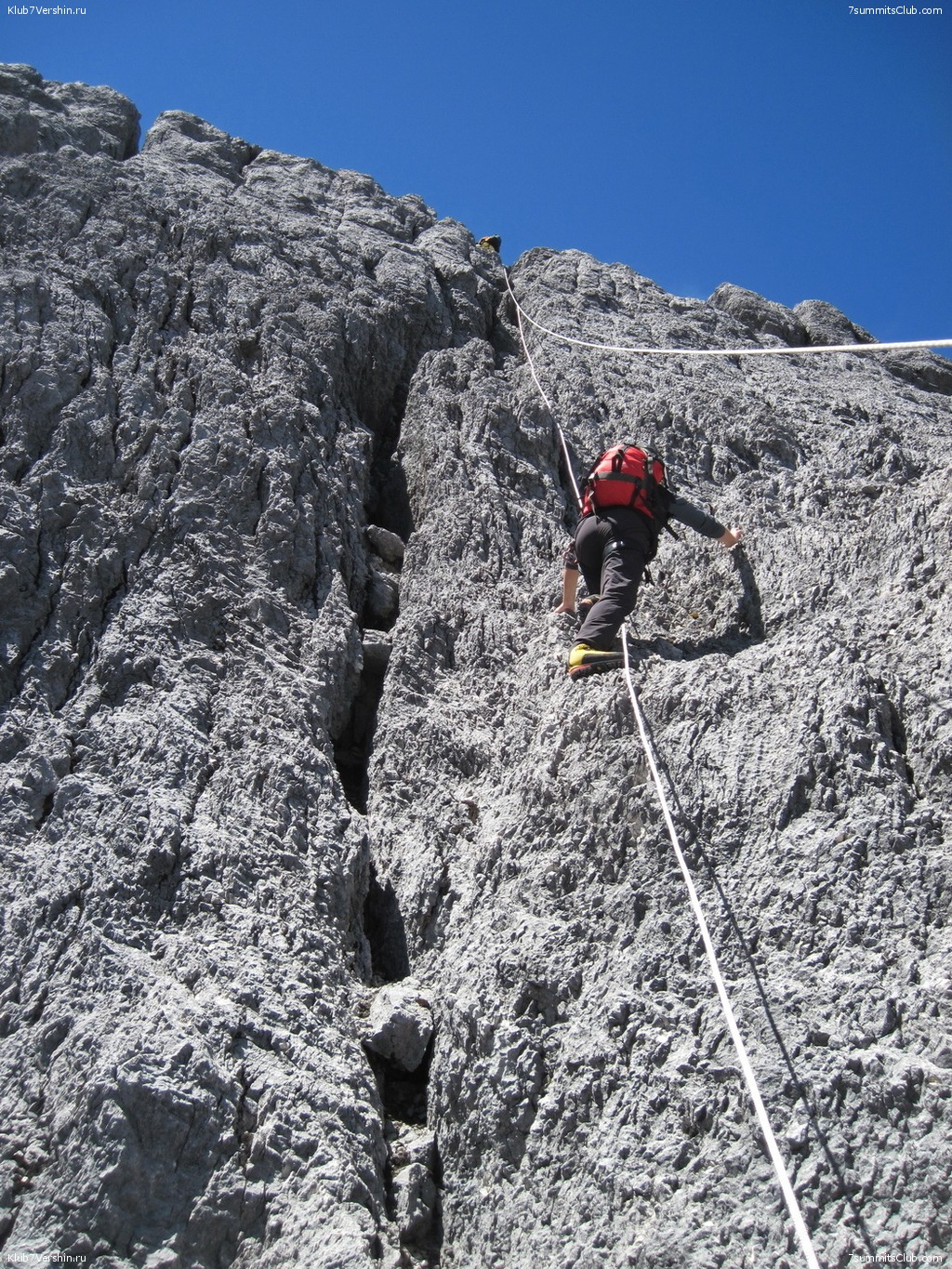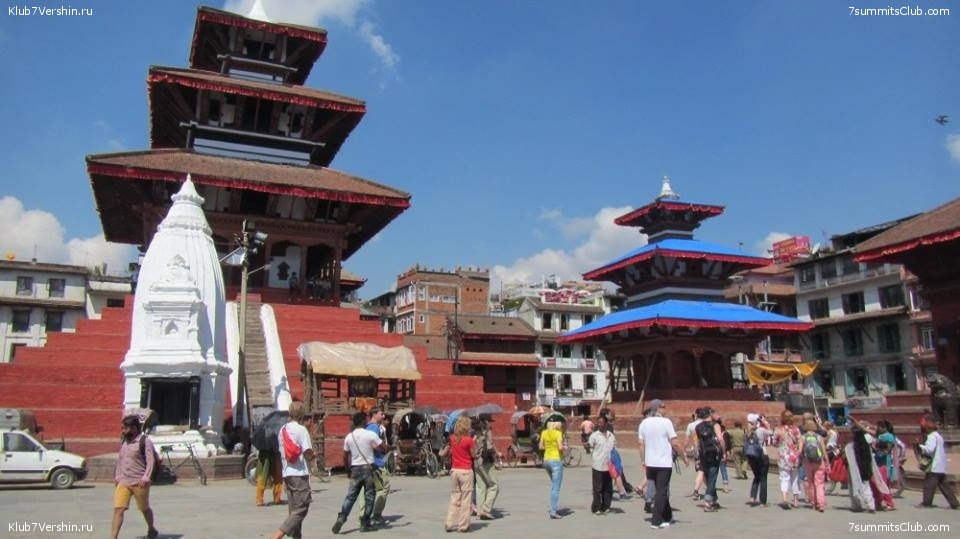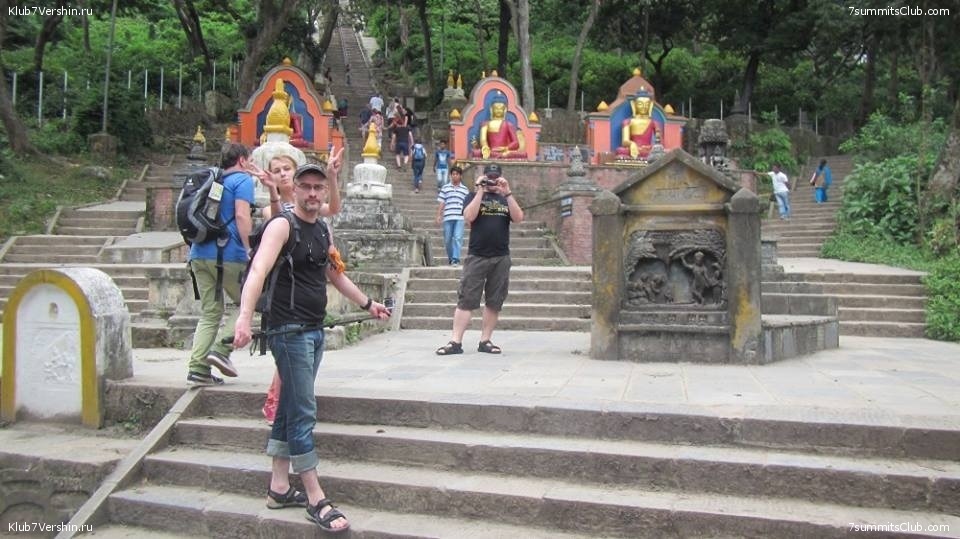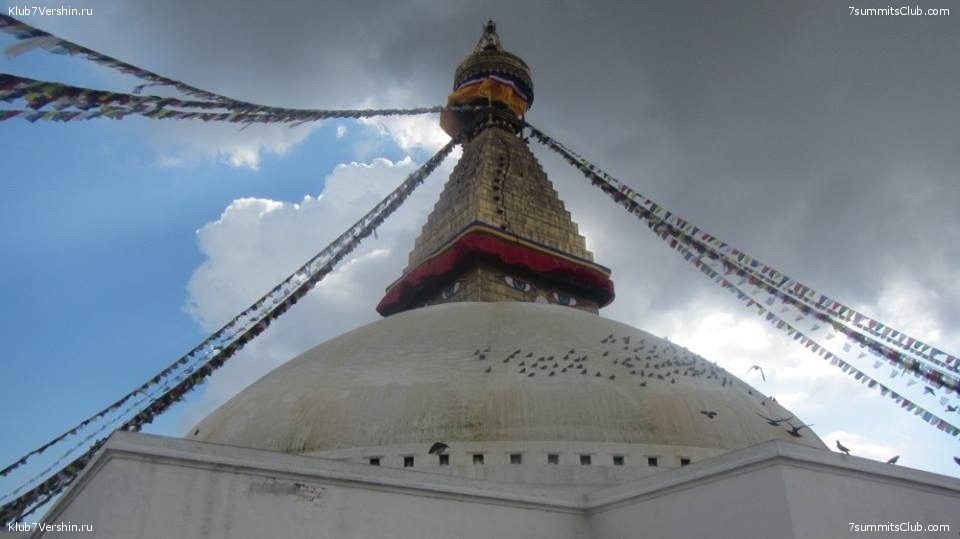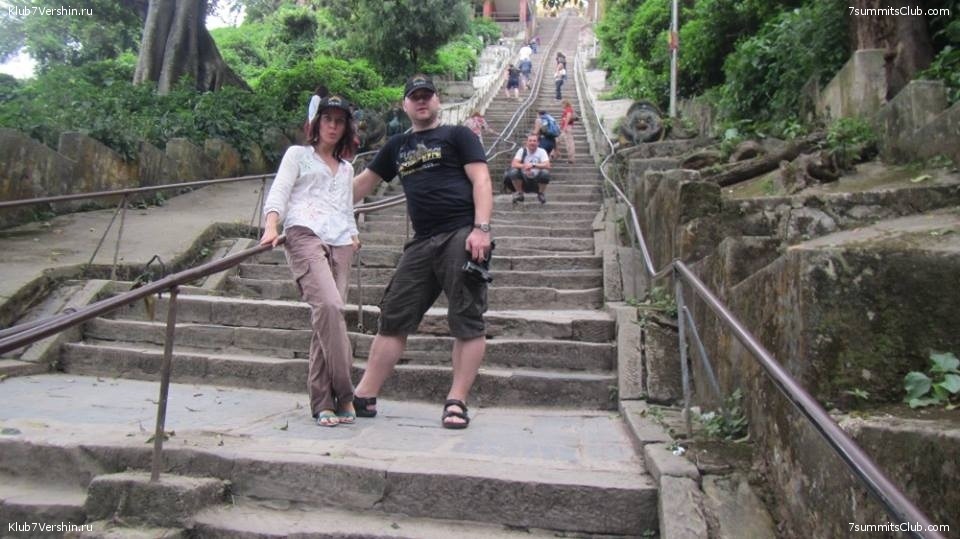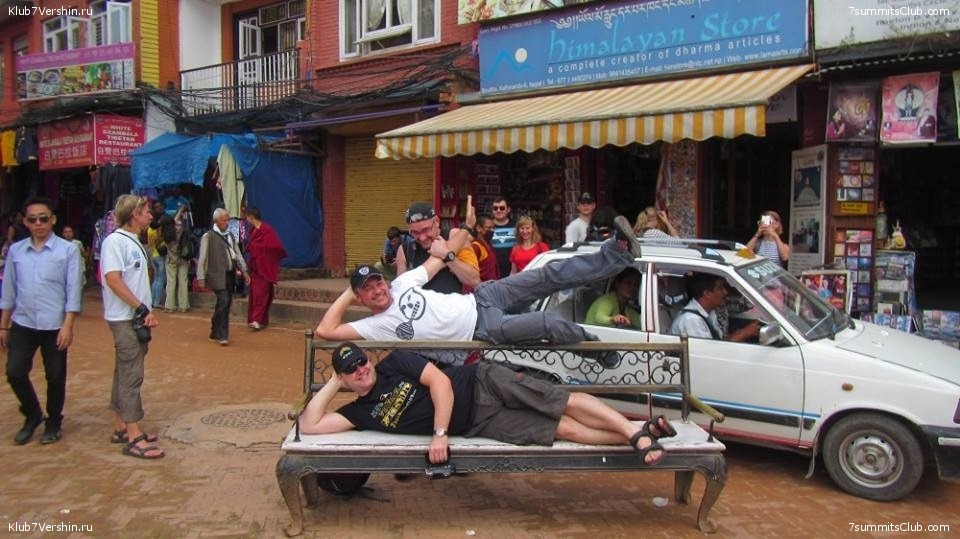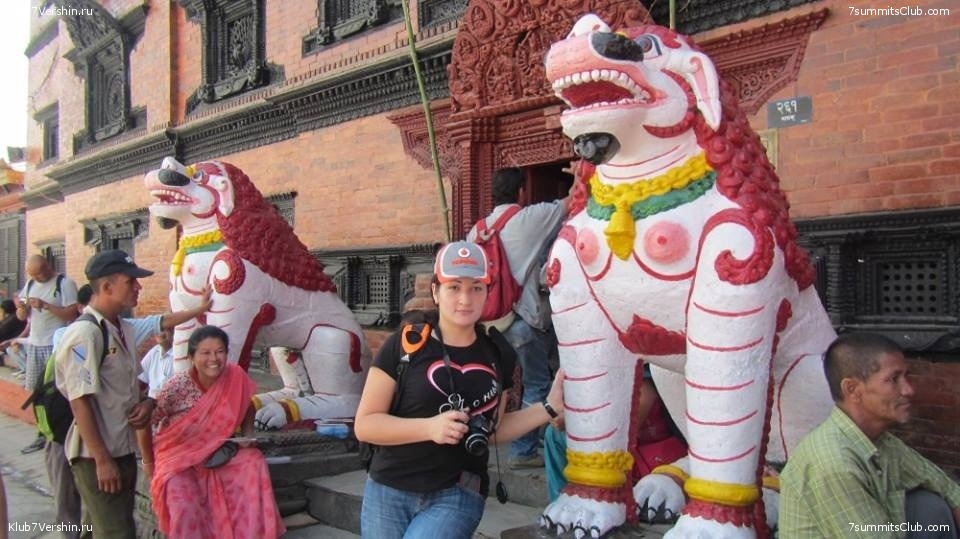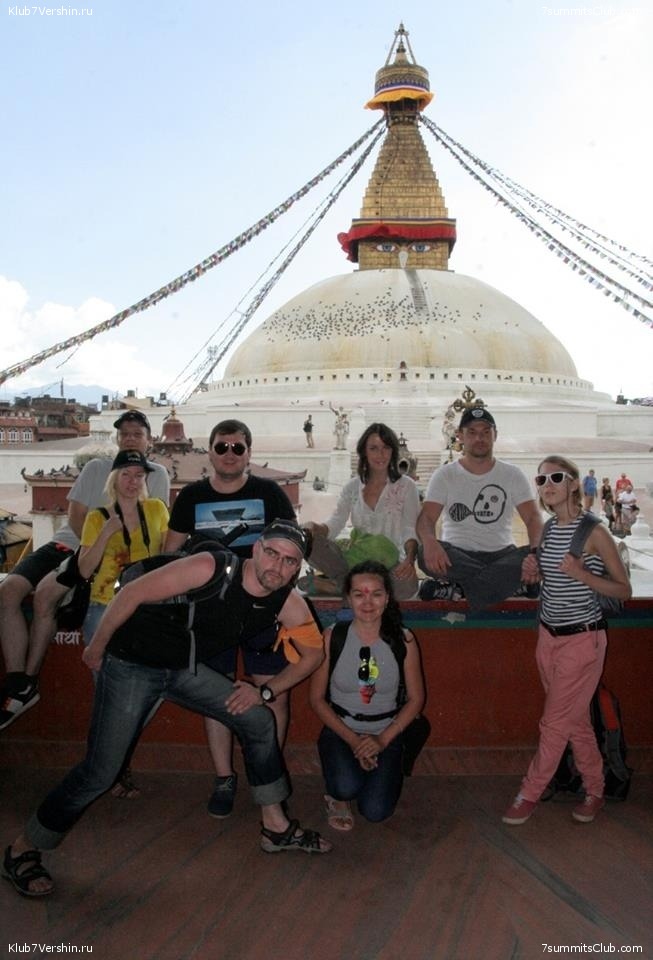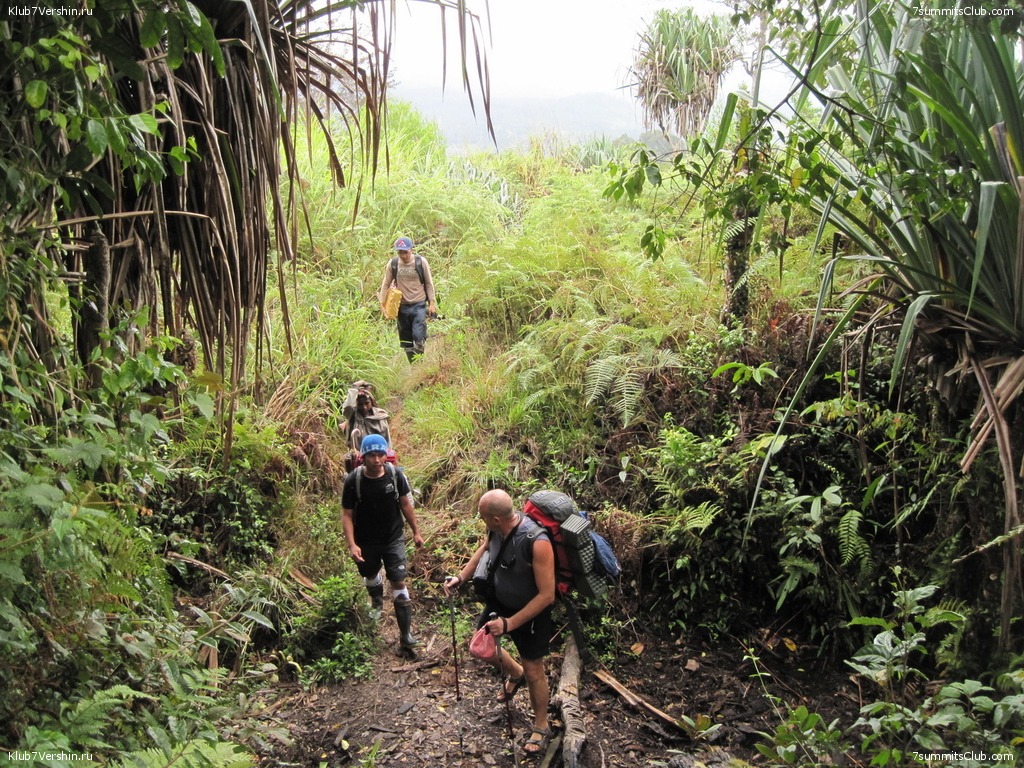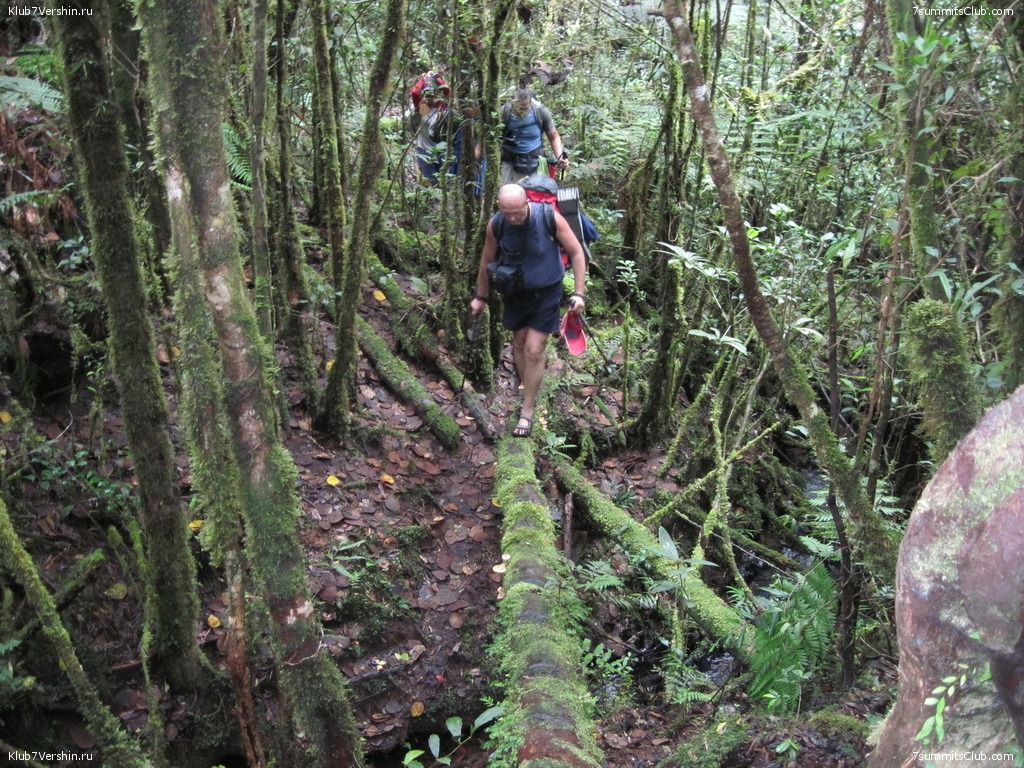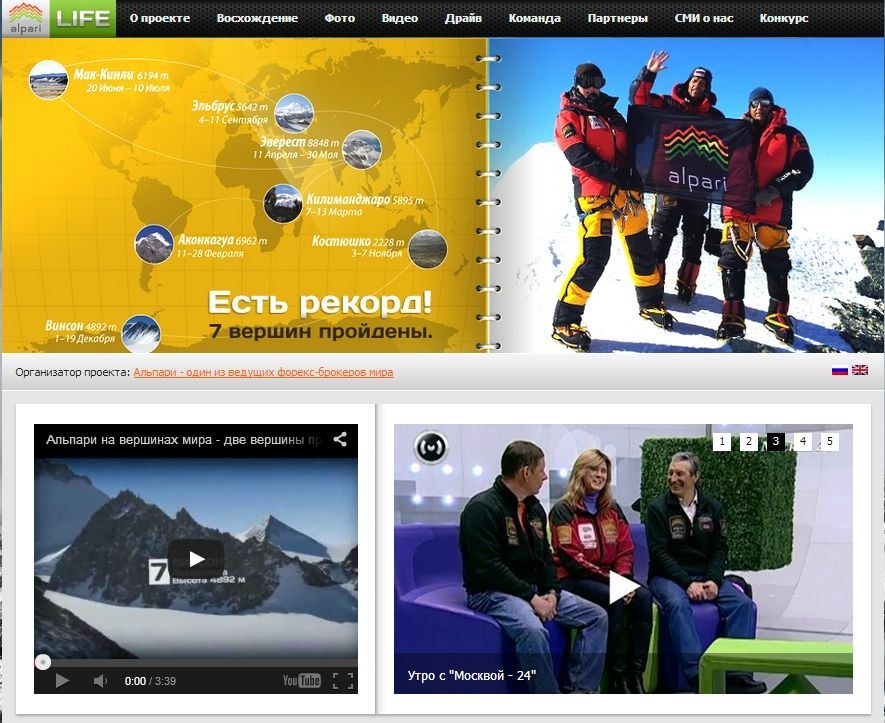All news - Page 275
We congratulate Andrey Filkov with Seven Summits and wish Happy Birthday!
Andrey Filkov sent us a message fromAustralia. On the day of his birth, he has successfully climbed to the top of Mount Kosciuszko, the highest in mainland Australia. Thus Andreí fulfilled the norm of the Seven Summits according to ...
Andrey Filkov sent us a message fromAustralia. On the day of his birth, he has successfully climbed to the top of Mount Kosciuszko, the highest in mainland Australia. Thus Andreí fulfilled the norm of the Seven Summits according to Kosciusko (Bass version). Active members of the 7 Summits Club Vladimir Doronin and Alexander Morozov were his partners in the ascent. Earlier, they both climbed the volcano Giluve.
http://7summits-club.com/members_of_club/all/member_1518/
The first training session of 7 Summits Club in new season
Yesterday, October 23 the first training session of the season was hold. And it was far not the first since the start of the project our training for rock climbing. At this time, young climber Boris Yegorov was the chief instructor, he is ...
Yesterday, October 23 the first training session of the season was hold. And it was far not the first since the start of the project our training for rock climbing.
At this time, young climber Boris Yegorov was the chief instructor, he is new employee – as a trainer of rock climbing.
The leaders of 7 Summits Club Alexander Abramov and Ludmila Korobeshko look after process and climbed. Training session took place at our favorite climbing gym Big Wall.
Participants were few, but it has allowed for some participants to work with climbing belay on the hanging .
By the way, now we are training and invite everyone to join us, to prepare for the next departure in an interesting climbing area. In the near future – climbing tour on the natural rocks to Tenerife orThailand(while both proposals are relevant ). The estimated date - the end of February - beginning of March.
The next training will be held next Wednesday, October 30. In the future, we plan to train two times a week - on Wednesdays and Saturdays.
The 7 Summits Club invites to the party evening on October 24
Elbrus.
We invite all our friends, clubmen, participants of our travelers, everything who wants to get acquainted with our activity. You will be able to see the brightest stars of sports, to have a bite and drink beer in their company. We INVITE! ...
We invite all our friends, clubmen, participants of our travelers, everything who wants to get acquainted with our activity. You will be able to see the brightest stars of sports, to have a bite and drink beer in their company. We INVITE! On October 24 at 20-00. Shop Outdoor activities,Bolshaya Pereyaslavskaya St. 7.
Main subjects:
EVEREST: jump from Northern Summit of Everest. World record on height exit.
The speaker – Valery Rozov.
Denis Provalov's world record. The deepest cave and the highest mountain.
Vitaly Simonovich's world record. For two years from the beginner to the finish at once two programs: 7 Summits and 7 Volcanoes.
Traditional leading speaker: Alex Abramov
How to find us
Three more climb on the mountain of Giluve, in Papua New Guinea
Giluwe.
The message from clubmen of 7 Summits Club. Our three members Andrey Filkov, Alex Morozov, Vladimir Doronin just went down from the summit of Giluve. Everything is good, weather was fine. Such here happens seldom – practically never ...
The message from clubmen of 7 Summits Club. Our three members Andrey Filkov, Alex Morozov, Vladimir Doronin just went down from the summit of Giluve. Everything is good, weather was fine. Such here happens seldom – practically never happens. Now they go down, details later.
Mount Giluve is the highest volcano of the continent ùà Australia.
Valery Rozov – the main guest of our traditional evening of meetings
Everest.
Valery Rozov will act on the party of the 7 Summits Club, which will take place on October 24. He will tell about a record jump from slopes of Everest. Interview on Red Bull site I Knew I Would Live, Says Valery Rozov ...
Valery Rozov will act on the party of the 7 Summits Club, which will take place on October 24. He will tell about a record jump from slopes of Everest.
Interview on Red Bull site
I Knew I Would Live, Says Valery Rozov
By Josh Sampiero on 5 June 2013 in Features
Back from his epic jump off Everest, we catch up with the legendary Russian for the inside story.
Valery Rozov may have not jumped from the edge of space like Felix Baumgartner – but his BASE jump from Mt Everest was every bit as epic. Baumgartner also didn't have to worry about crashing into rocks straight after jumping...
When I landed, I was so tired. I felt sick. I didn't even really realize what had happened or what I did until we got back to base camp and began to relax. Then it started to sink in.
The hardest part is having to decide. Jump or don't jump. Is the air jumpable? Is it safe? The decision is definitely the hardest part.
I trained really hard. You have to get there and still be in shape to jump. It's a lot of physical work. I did a lot of technical work, too — because of the short drop and thin air — it's a very technical jump. It's so short, you really need to catch speed quickly.
We made a new suit. I wanted to have the flattest jump possible in such thin air. It's so short, and your body needs to catch the air and the speed. So we took the high-end model suit that I usually wear, and made modifications that would help with that. It took three or four seconds to get to the speed I needed to fly. That's when I knew I would live.
I look for spots like this. That's more of the challenge than the biggest mountain — finding the next new spot. Since my childhood I was a climber. Climbing is still my passion. I'm always interested to do something new.
The main summit of Everest is quite flat and therefore not possible to jump from. You'd need to build a ramp or something. We made the jump from the North Peak of Everest. I'm sure I set a new level for BASE jumpers.
I definitely used oxygen. It wasn't a climbing expedition. We used oxygen for a short time before the jump. I wanted to make a good decision about the safety – and more importantly, we needed to hurry to take advantage of weather, and acclimatization wasn't finished.
Climbers don't like wind. Wind is also not good for me. I don't like wind at all!
It's always very good to see your family and kids. That's the best part about coming home. And as for what's next? Summer in the Alps. And I've got a few ideas for next year, too.
Expedition on Baruntse: evacuation by helicopter
Heavy, catastrophic snowfalls ruined plans of many expeditions in theHimalayas. According to some information, 14 people were lost in avalanches. Our expedition on Baruntse appeared in difficult conditions when in one day dropped out snow ...
Heavy, catastrophic snowfalls ruined plans of many expeditions in theHimalayas. According to some information, 14 people were lost in avalanches. Our expedition on Baruntse appeared in difficult conditions when in one day dropped out snow more than a meter. The decision to evacuate group by helicopter was made.
On September 28th. our Mt. Baruntse Expedition group flew to Lukla. Then they reached the base camp and begin to work on the route. Before snowfalls they were ready for a final, summit assault
In this Baruntse Group there were total 7 members in the team. As well as 3 Climbing Sherpa and 2 Cook. The team Member are as follows: -
1. Komarov Igor (Team Leader)
2. Pritulenko Oleg
3. Ablyazova Renata
4. Litvinenko Alexander
5. Yakushev Oleg
6. Rakhmatullin Rustyam
7. Iakusheva Elizaveta
Climbing Sherpa: -
1. Pemba Rinjin Sherpa
2. Pemba Nurbu Sherpa
3. Nurbu Chhiring Sherpa
Expedition Cook: -
1. Dendi Bhote
2. Wongdi Sherpa.
New pictures from Kilimanjaro
Kilimanjaro.
Alexey Maleev, who was a member of our expedition in September, sent us pictures of Kilimanjaro. Great job! ...
Alexey Maleev, who was a member of our expedition in September, sent us pictures of Kilimanjaro. Great job!
Plus Kosciuszko!!!! Congratulations to Vitaly Simonovic with a new achievement!
While a majority of members of the Global heroic expedition of the 7 Summits Club was quick to return home , a tireless Vitaly Simonovic continued to perform feats . After climbing to the top of Carstensz Pyramid, he stayed on the "green" ...
While a majority of members of the Global heroic expedition of the 7 Summits Club was quick to return home , a tireless Vitaly Simonovic continued to perform feats . After climbing to the top of Carstensz Pyramid, he stayed on the "green" continent and climbed the highest peak in mainland Australia, Mount Kosciuszko.
Thus, Vitaly has successfully completed the 7 Summits in two versions : with Carstens Pyramid and Kosciuszko. Interestingly, that he began his march over tops of the world relatively recently - in 2011, with Kilimanjaro. And such a quick result - 7 Summits, for a little more than 2 years .
By the way, Vitali is also close to the completion of Project 7 Volcanoes, it remained only to climb to the two volcanoes: Orizaba and Ojos. Both ascents are scheduled for the next three six months.
So, there is a chance that Vitaly Simonovich will be the fastest man in the world who have completed two programs at once : 7 Summits 7 and Volcanoes. And he can also add the Poles !
And once again we congratulate our members of the Global Expedition Elena Gorelik and Mikhail Turowski , who also successfully completed the 7 Summits program on Version 7 + 1.
The best pictures from our Carstensz expedition
Carstensz Pyramid.
25th and 26th of September, by two part, our team of ten Russians summited Carstensz Pyramid. It was made in the hard weather conditions: every day’s rain, upstairs - snow, fog. The team: Mikhail Turovsky, Vadim Nadvodnyuk, Sergey ...
25th and 26th of September, by two part, our team of ten Russians summited Carstensz Pyramid. It was made in the hard weather conditions: every day’s rain, upstairs - snow, fog. The team: Mikhail Turovsky, Vadim Nadvodnyuk, Sergey Dmitriev, Olga Rumyantseva, Igor Demjanenko, Liana Chabdarova, Jamila Murtazina, Vitaly Simonovich, Elena Gorelik and Alexander Abramov. And also, two Indonesian guide. Bisides, Lena Gorelik, Vitaly Simonovich and Mikhail Turovsky completed the program 7 Summits with variant Carstensz Pyramid.
Slava Adrov: pictures from Uganda
Out very activ member, the first Russian who climbed Seven Volcanoes, Slava Adrov has visited the Africain countre of Uganda wtih its smaller kingdoms. He climbed the highedt point of Ruwenzori mountain - Peak Margeritta, then met gorillas ...
Out very activ member, the first Russian who climbed Seven Volcanoes, Slava Adrov has visited the Africain countre of Uganda wtih its smaller kingdoms. He climbed the highedt point of Ruwenzori mountain - Peak Margeritta, then met gorillas in one of the natural reserve. During his trip Slava made a lot of observation of local ethnic culture.
Alpari Group completed the trek in Nepal
You are welcomed Kathmandu office, Elena Trishankova. We have just said farewell to the group of Alpari. They spend in Nepal nine unforgettable days. National Park Chitvang, trekking ... and Kathmandu, and Pokhara. ...
You are welcomed Kathmandu office, Elena Trishankova. We have just said farewell to the group of Alpari. They spend in Nepal nine unforgettable days. National Park Chitvang, trekking ... and Kathmandu, and Pokhara. It was a funny, noisy and happy company of friends. We were also in the same state. That is, we are slightly swirled. They return home flying to Moscow. With guides 7 Summits Club - Artem and Tina, they are also happy and satisfied. We hope to see everyone back here in Kathmandu. Hello everyone! Good luck!
Another ascent of Kilimanjaro. Photos
Kilimanjaro.
The group of climbers of 7 Summits Club, consisting of 6 members: Oleg Dublennikov (St. Petersburg), Kondratieva Galina (St. Petersburg), Kondratieva Sophia (St. Petersburg), Sergei Tarasov (St. Petersburg), Kadochnikov Andrey ...
The group of climbers of 7 Summits Club, consisting of 6 members: Oleg Dublennikov (St. Petersburg), Kondratieva Galina (St. Petersburg), Kondratieva Sophia (St. Petersburg), Sergei Tarasov (St. Petersburg), Kadochnikov Andrey (Moscow) and Maleev Alex (Moscow) - successfully climbed the Uhuru Peak by the Machame route.
2 persons from the team have returned home, and the remaining members continued to stay in Zanzibar after a safari through the national parks of Tanzania.
The trek is completed, our group has successfully descended to Sugapa
Carstensz Pyramid.
Hello! Alexander Abramov informed of the expedition to Carstensz Pyramid. Today, the day was again hard: rain, mud, slippery. But we went through the final part of jungle. In general, our expedition is over. The entire team gathered in ...
Hello! Alexander Abramov informed of the expedition to Carstensz Pyramid. Today, the day was again hard: rain, mud, slippery. But we went through the final part of jungle. In general, our expedition is over. The entire team gathered in Sugapa and tomorrow we fly to Timika. That is, we will be at the international airport. We'll probably spend the night at the Sheraton. The next day -Bali. Celebration ... and so on and so forth. In general, all must be soon in Moscow. Here, we just brought the whiskey! Hurry, that is finish. Bye!
Hello from the top of the Ruwenzori mountain range from Slava Adrov
Hello Club! I'm calling you from the highest point of Congo and Uganda, the third highest mountain in Africa, Margherita peak 5110 meters, approximately. Fabulous, I must say to you, is the mountain. Most interesting is that all the ...
Hello Club! I'm calling you from the highest point of Congo and Uganda, the third highest mountain in Africa, Margherita peak 5110 meters, approximately. Fabulous, I must say to you, is the mountain. Most interesting is that all the fun begins from the height of Mont Blanc. And before that, it was still climbing, like as of Tete Rousse to Gouter, though shorter, just an hour. Well, in general, fabulous mountain! Fortunately, we made it. True it was in the clouds and fog. Fortunately everything turned out .. We all went down to the cabin already. This is Helena Hut, 4500. Now we catch our breath, get together and before real rain started, will run to the lower shelter. There will be overnight. Bye!
Audio in Russian:
The second team summited the top of Carstensz Pyramid
Hello! Today, roughly, at 10 am, the second team of six people summited Carstensz Pyramid. Downstairs there was rain, upstairs - snow, fog. Igor Demjanenko, Liana Chabdarova, Jamila Murtazina, Vitaly Simonovich, Elena Gorelik and Alexander ...
Hello! Today, roughly, at 10 am, the second team of six people summited Carstensz Pyramid. Downstairs there was rain, upstairs - snow, fog. Igor Demjanenko, Liana Chabdarova, Jamila Murtazina, Vitaly Simonovich, Elena Gorelik and Alexander Abramov. And also, two Indonesian guide. Thus, our entire team, in two days, climbed Carstensz Pyramid. Bisides, Lena Gorelik and Vitaly Simonovich, and Mikhail Turovsky (yesterday) completed the program 7 Summits with Carstensz Pyramid. We congratulate them! And now we will congratulate it during our dinner. And, tomorrow morning we start the way back, which should take four or, in the worst case, five days. Again, let's go by high plateau, swamps, jungle. I hope that all will be well. Thank you! Goodbye!
The first part of Alex Abramov's team reached the top of Mount Carstensz
Carstensz Pyramid.
Alexander Abramov from the expedition to Carstensz Pyramid: the first part of group climbed the top of Carstensz Pyramid. The weather was not bad, some rain, snow and fog. We congratulate Mikhail Turovsky (from Piatigosk) who finished the ...
Alexander Abramov from the expedition to Carstensz Pyramid: the first part of group climbed the top of Carstensz Pyramid. The weather was not bad, some rain, snow and fog. We congratulate Mikhail Turovsky (from Piatigosk) who finished the program Seven Summits variant Carstensz. Tomorrow the second part will try to get the summit.
Mikhail Turovsky (in the center)
Emotions in Kathmandu. Pictures of a sunny day ...
After returning from a white water rafting on the Trishuli, the group of Alpari repeated a tour of the capital city of Nepal. The weather was great, Everyone is happy. ...
After returning from a white water rafting on the Trishuli, the group of Alpari repeated a tour of the capital city of Nepal. The weather was great, Everyone is happy.
Alex Abramov's team reached the camp five at the foot of Mount Carstensz
Carstensz Pyramid.
Alexander Abramov of the expedition to Carstensz Pyramid. Today might be called "happy day" or "day of the sun." In the morning the sun came out, and during the day it occasionally shone for us. But sometimes, however, was a little rain. ...
Alexander Abramov of the expedition to Carstensz Pyramid. Today might be called "happy day" or "day of the sun." In the morning the sun came out, and during the day it occasionally shone for us. But sometimes, however, was a little rain.
But compared to previous days, of course, this is great progress. We have dry tents, the first time from the beginning of trek.
Now we are on the high plateau. In the morning, we have seen an array of Carstensz Pyramid. This camp five, a day from the future base camp.
Hard way to Carstensz for a group of Alex Abramov
Carstensz Pyramid.
Hello! Alexander Abramov sends information from Irian Jaya, aprovinceofPapua. We're going to Carstensz Pyramid. Today the whole day we walked through the swamps, climbed the steep slippery slopes, clinging to the different roots. One ...
Hello! Alexander Abramov sends information from Irian Jaya, aprovinceofPapua. We're going to Carstensz Pyramid. Today the whole day we walked through the swamps, climbed the steep slippery slopes, clinging to the different roots. One of porters even lost one boot in the mud. In general, it's not easy, everything is pretty hard ... Above that, Nikolai Stepanenko was sick of some unknown illness, and now we have sent him back. He went down with the accompanying and will try to fly home. Now we set up the tents right in the swamp, getting ready for bed, as well as to receive an evening meal. But, in general, we have all the good spirits. To Carstensz we should spend five more days of this path. And about five days on the way back. But we like this adventure. It is still not so bad. Goodbye!
Alpari team will go trekking in the Annapurna region with our company
The team of travelers from the company of Alpari goes in Nepal with the 7 Summits Club. Today our guide Tina Taova flies to Kathmandu to prepare everything for the arrival of the group. The second guide Artem Rostovtcev will off tomorrow ...
The team of travelers from the company of Alpari goes in Nepal with the 7 Summits Club. Today our guide Tina Taova flies to Kathmandu to prepare everything for the arrival of the group. The second guide Artem Rostovtcev will off tomorrow with a large group (employees of Alpari). The most famous in the world of Russian forex company, Alpari - it is our permanent partner since 2008. And in 2012 we co-hosted a unique record project "Seven Summits in 300 days."
In the program this year - trekking through beautiful places inNepalin the region of Annapurna, rafting on the Trishuli and visit Chitvang Natinal Park with traditional elephant trekking and "hunt" for white rhinos ....
